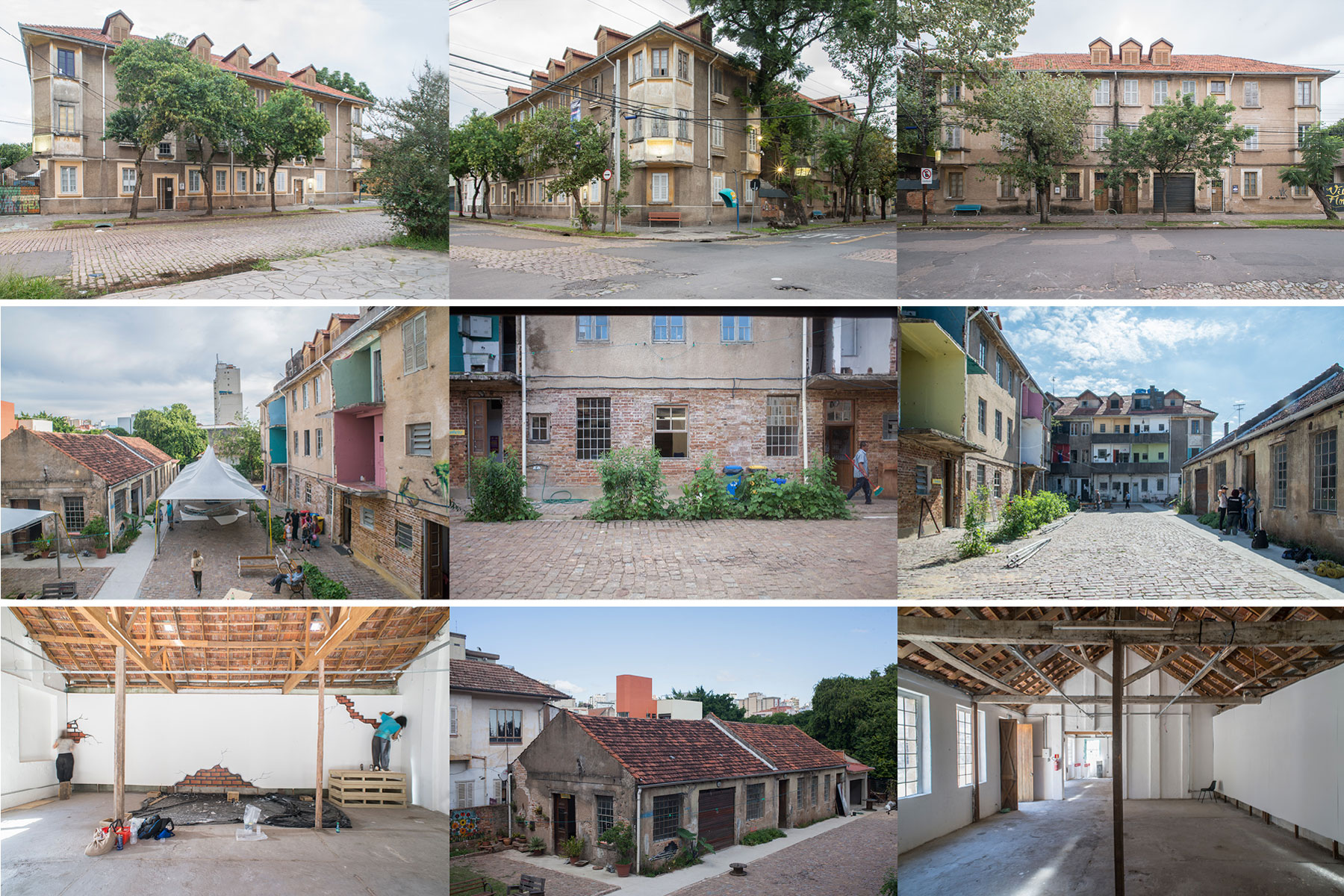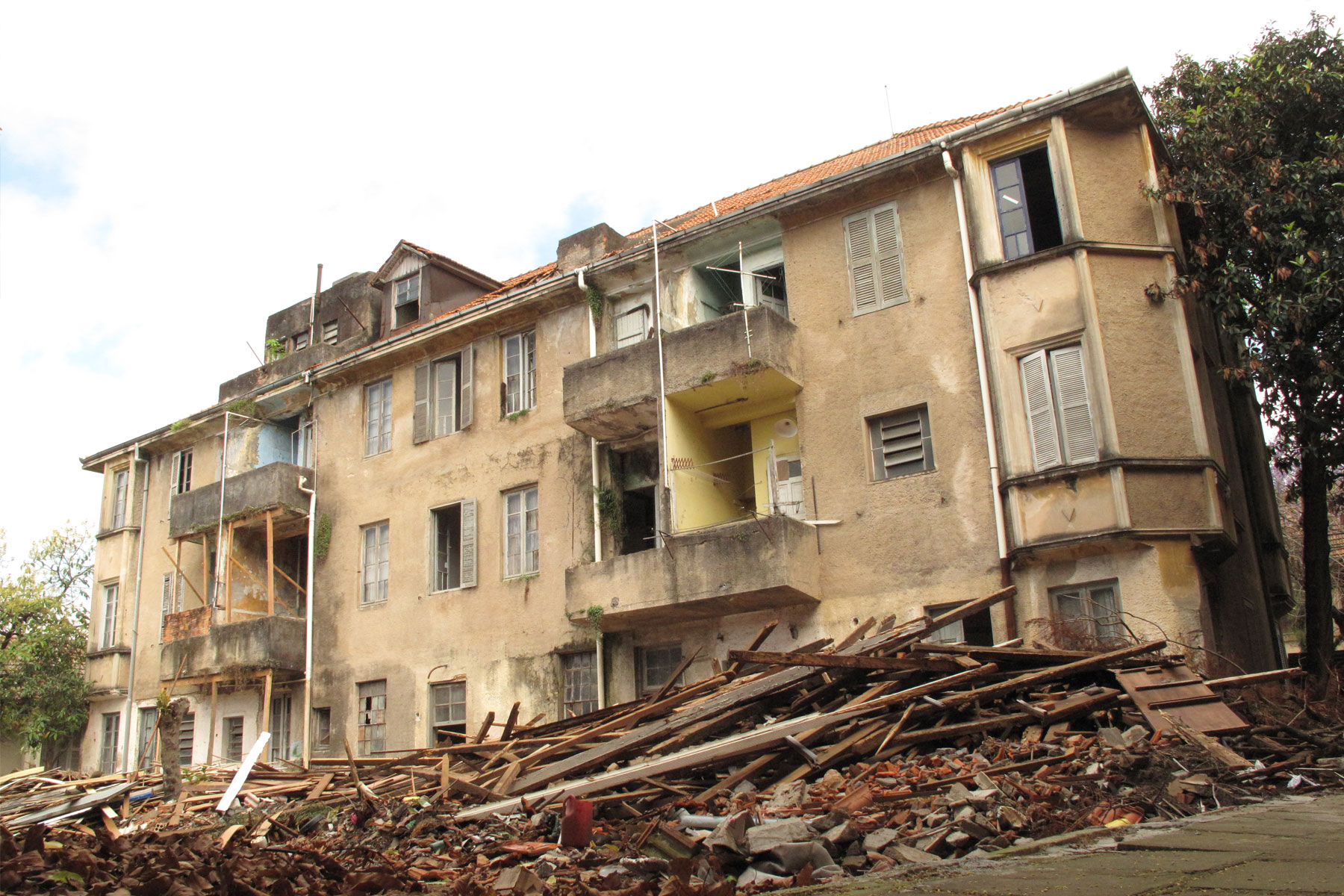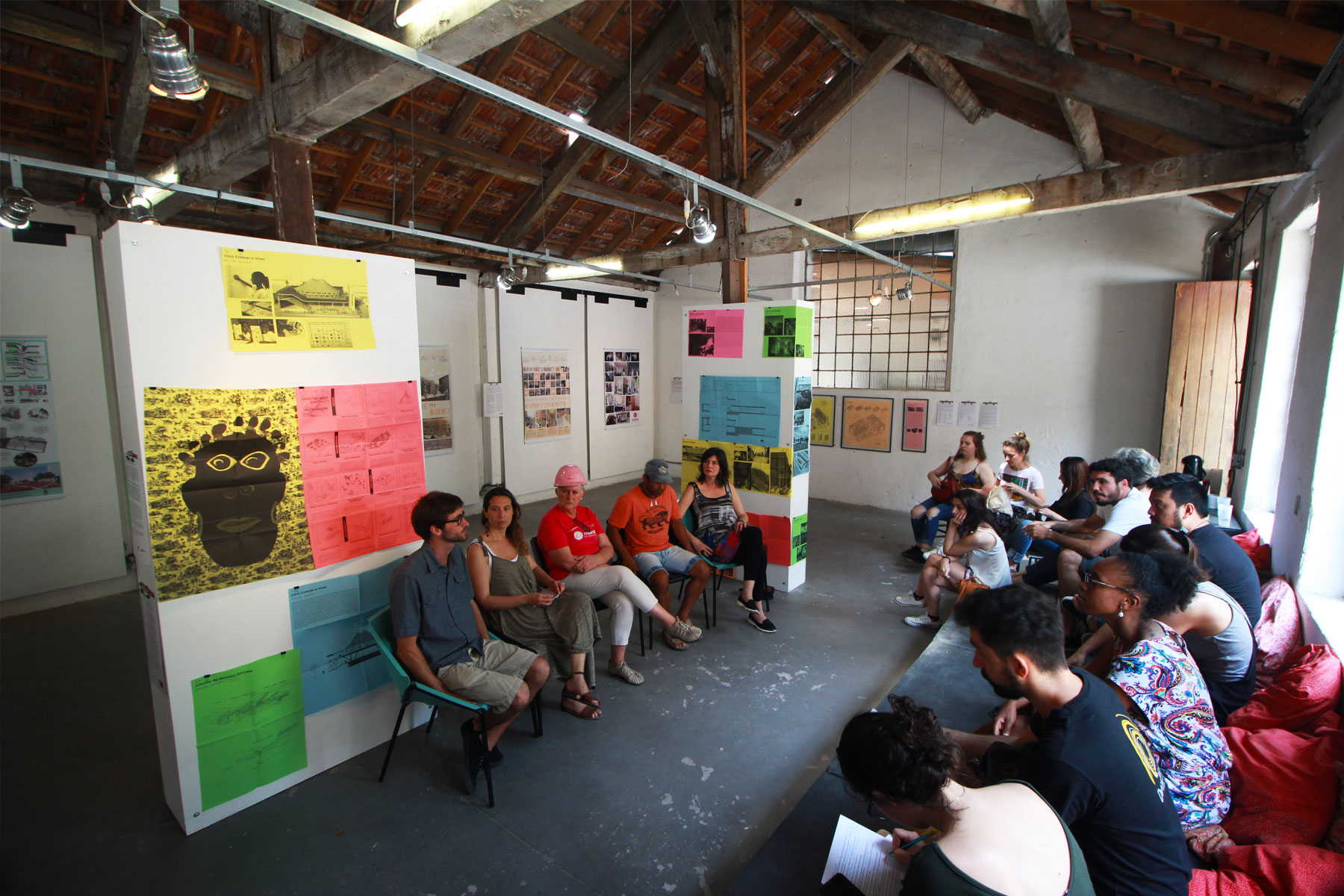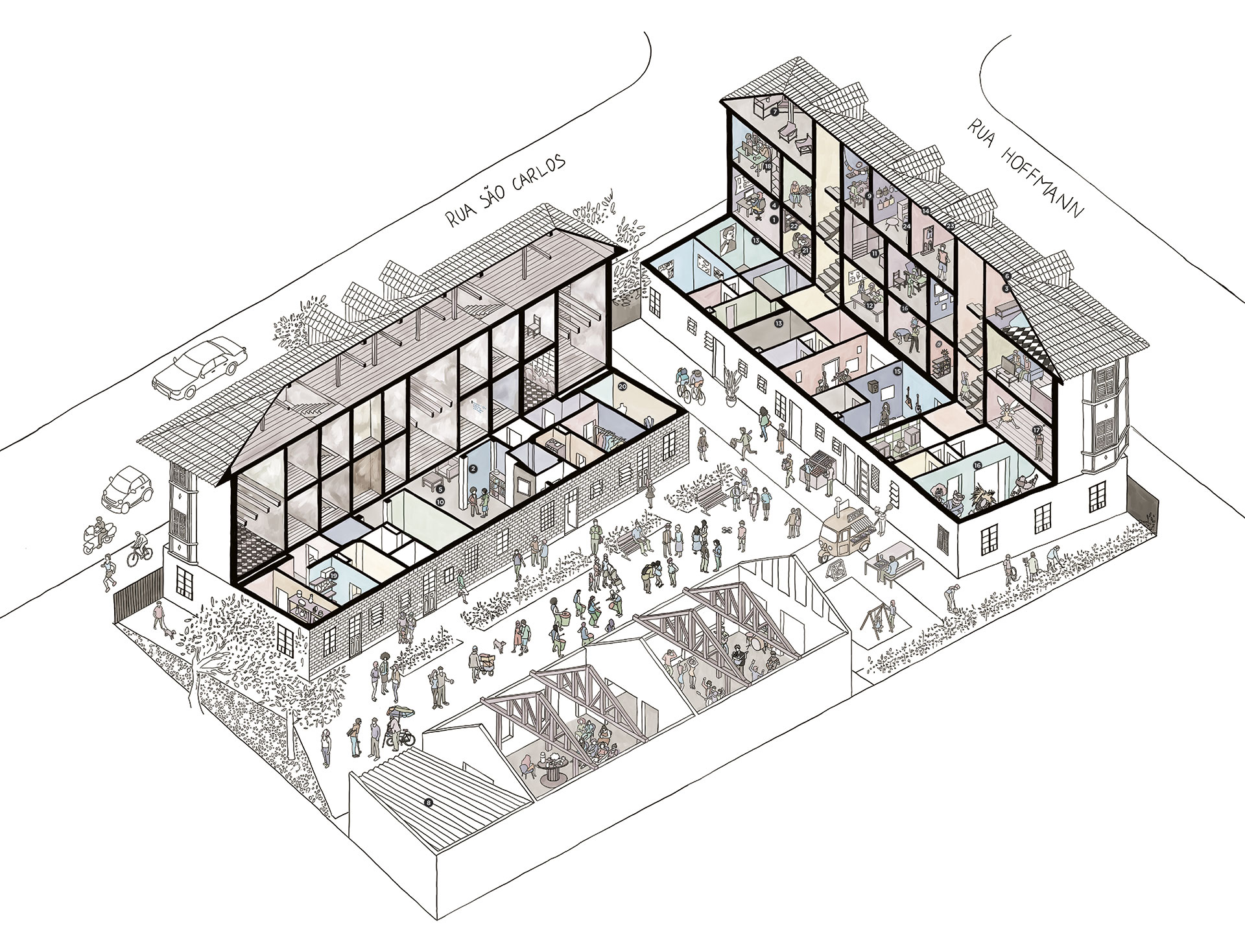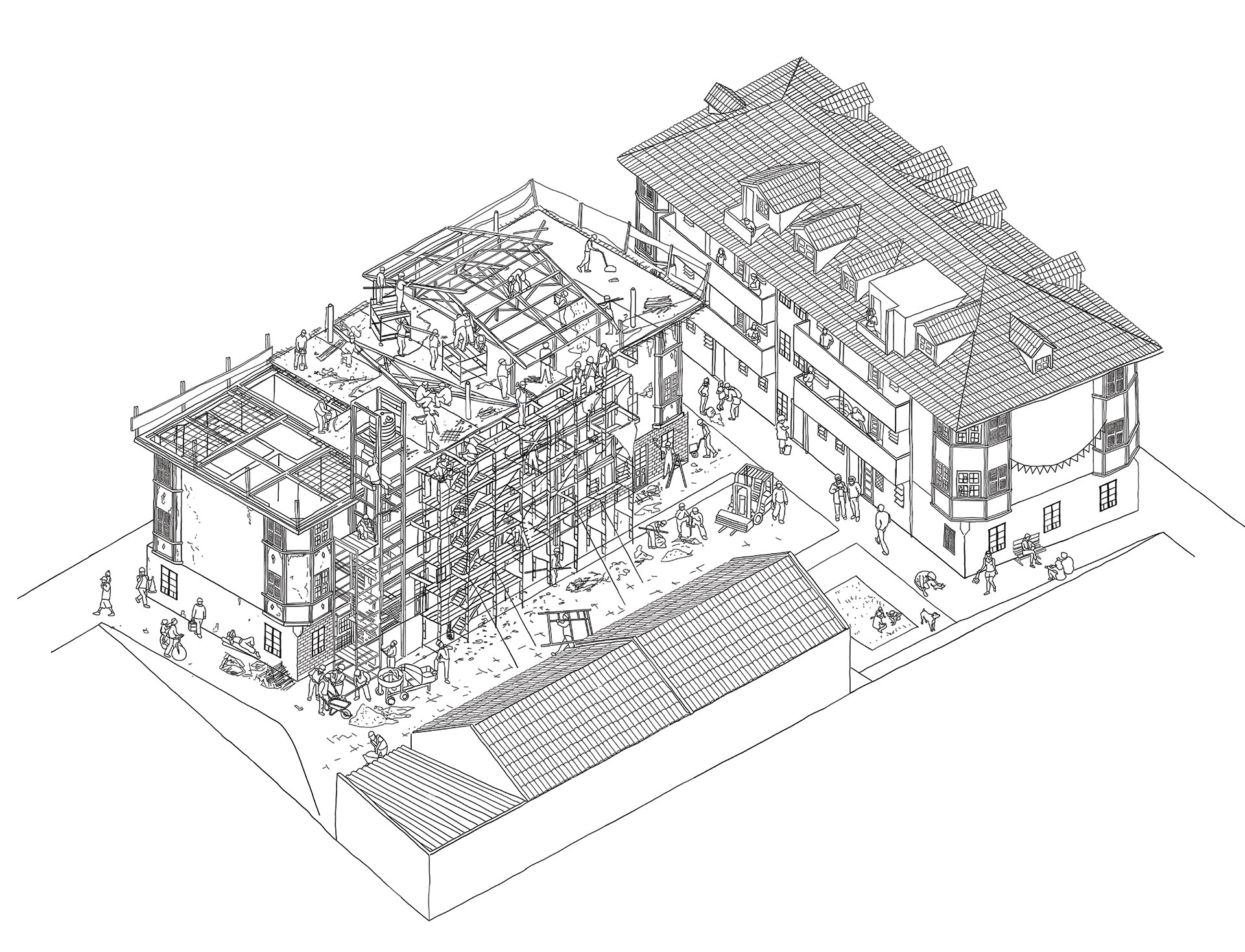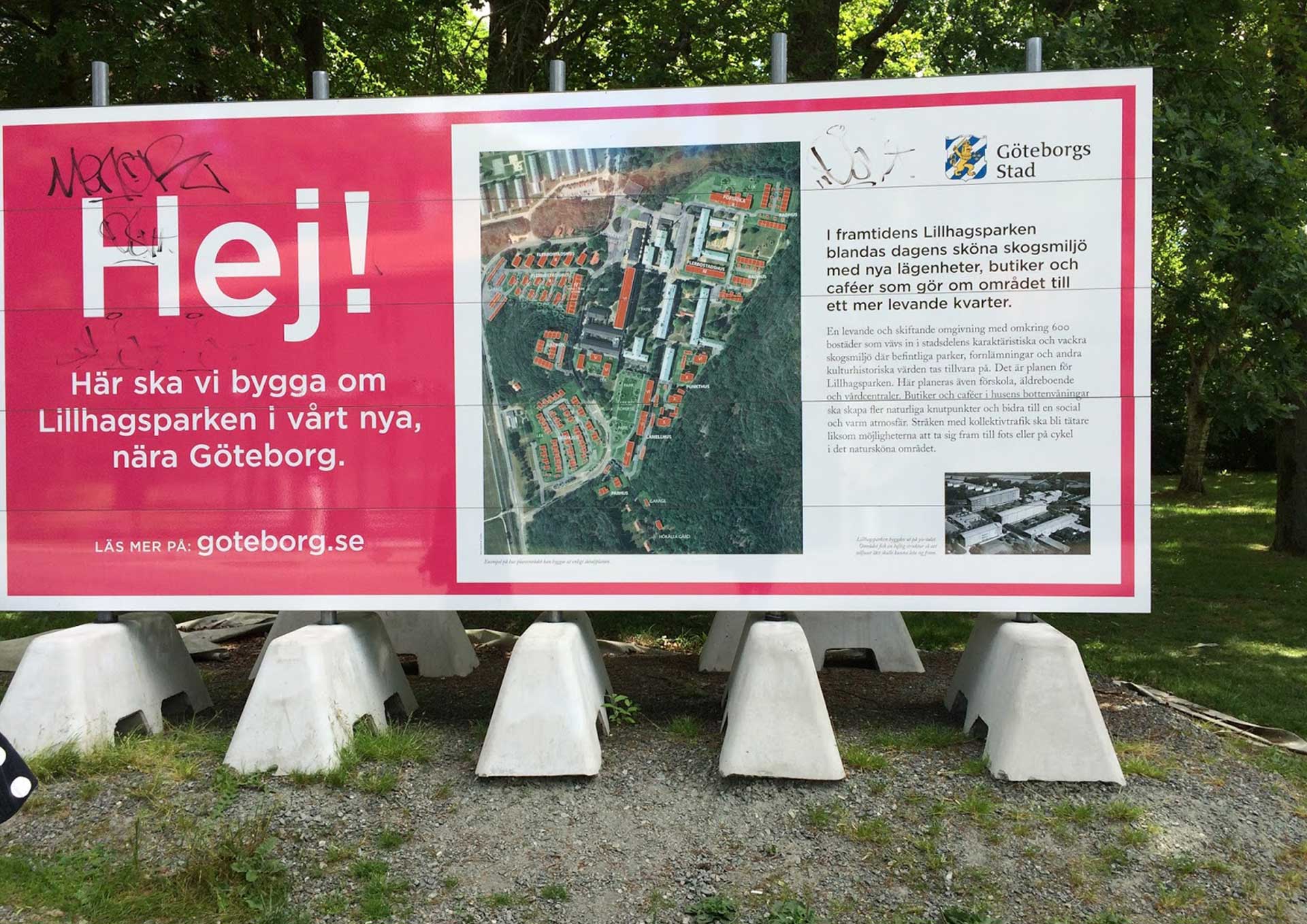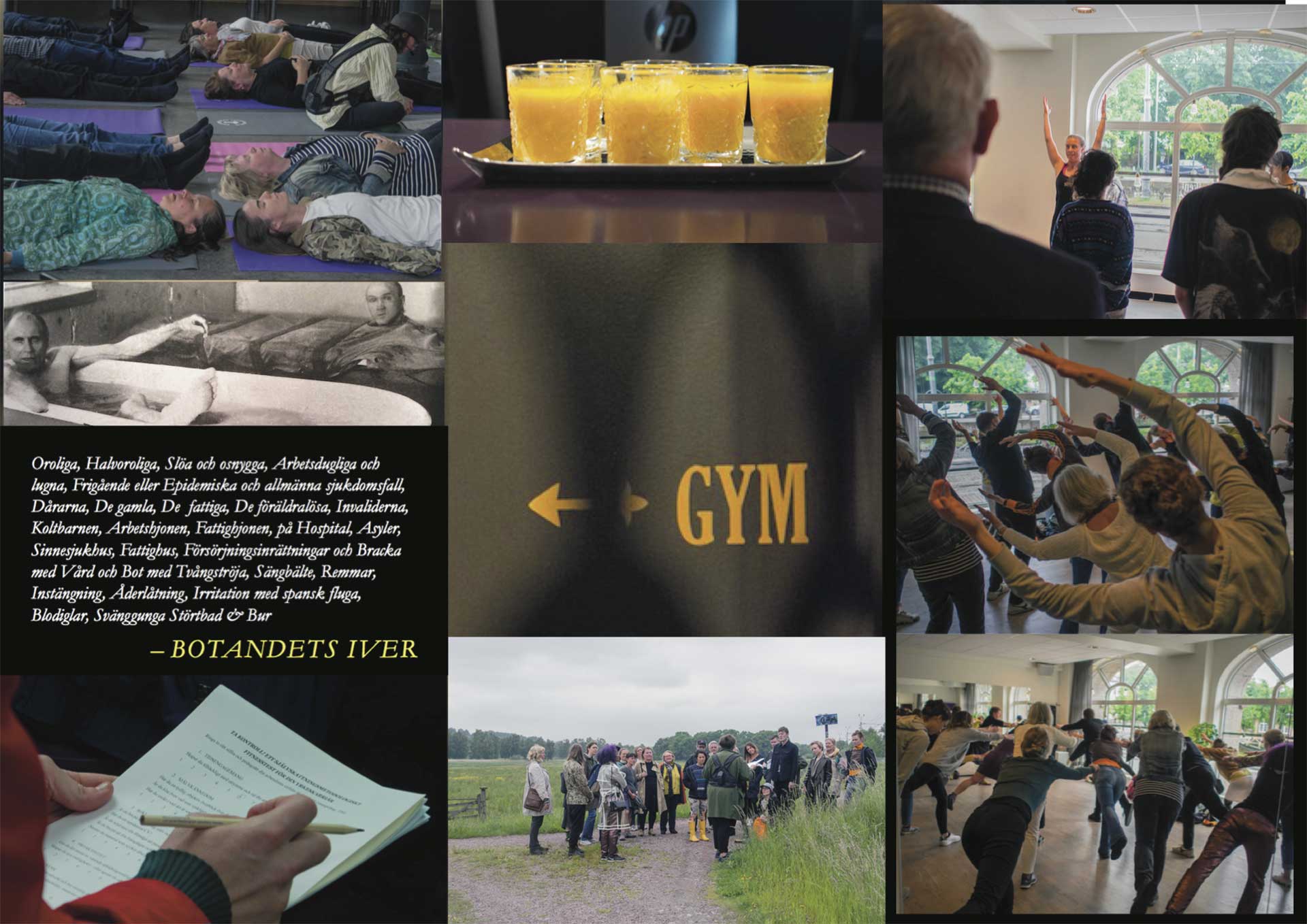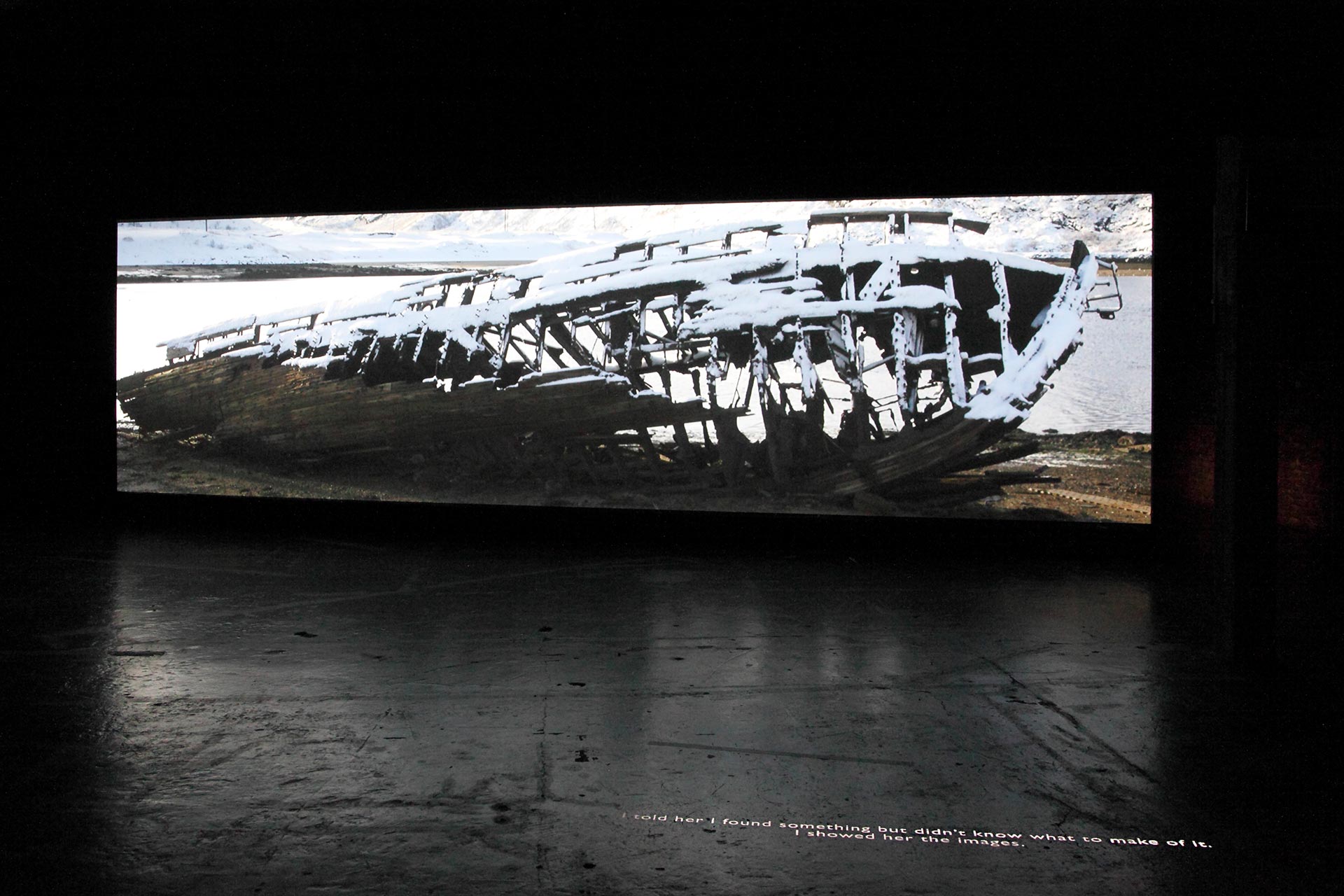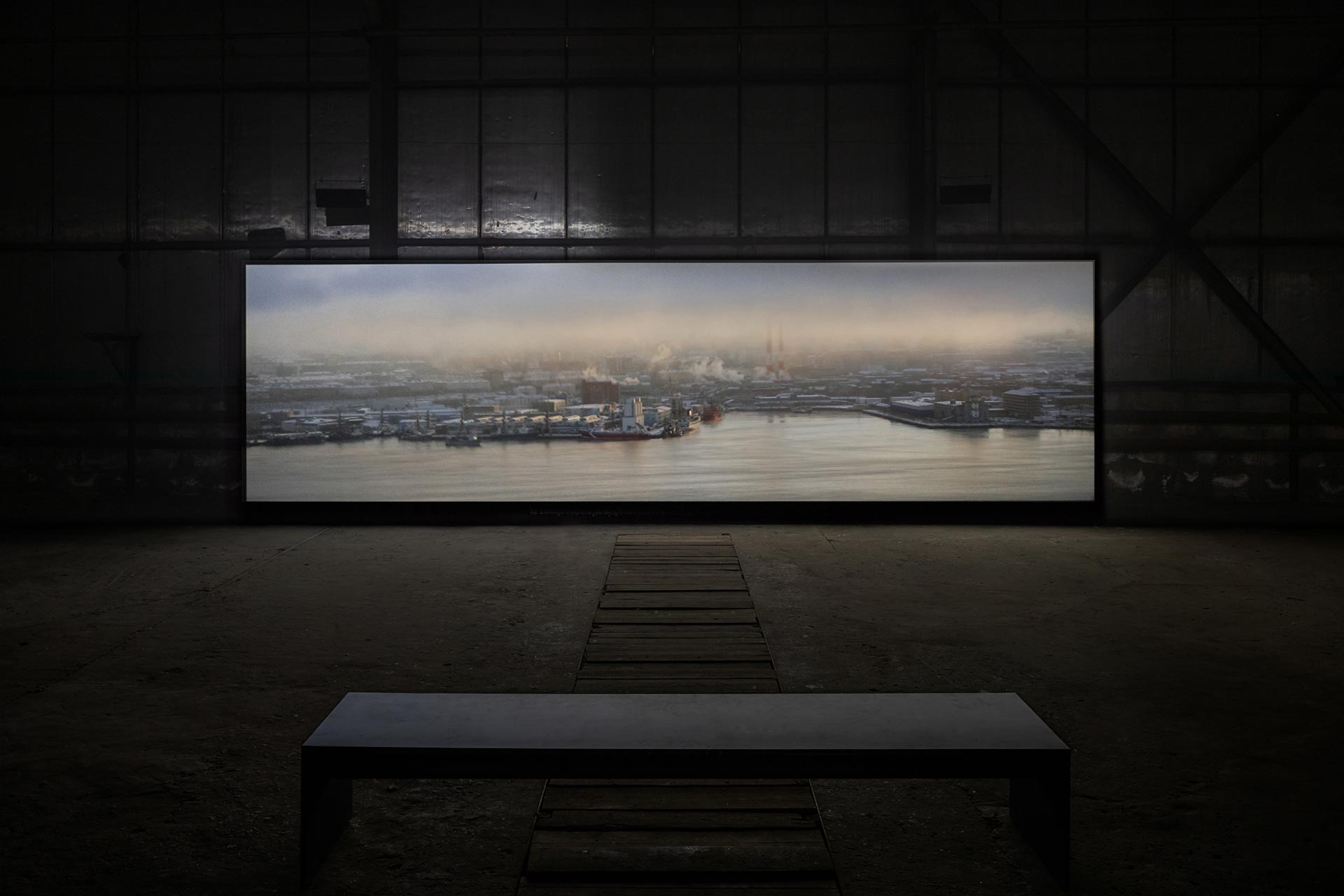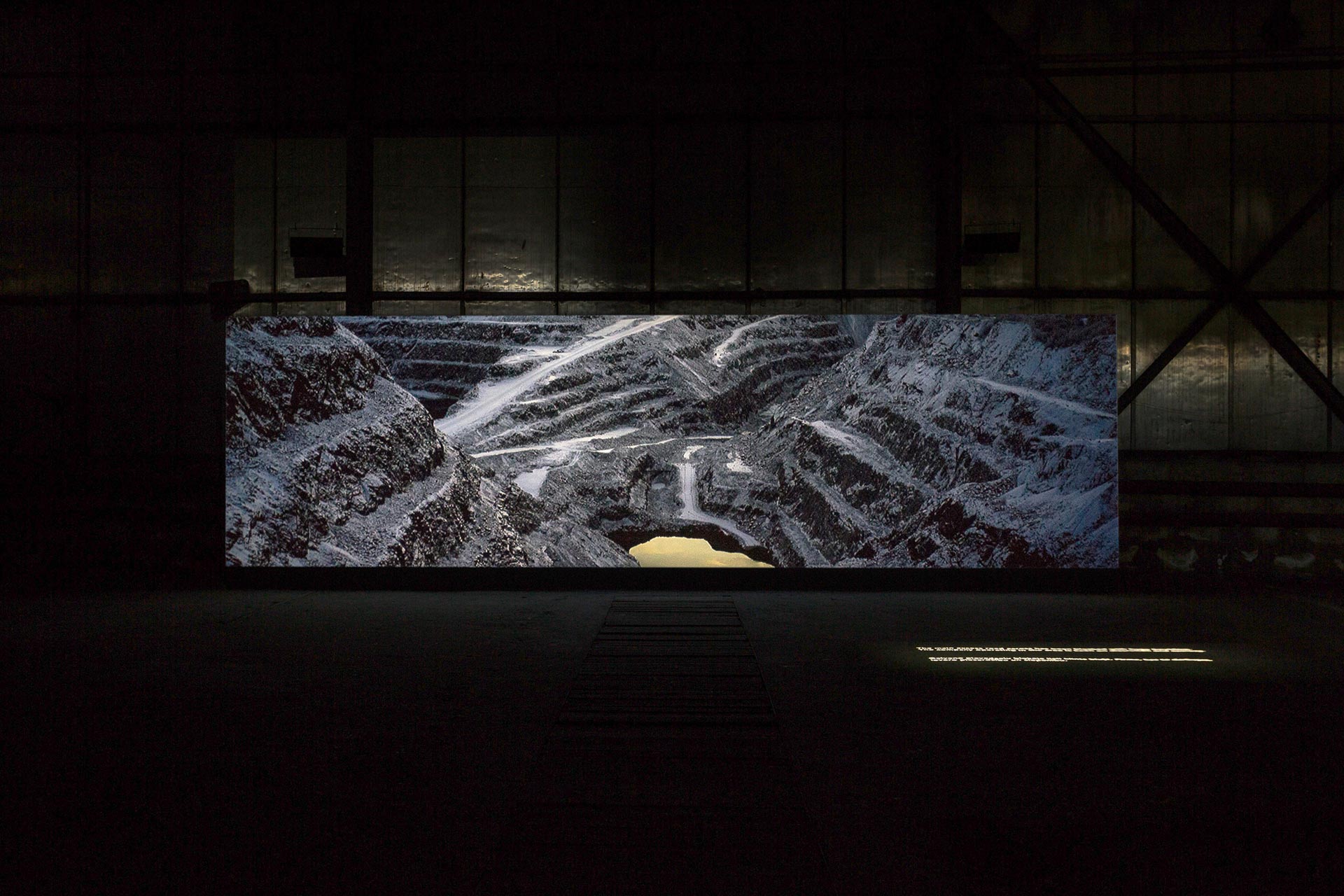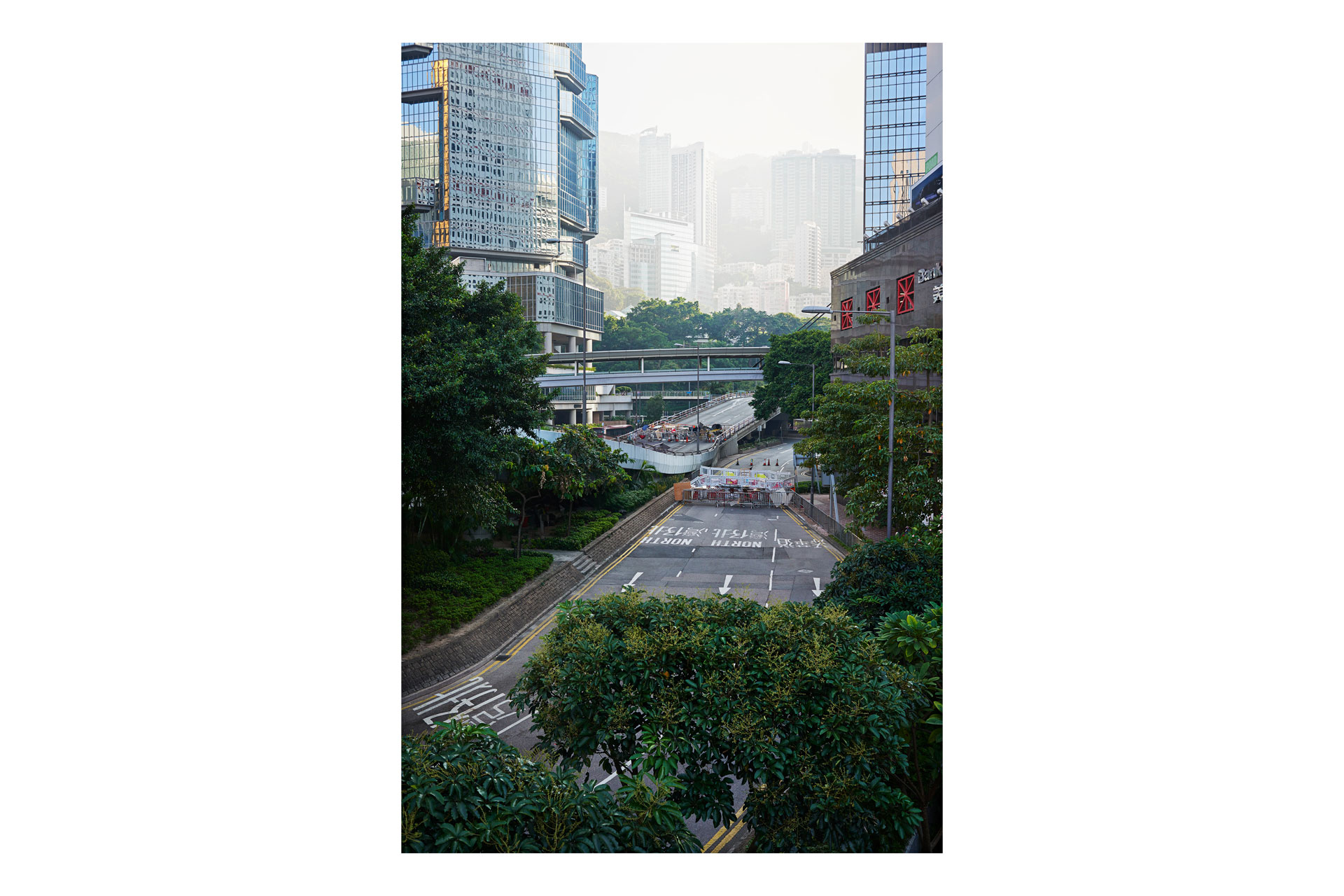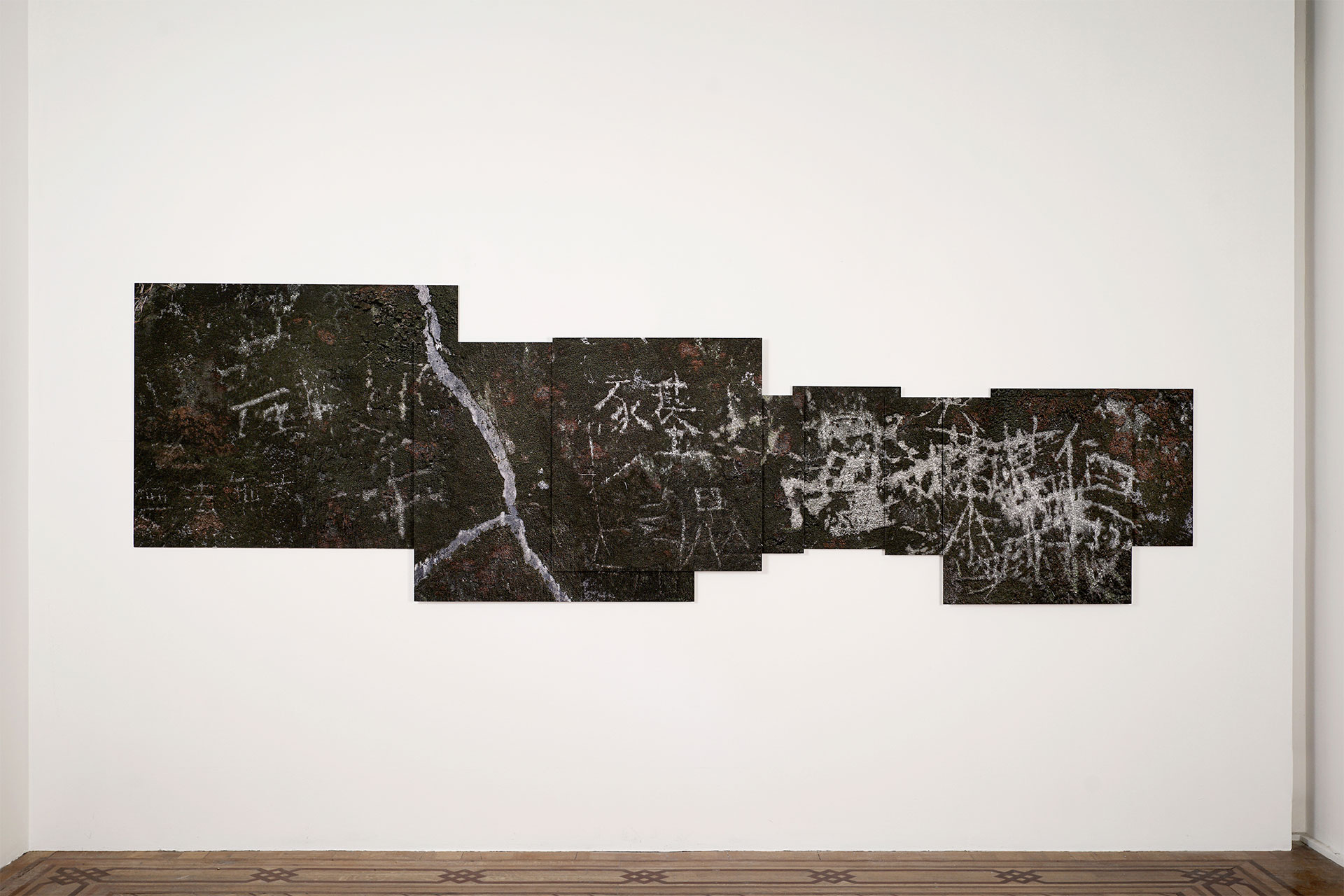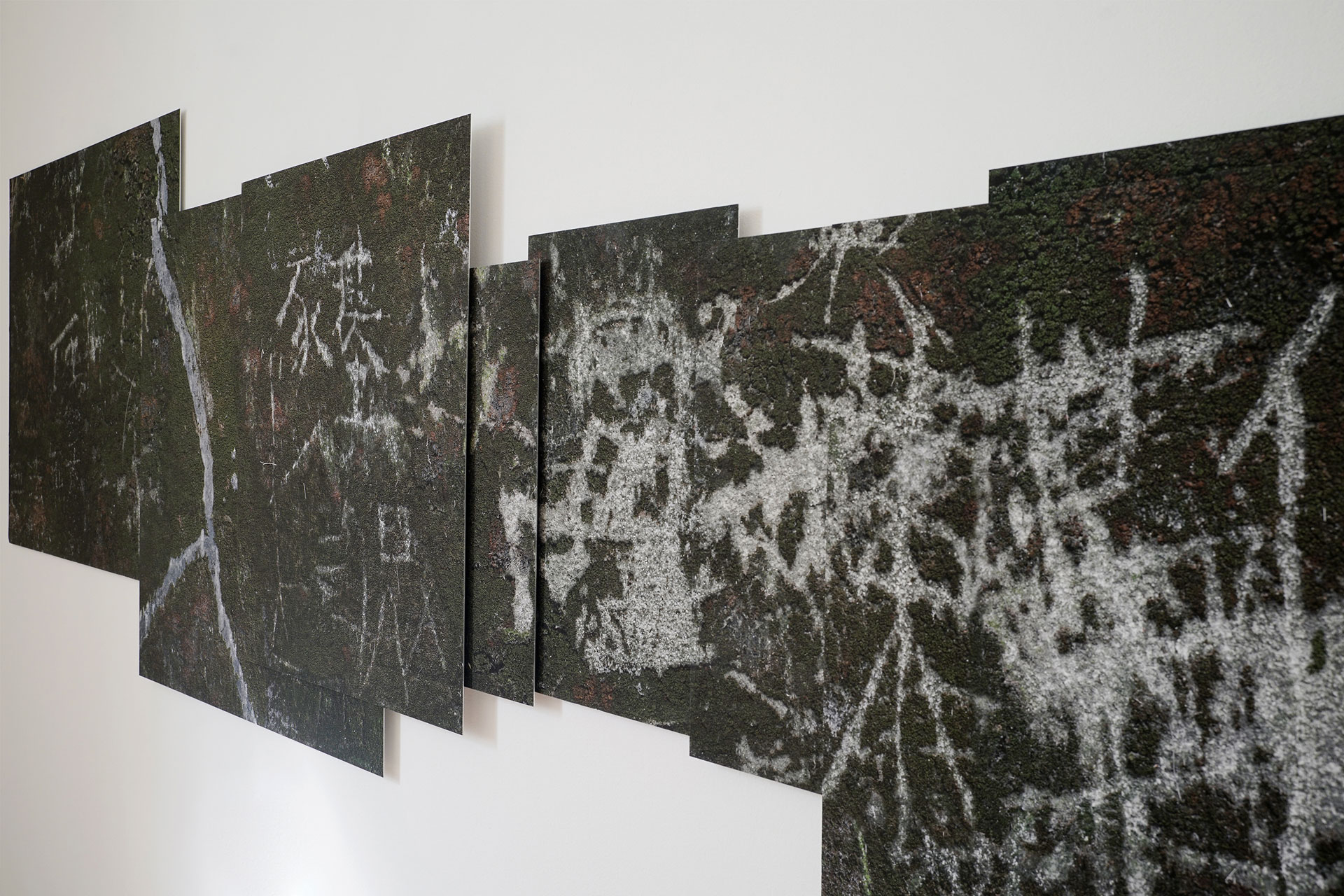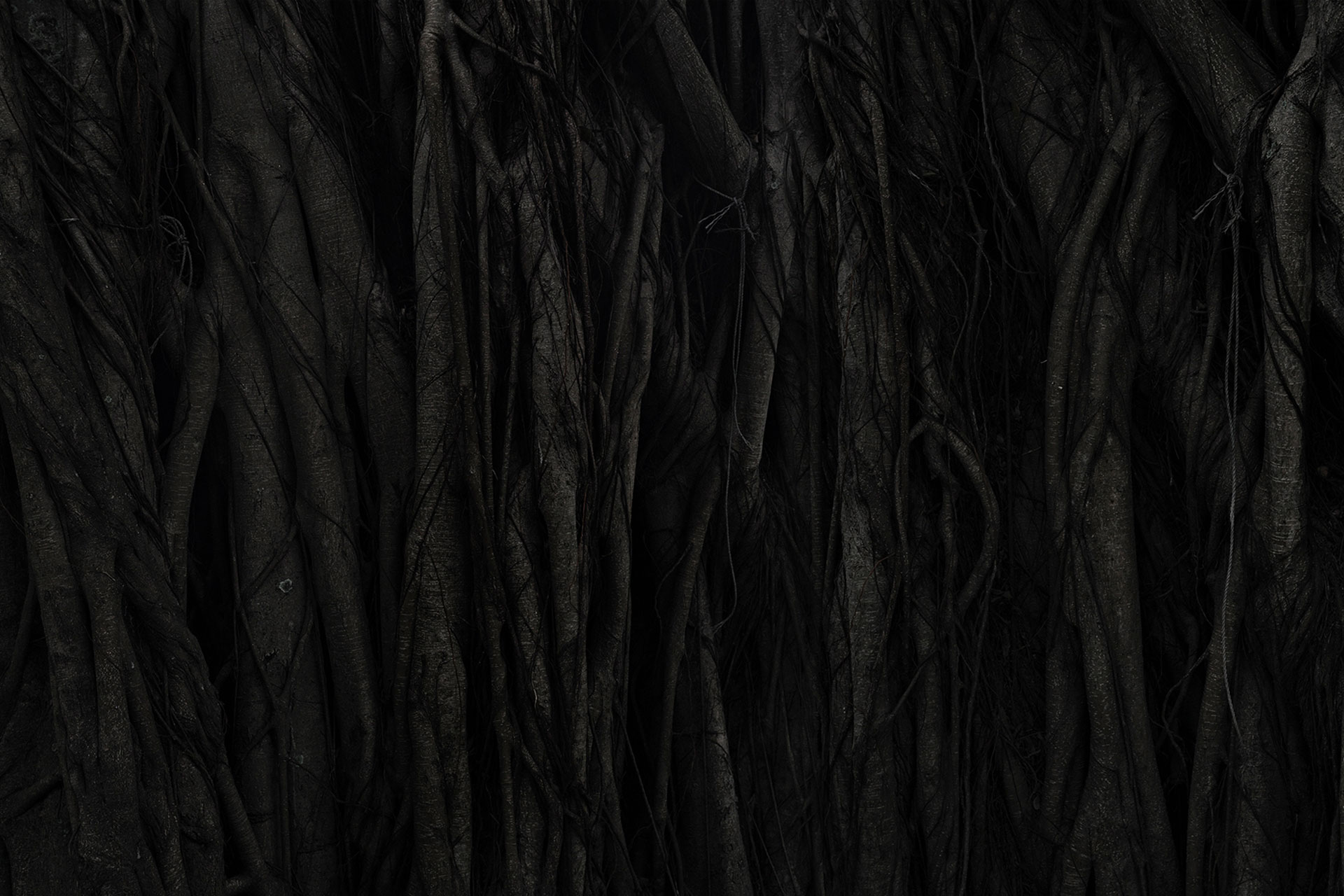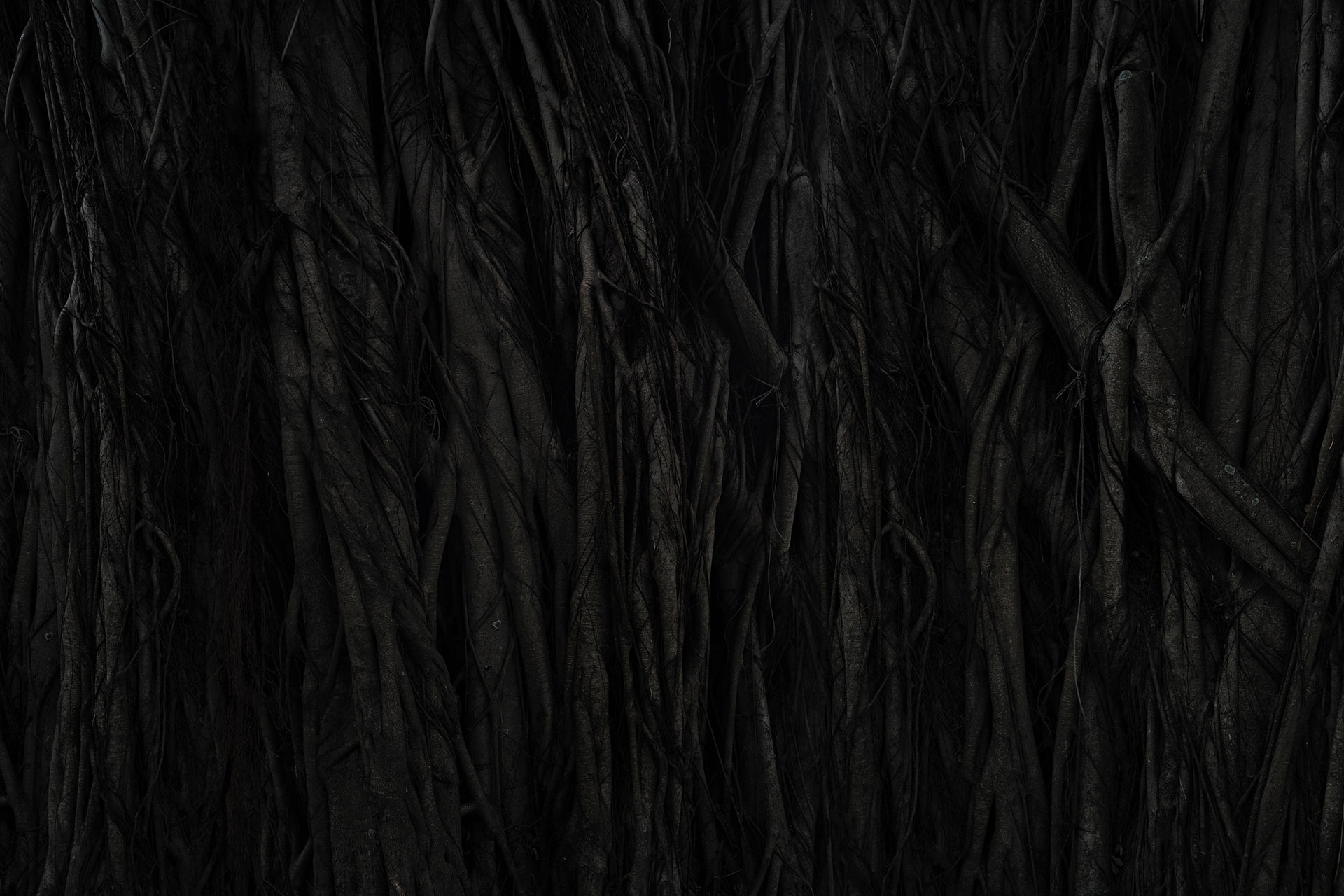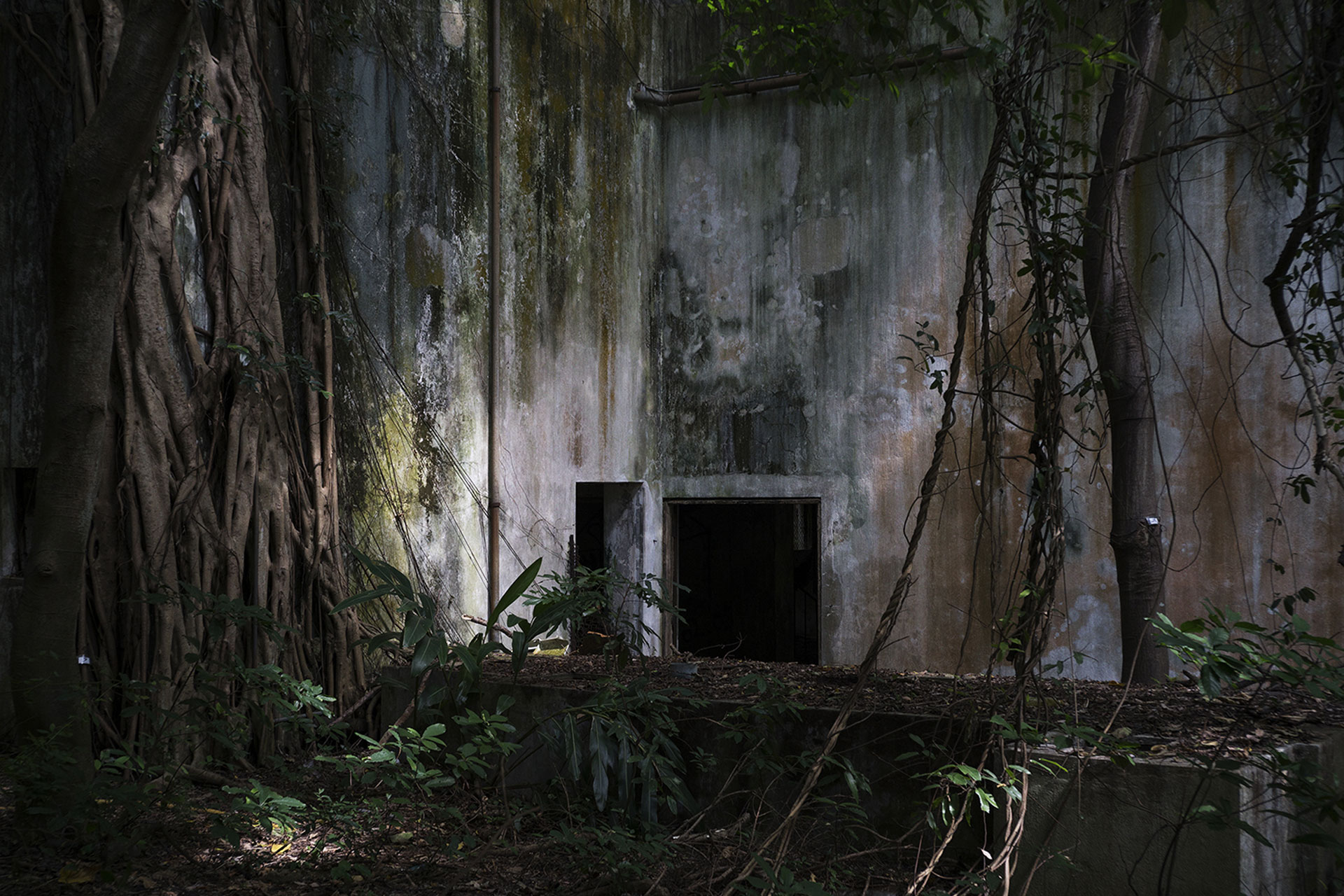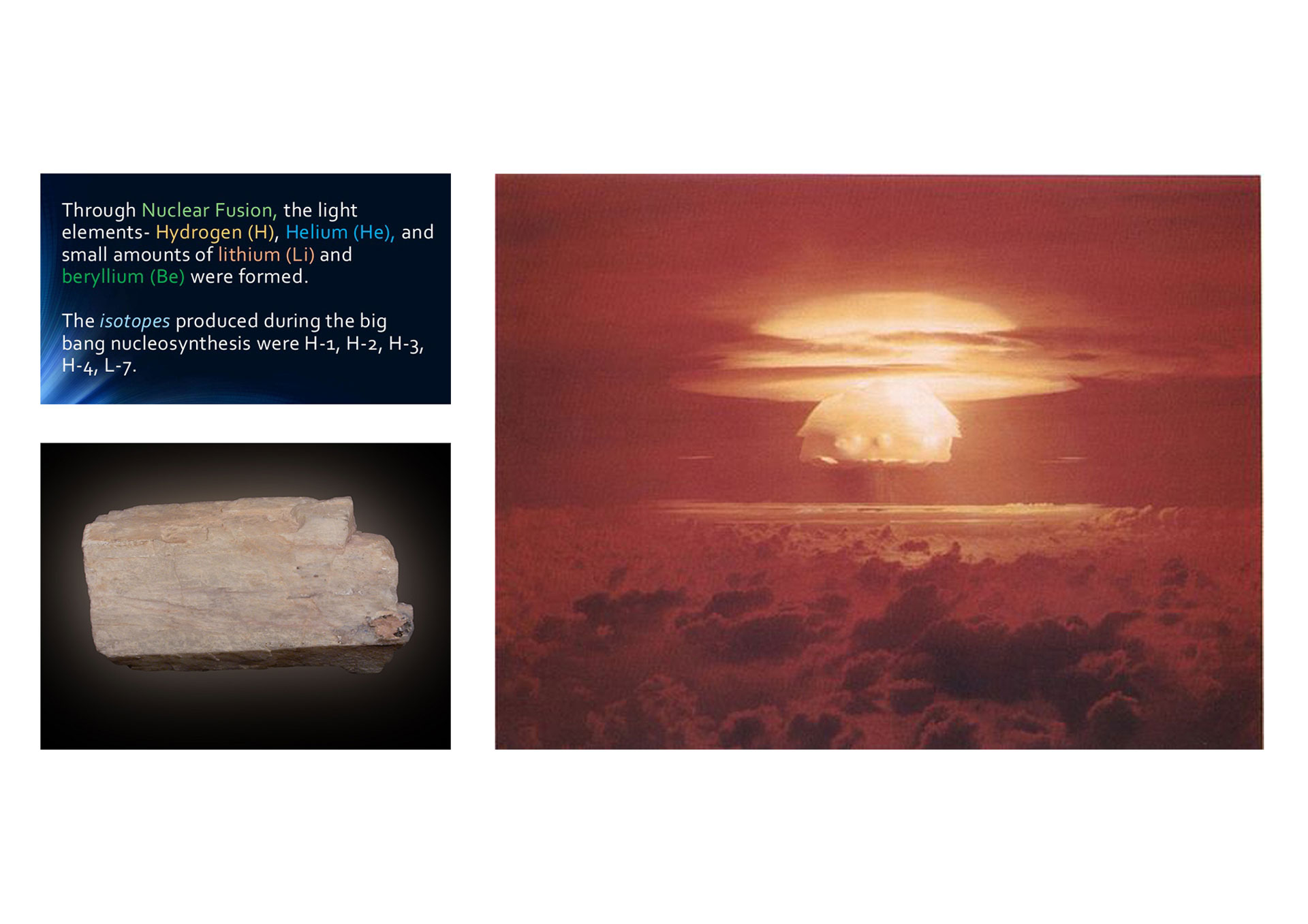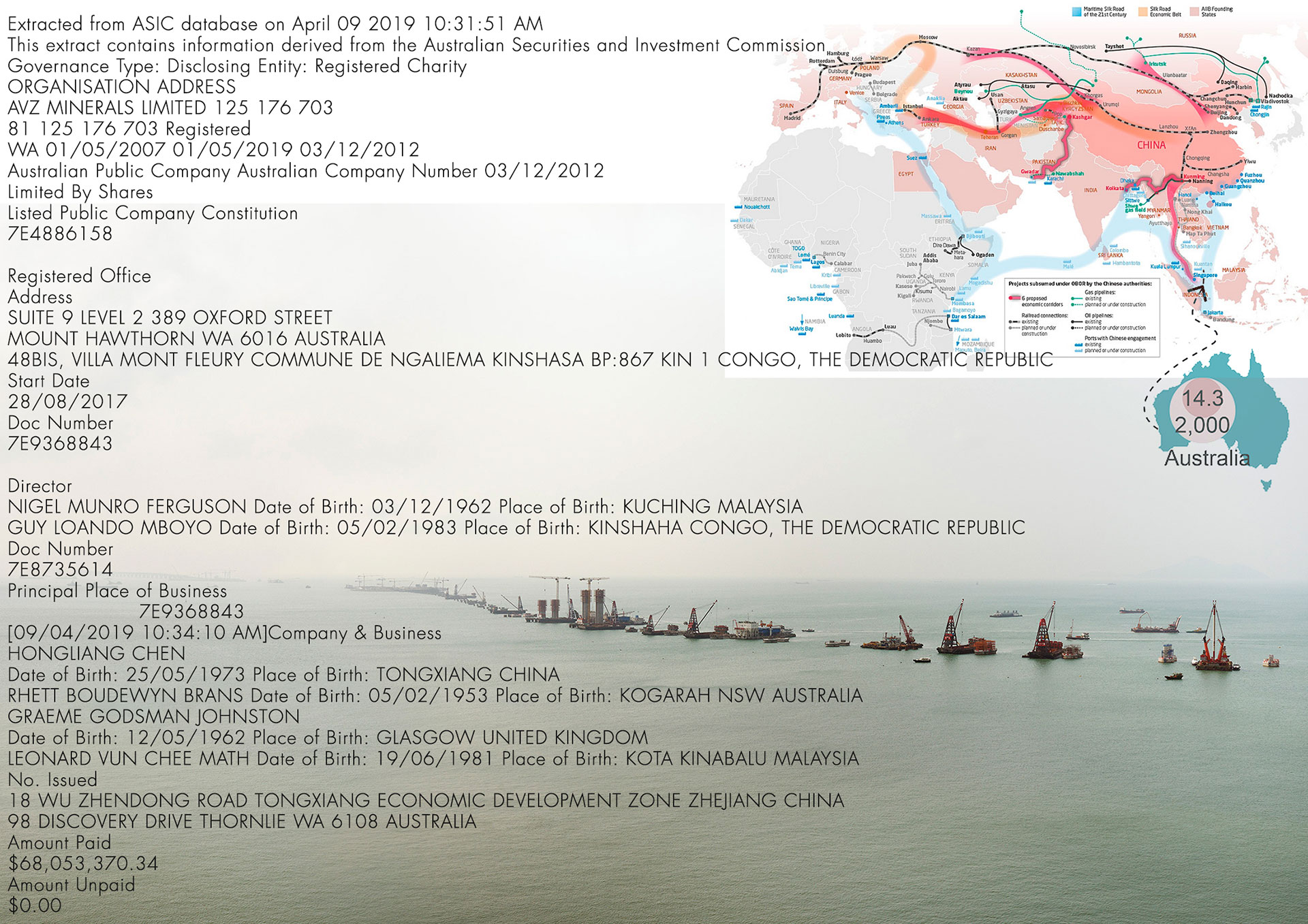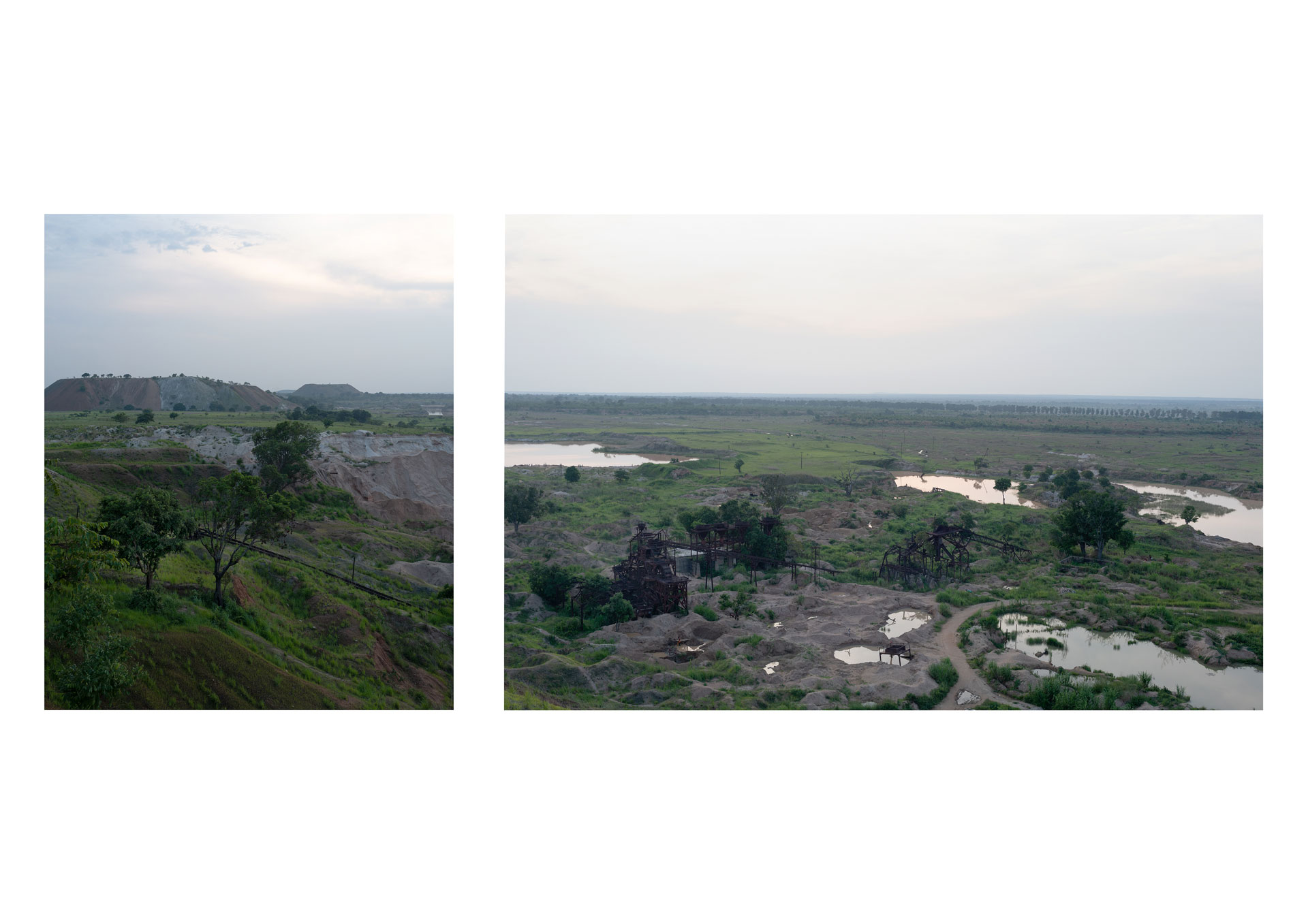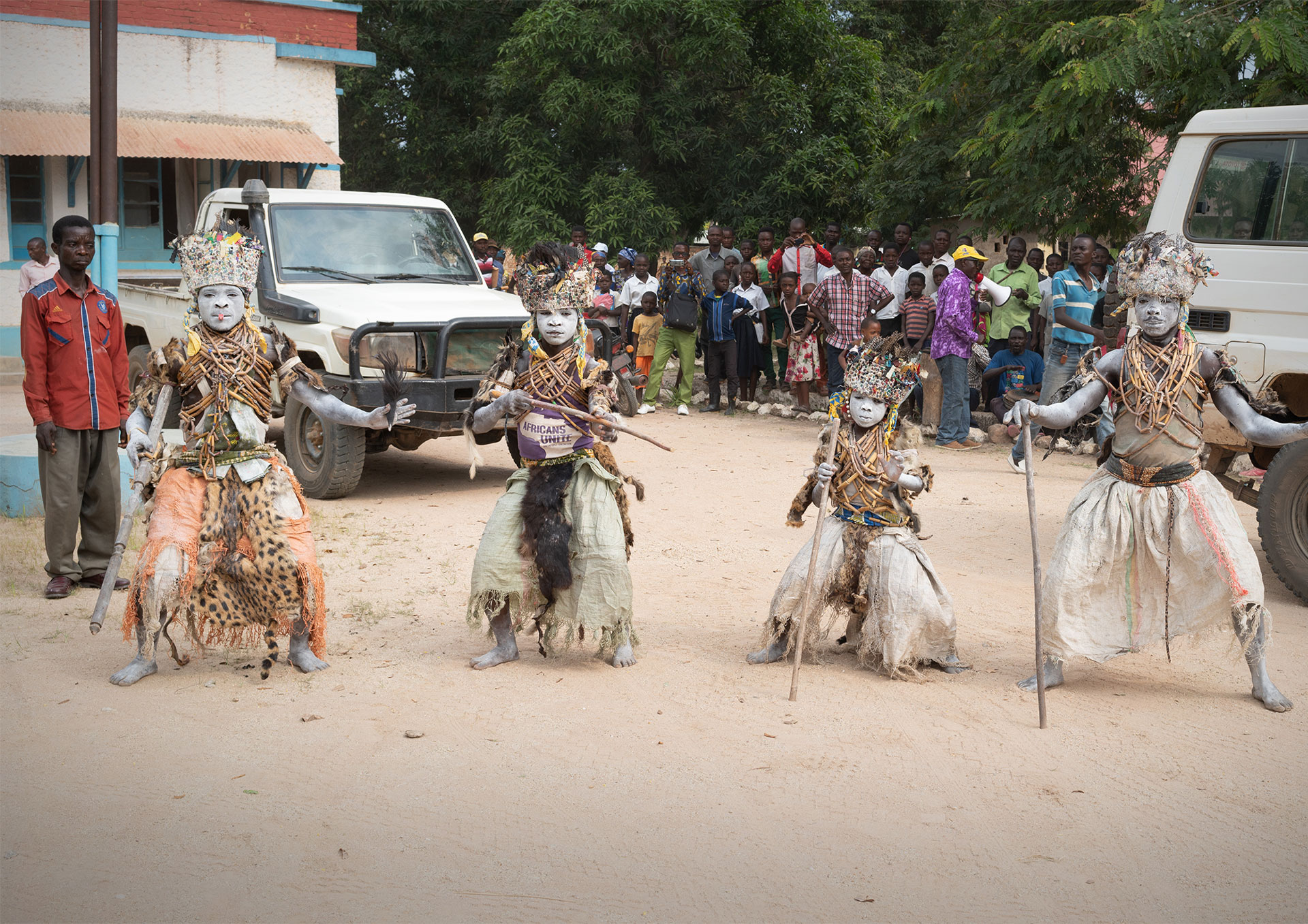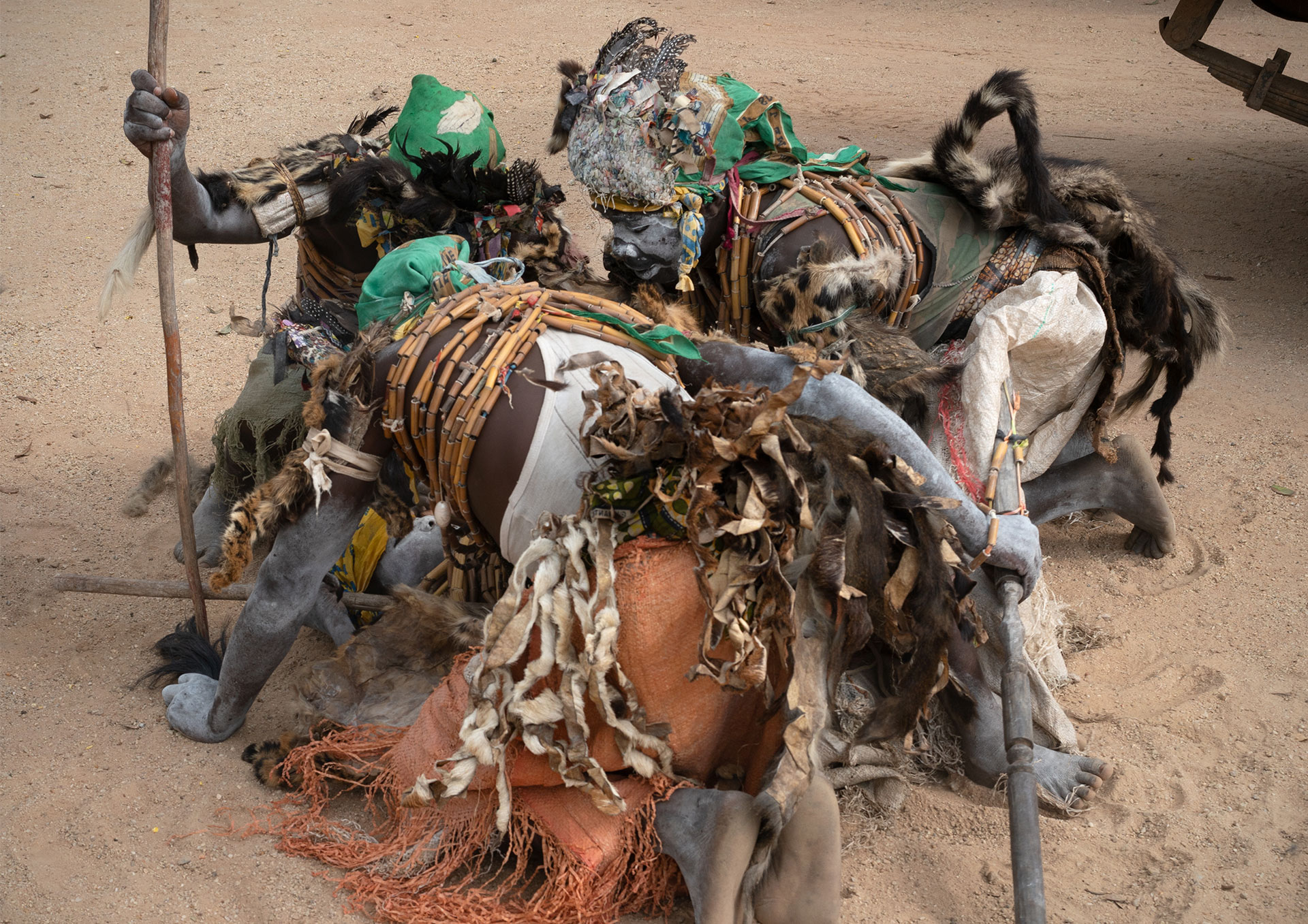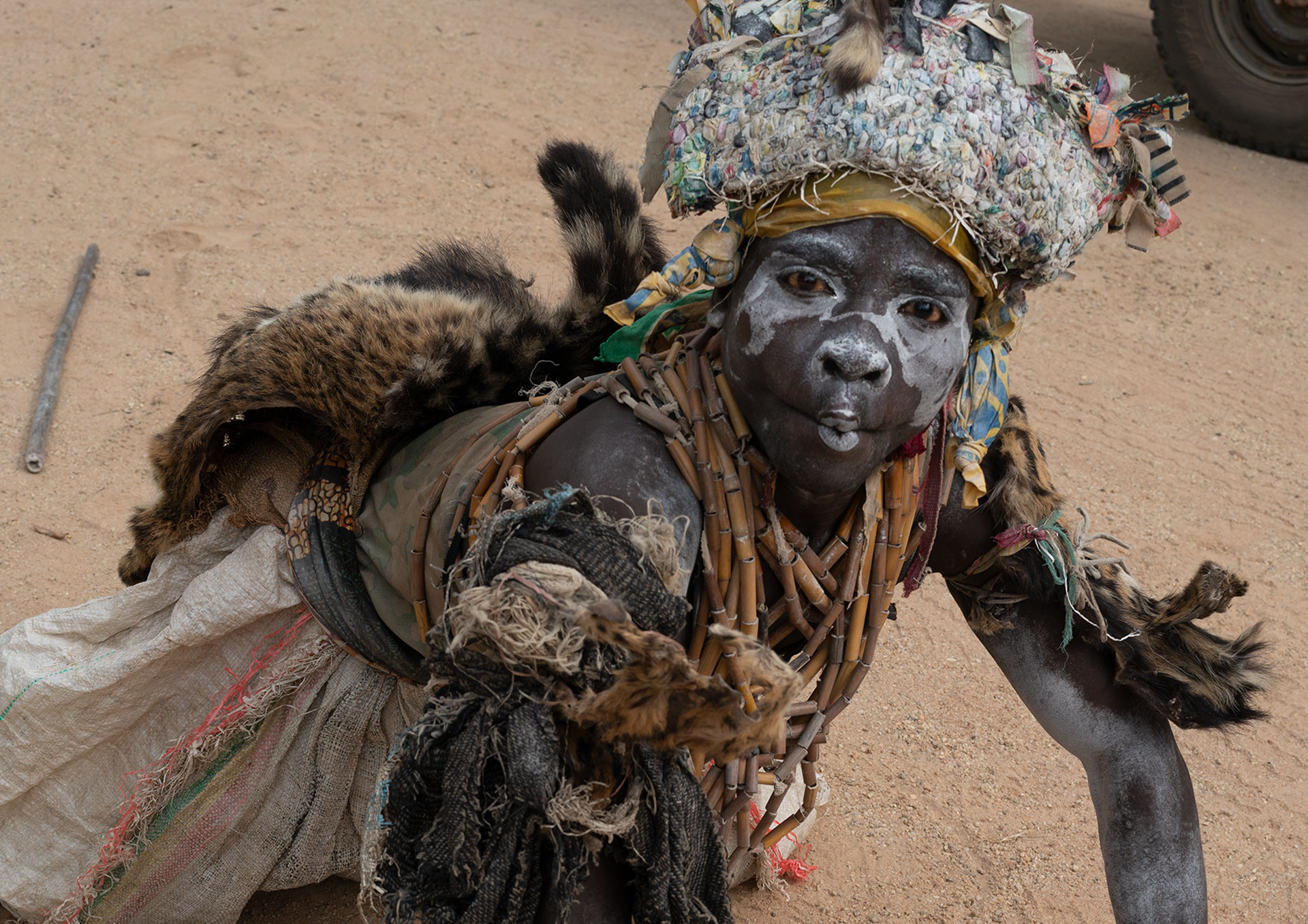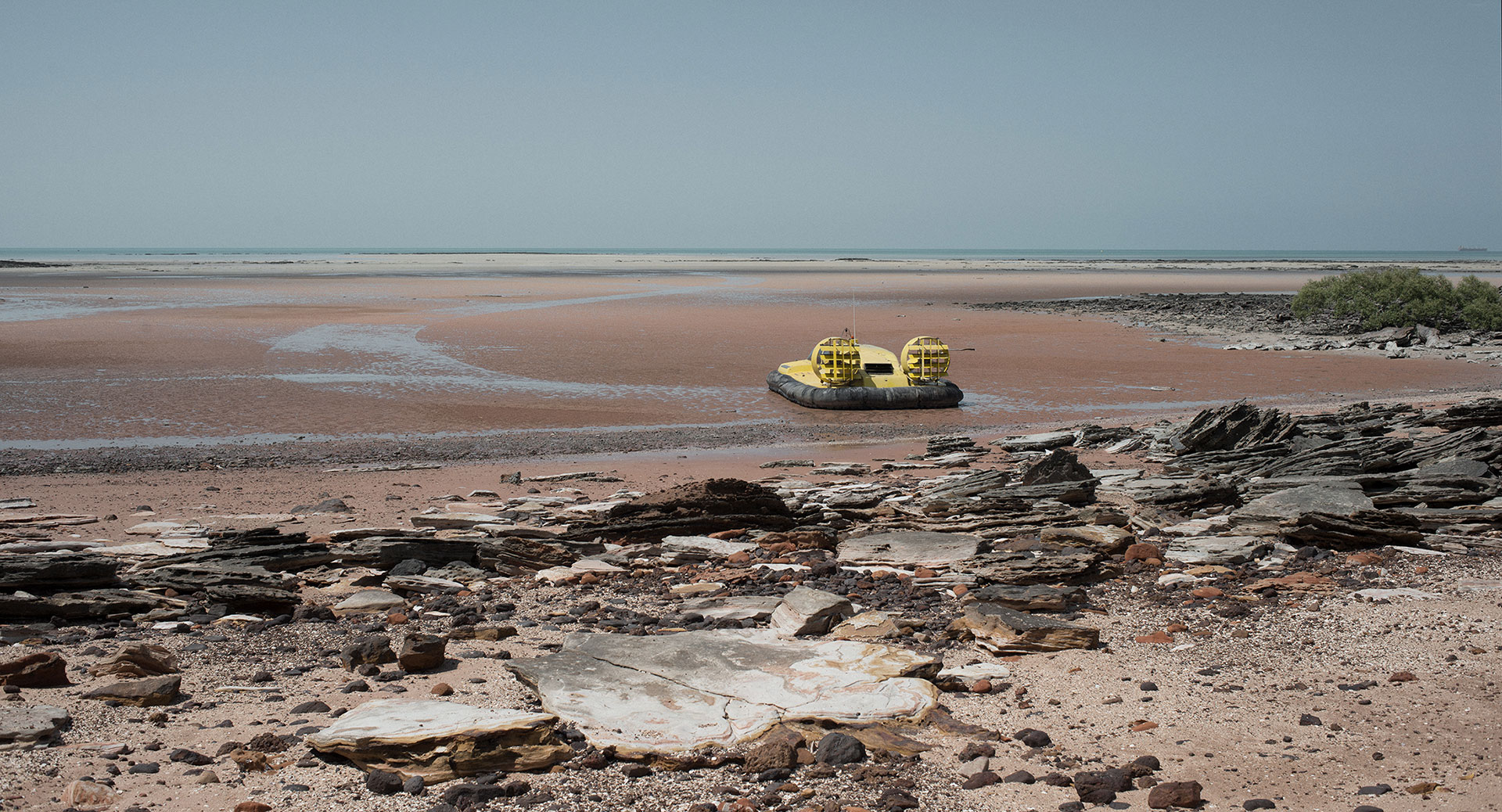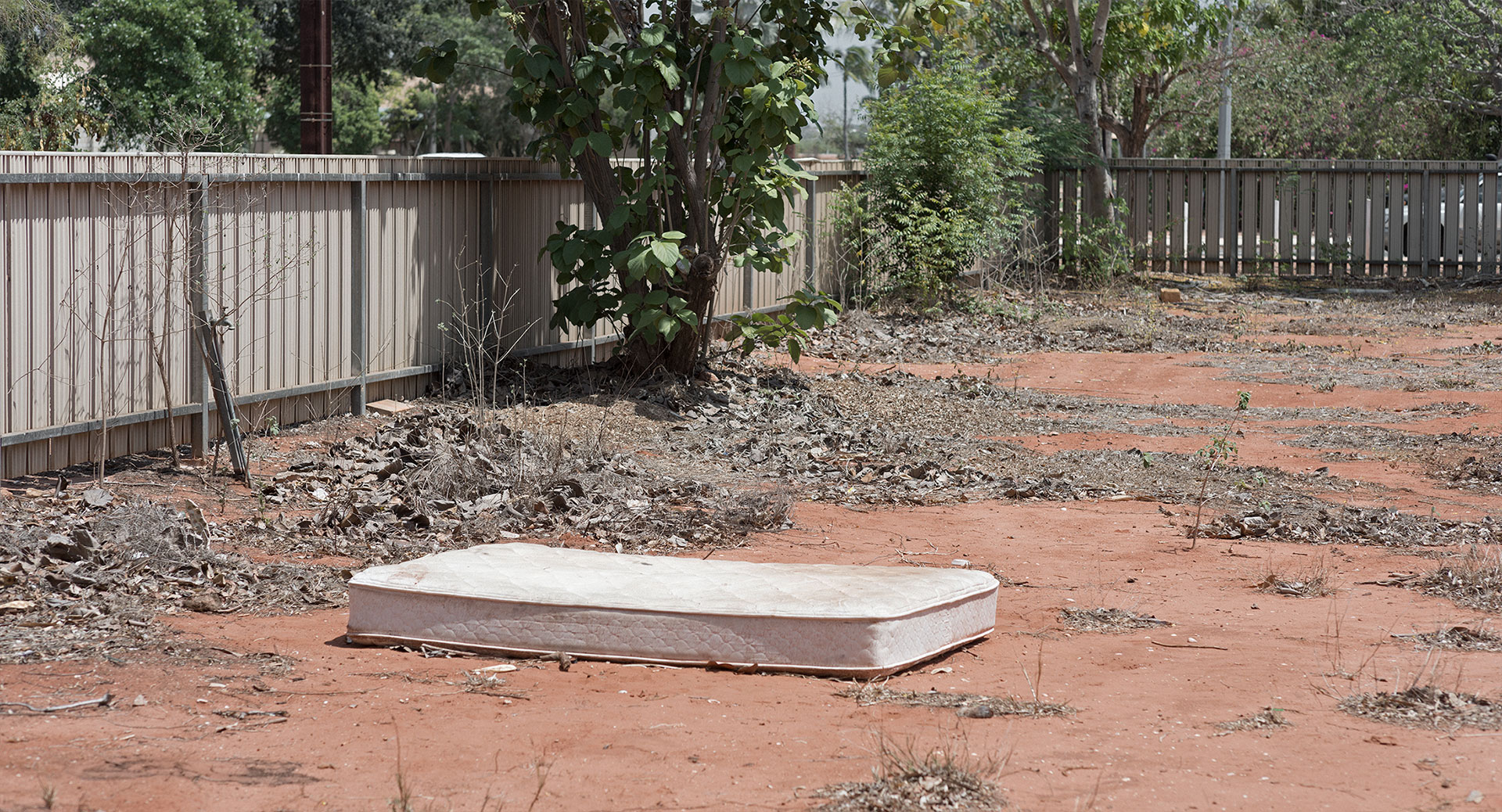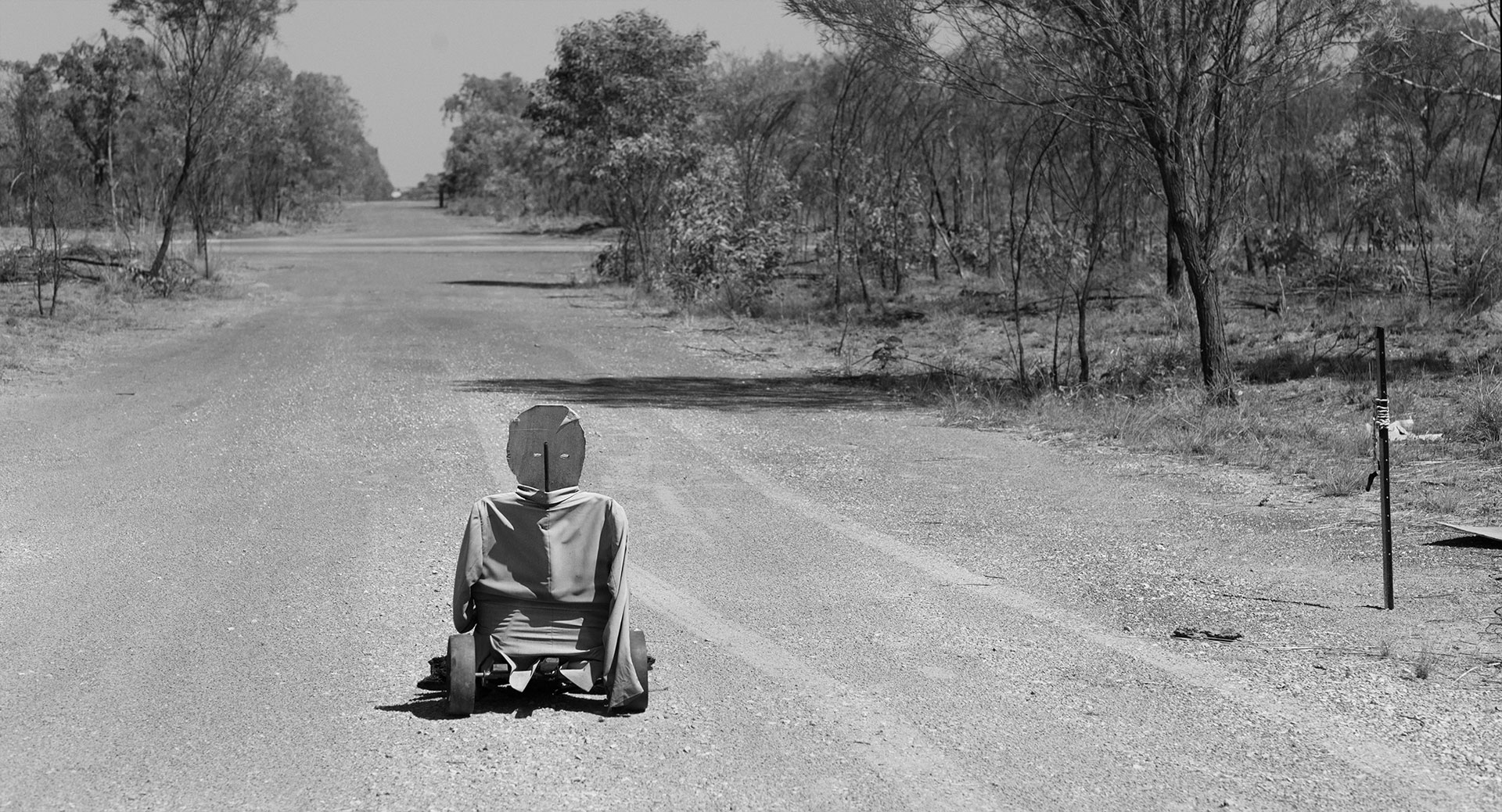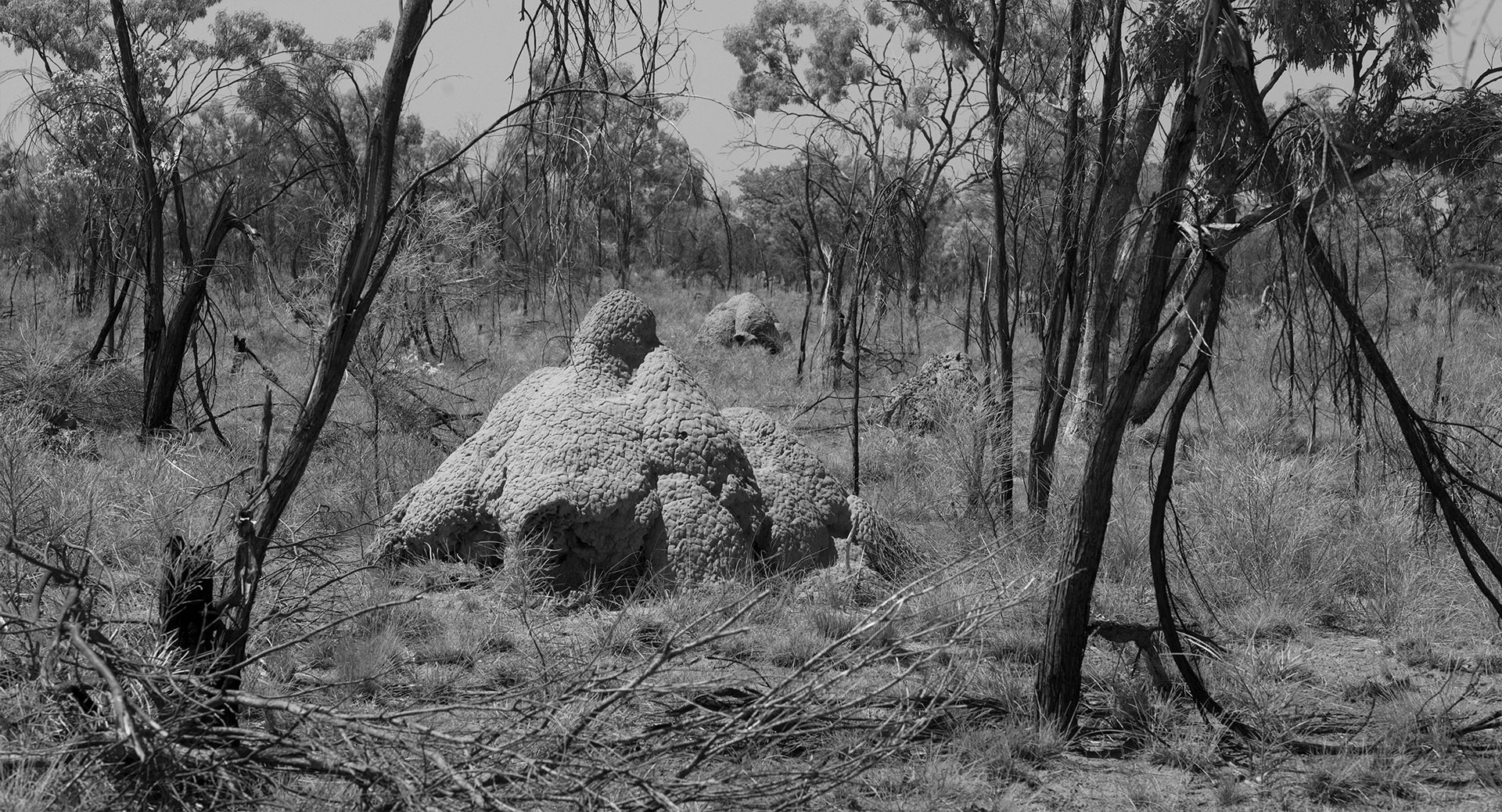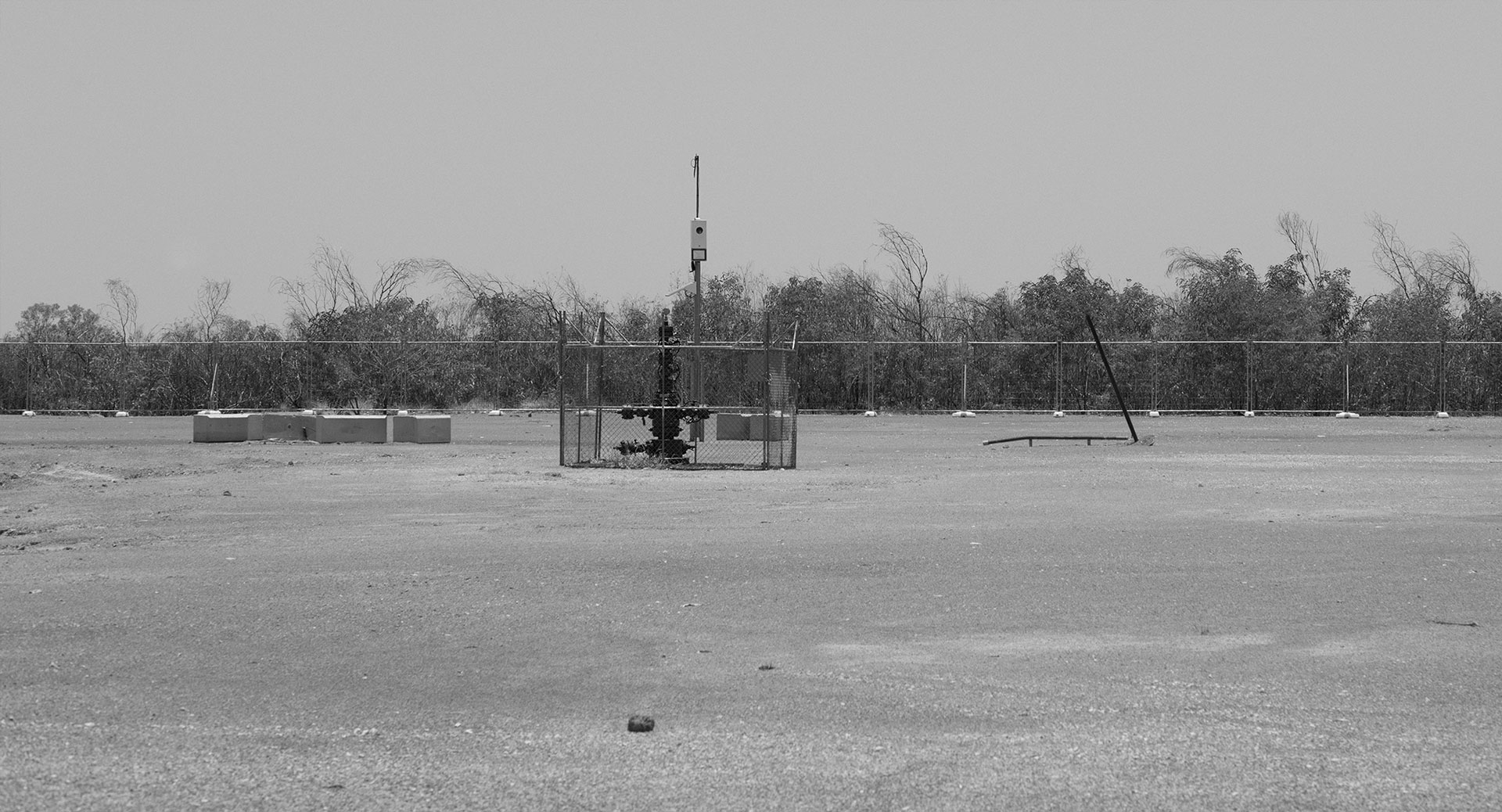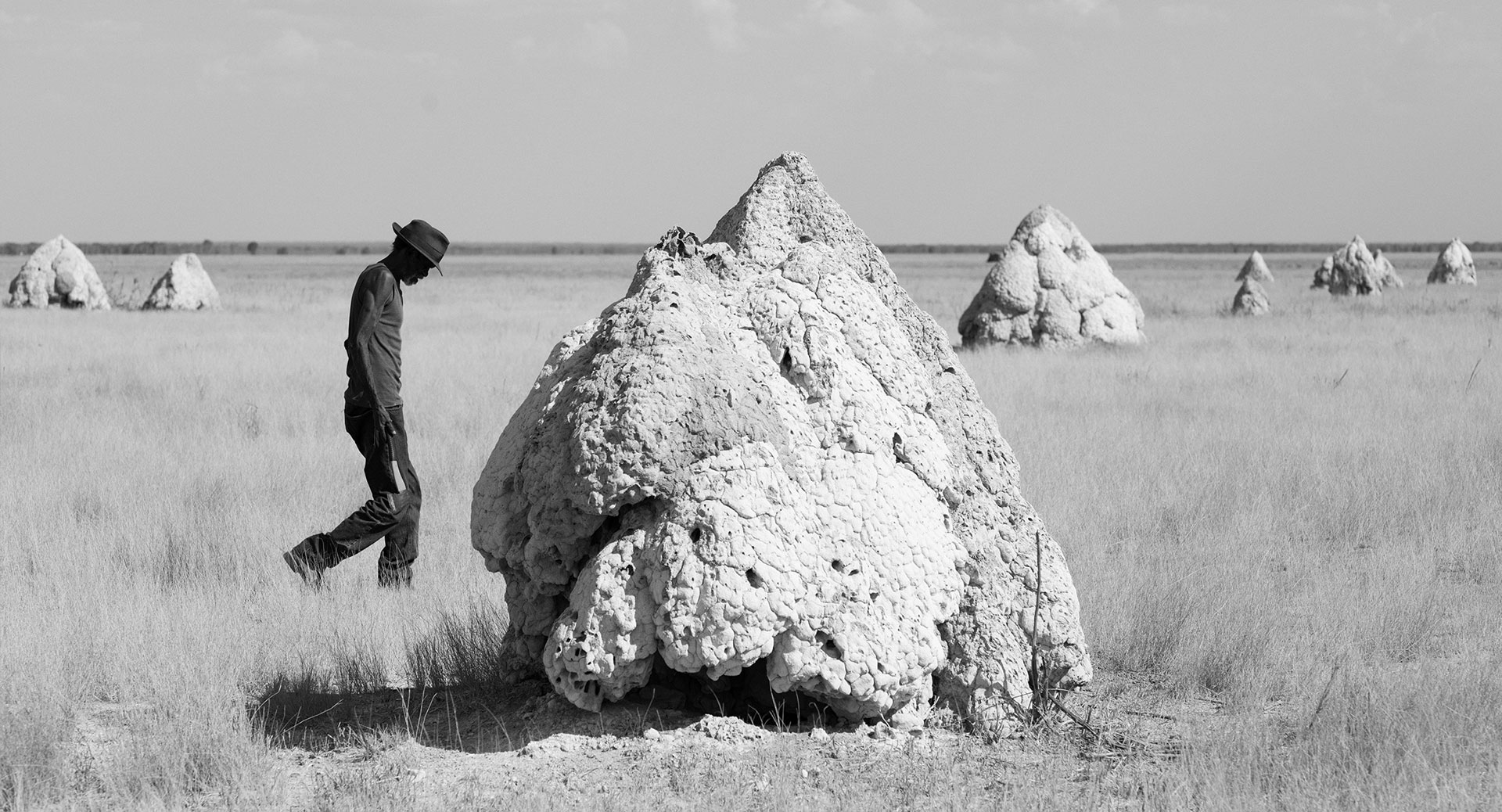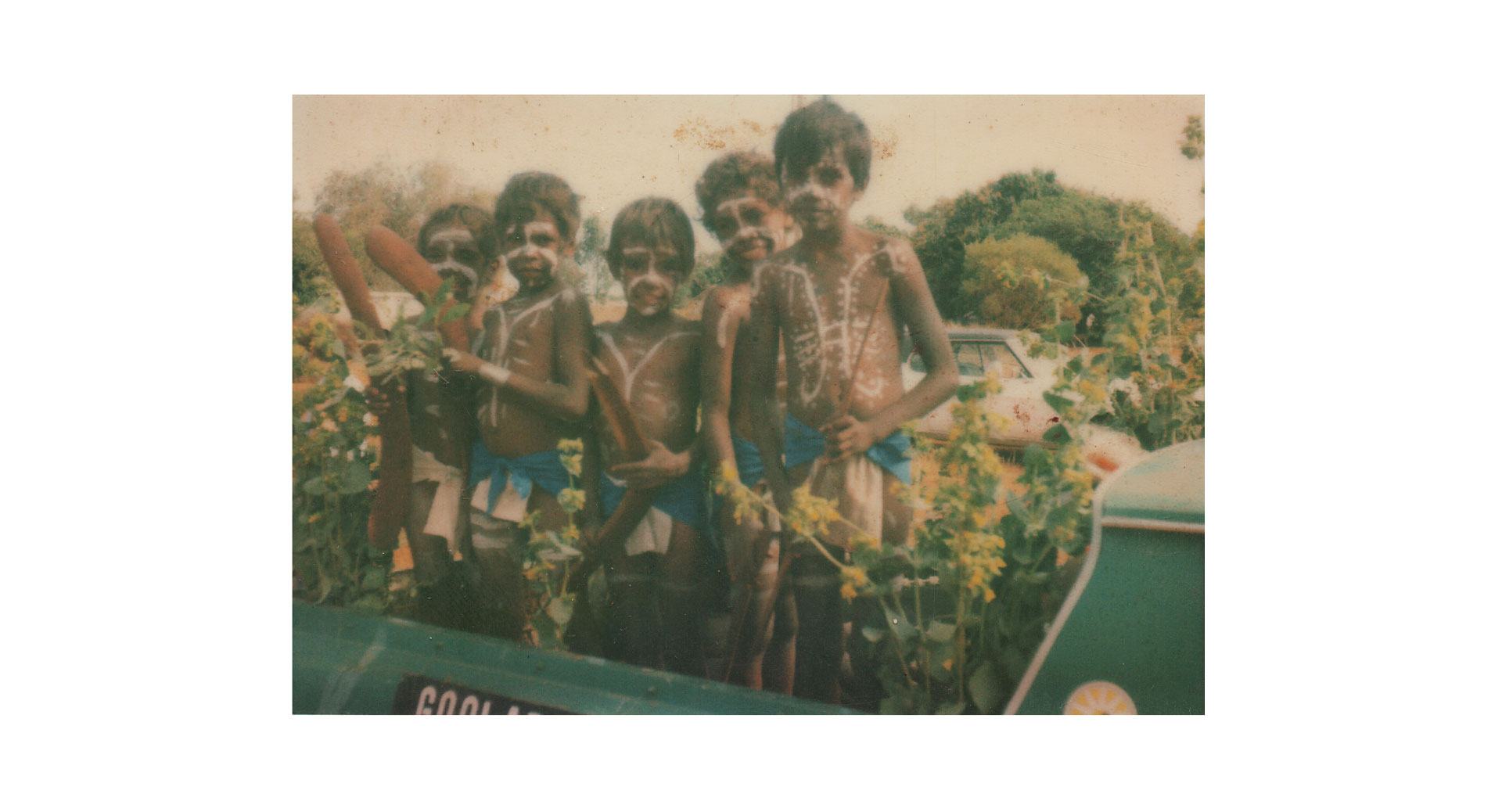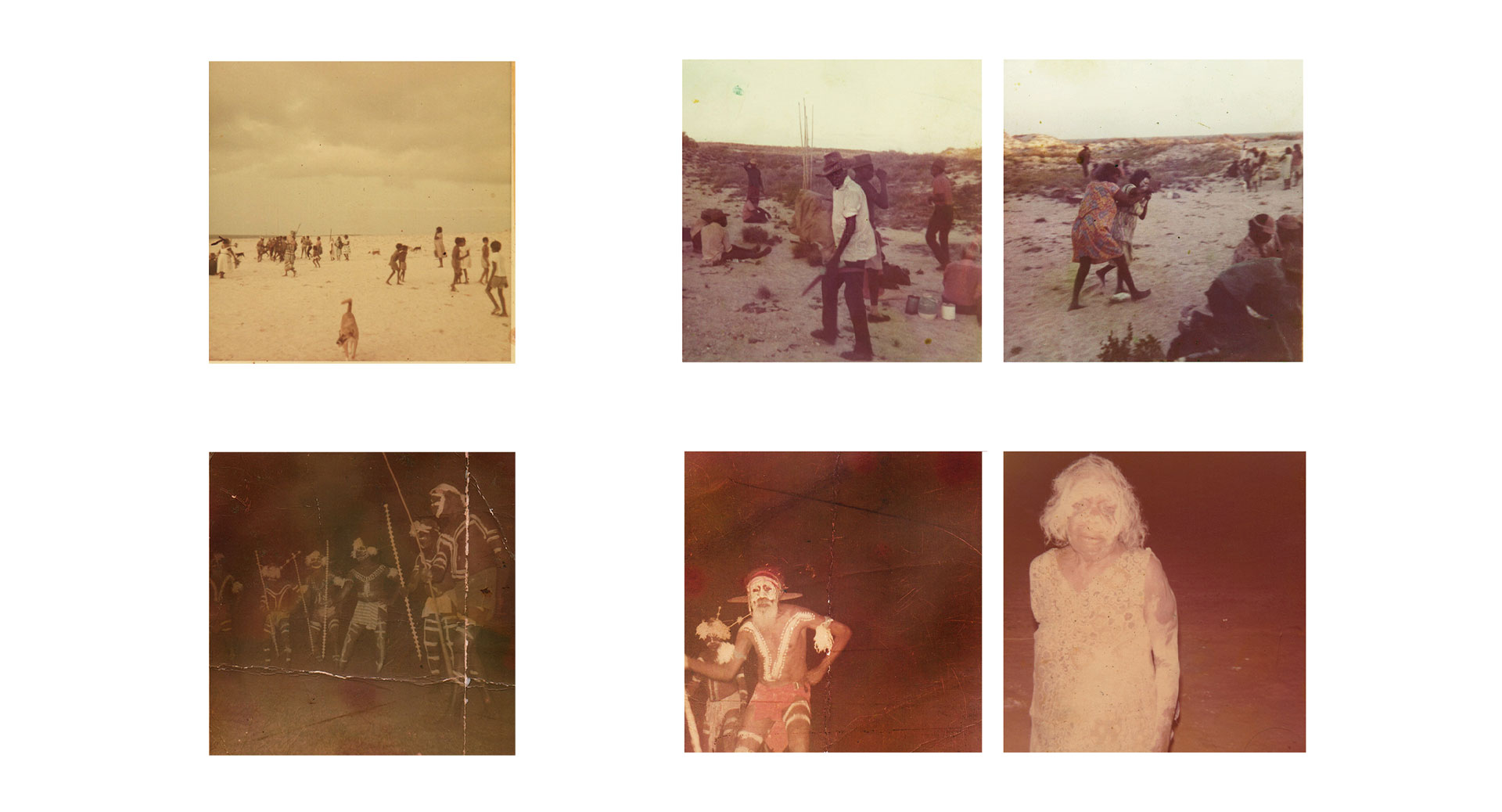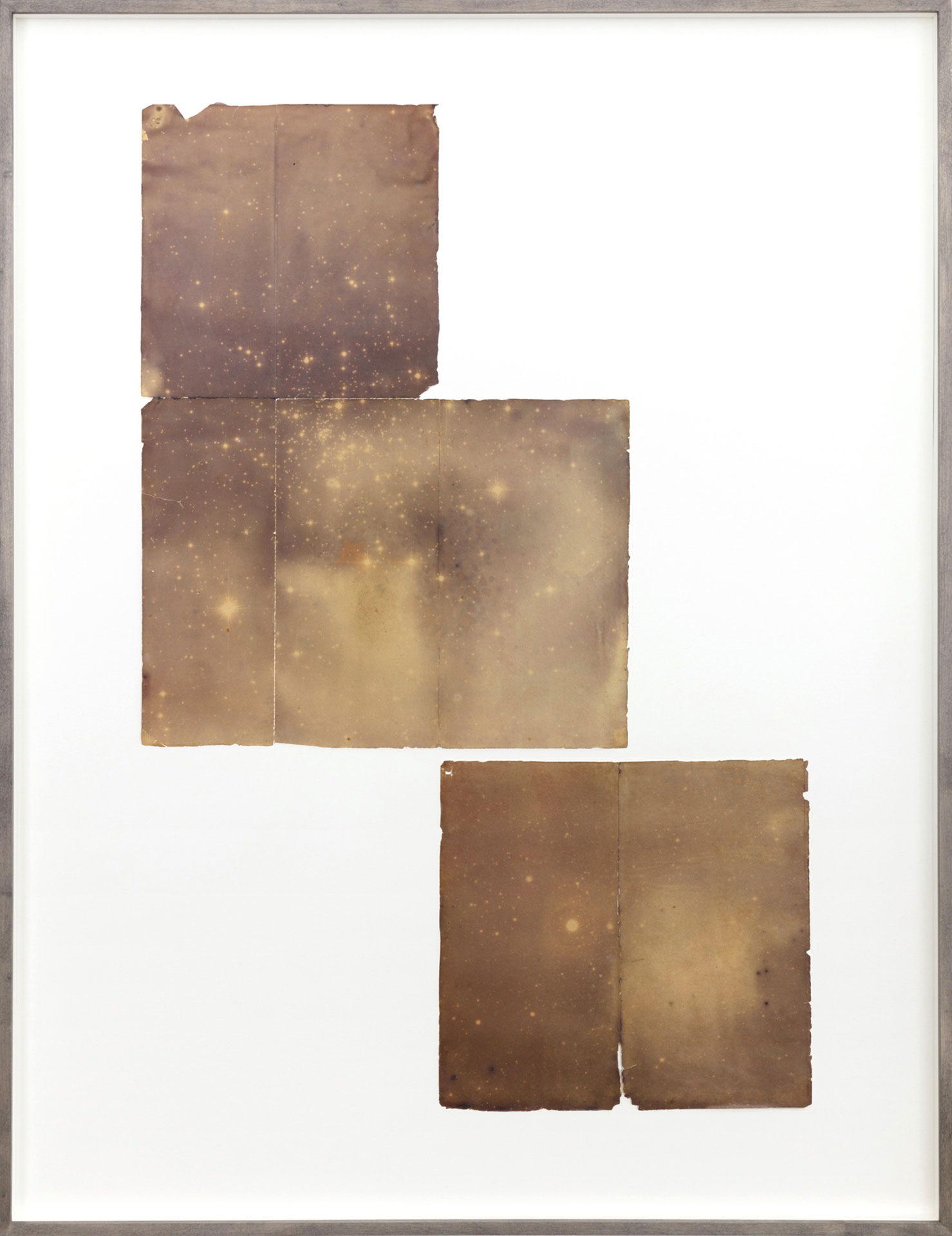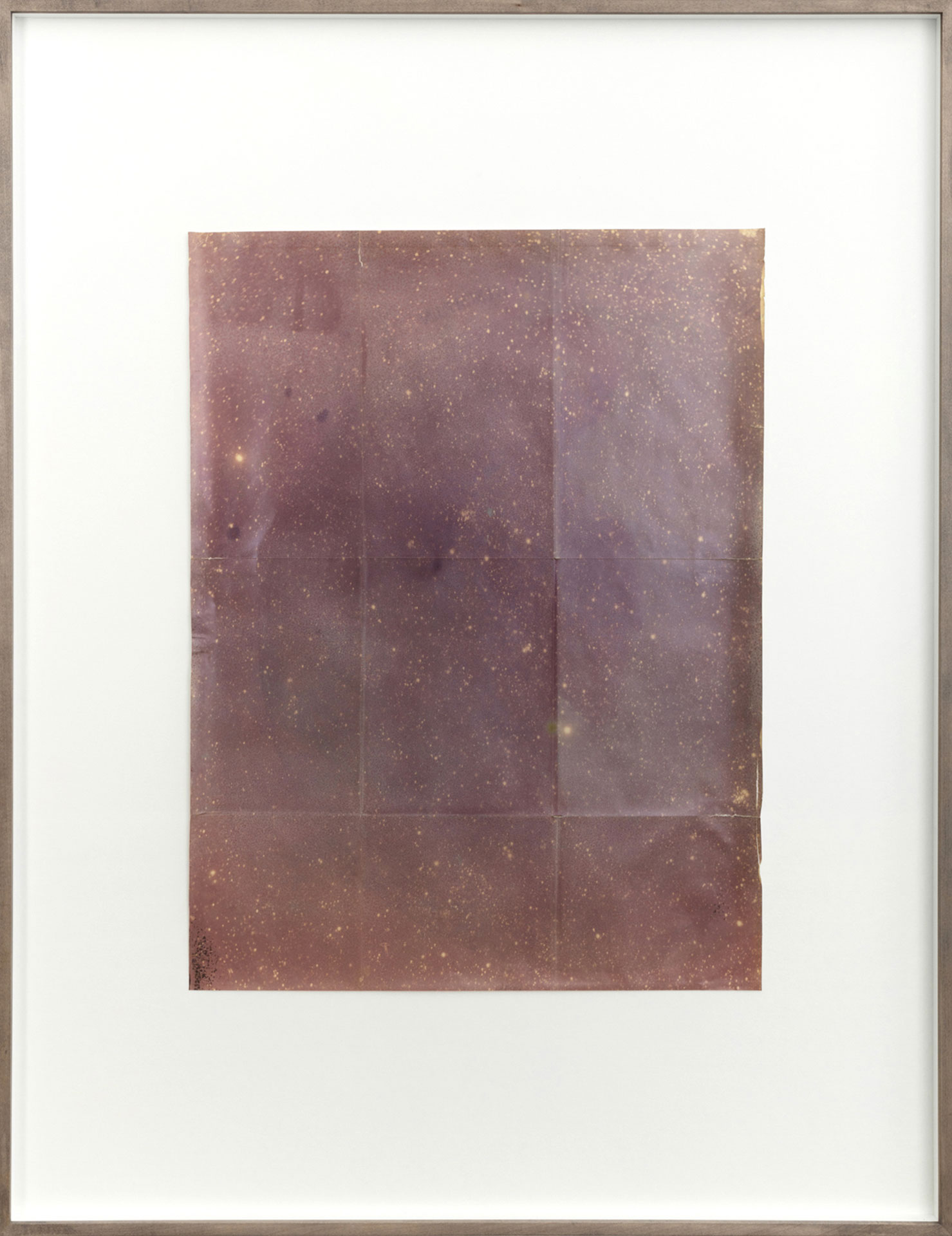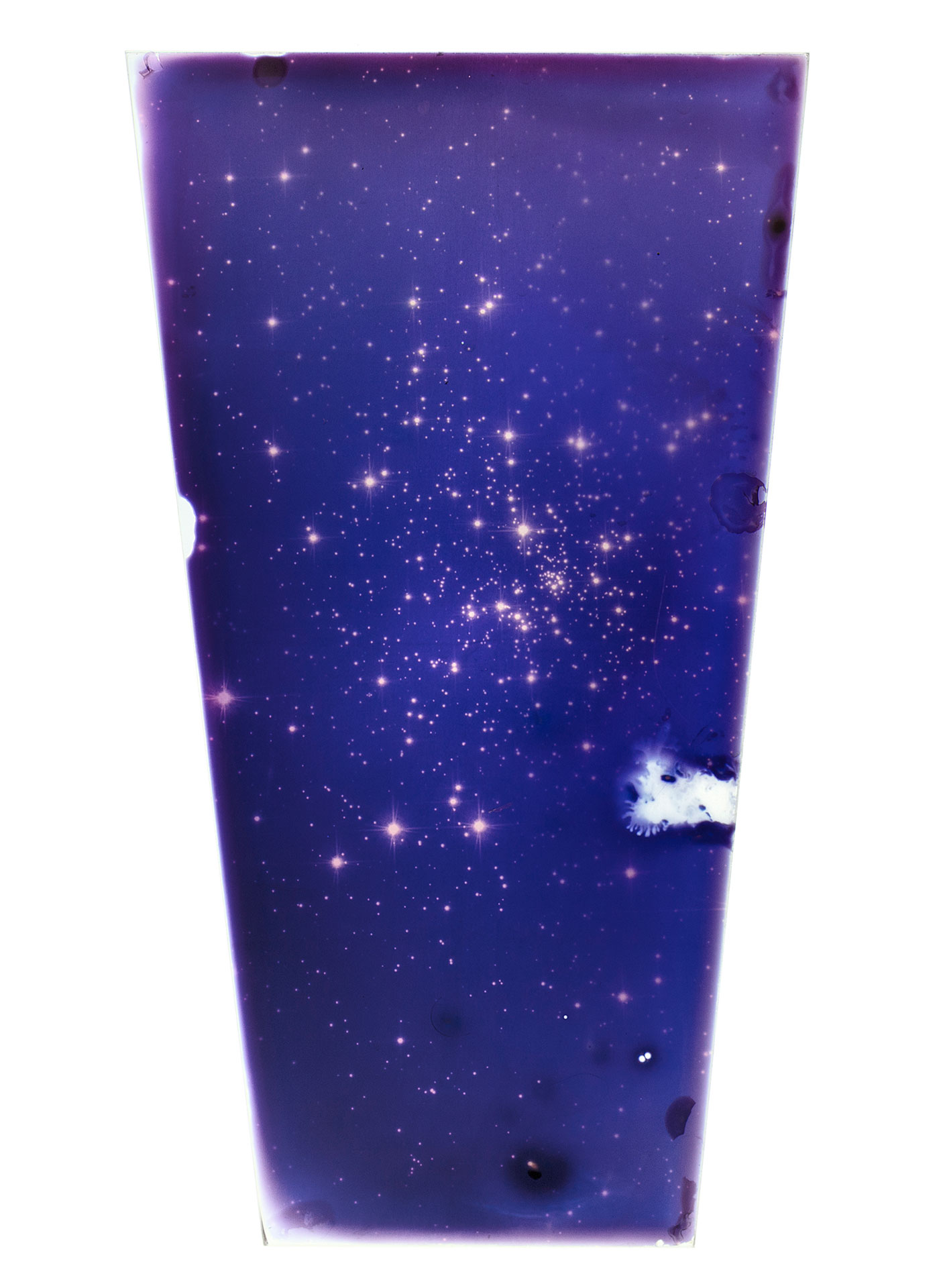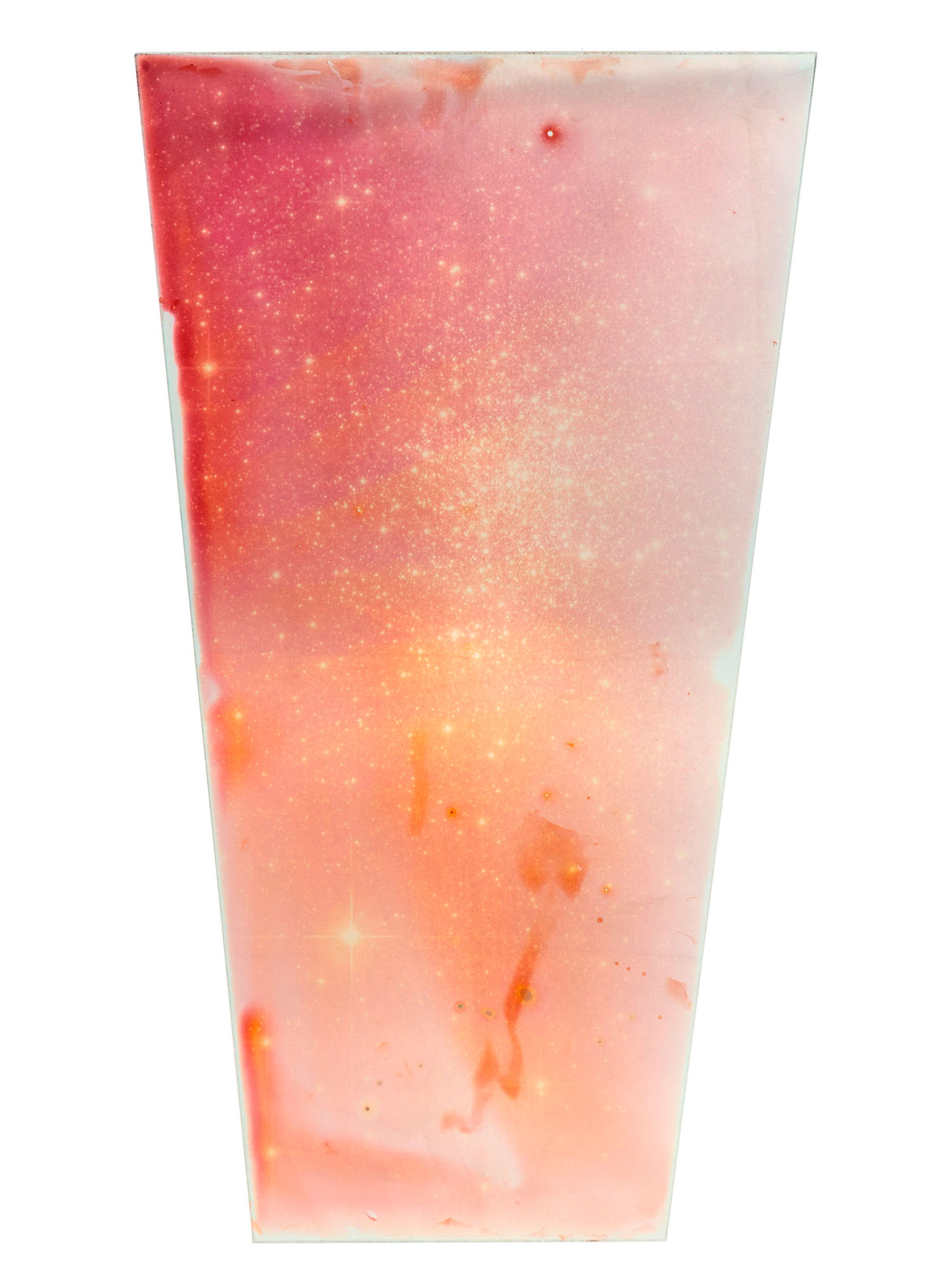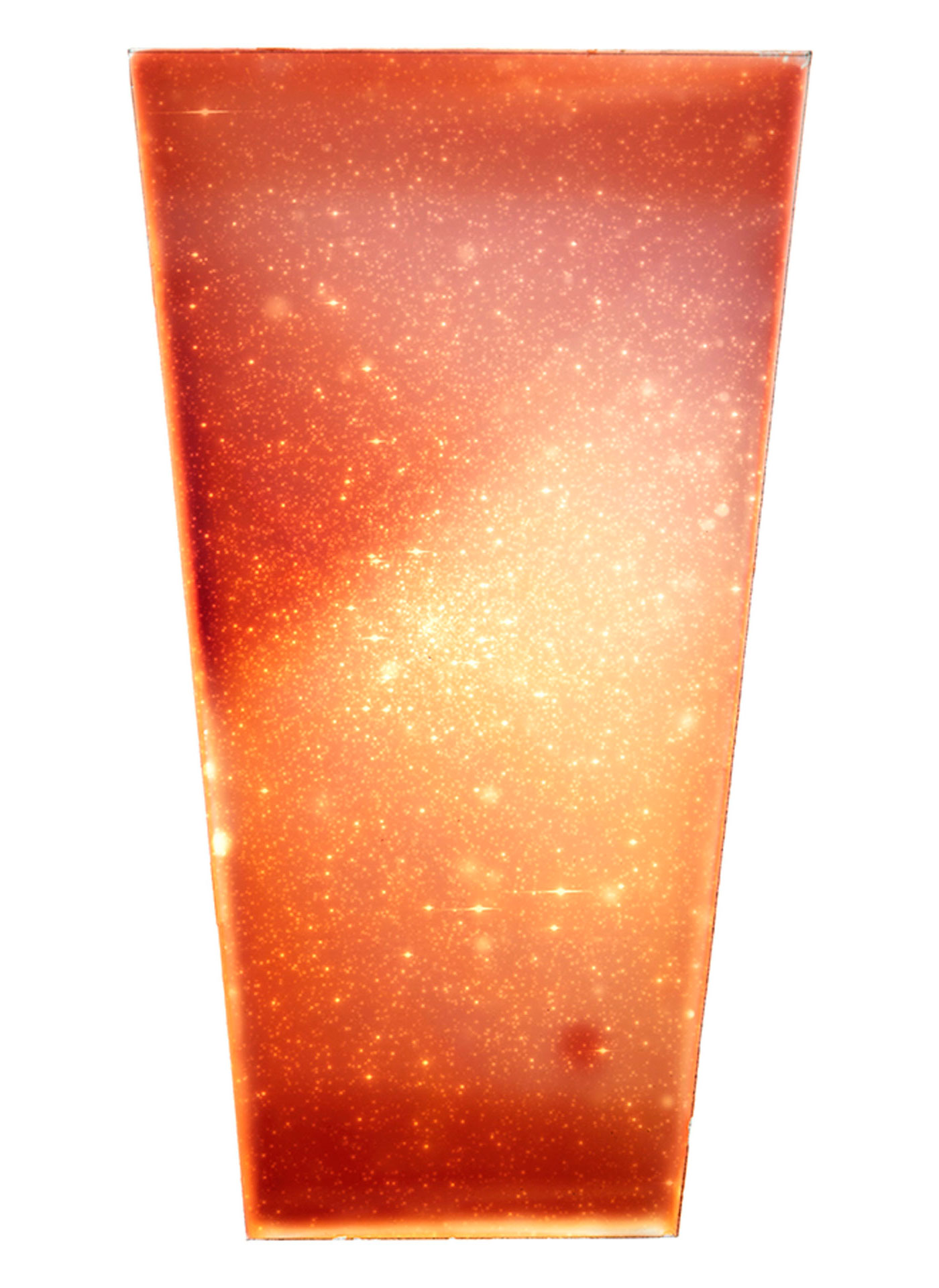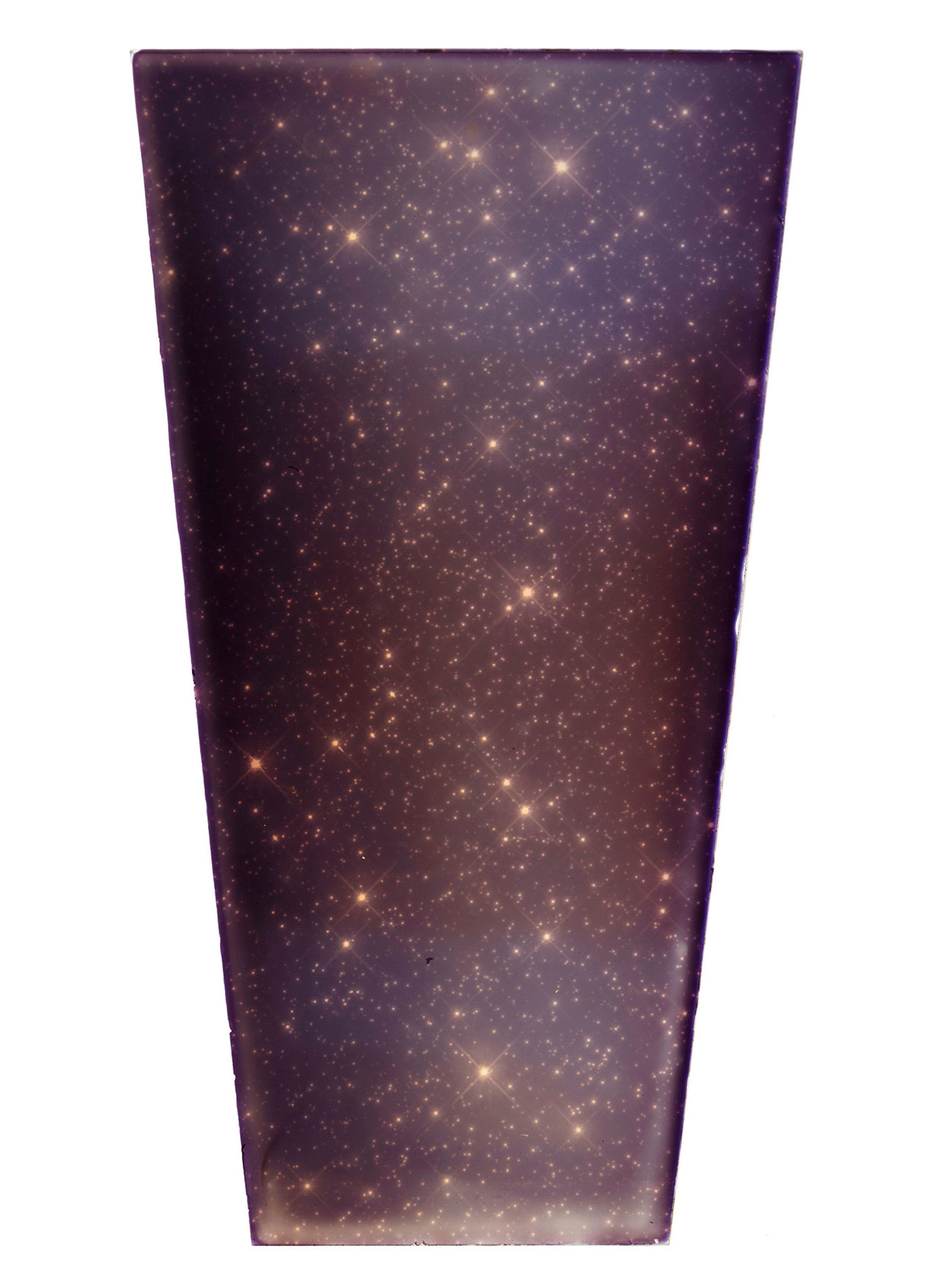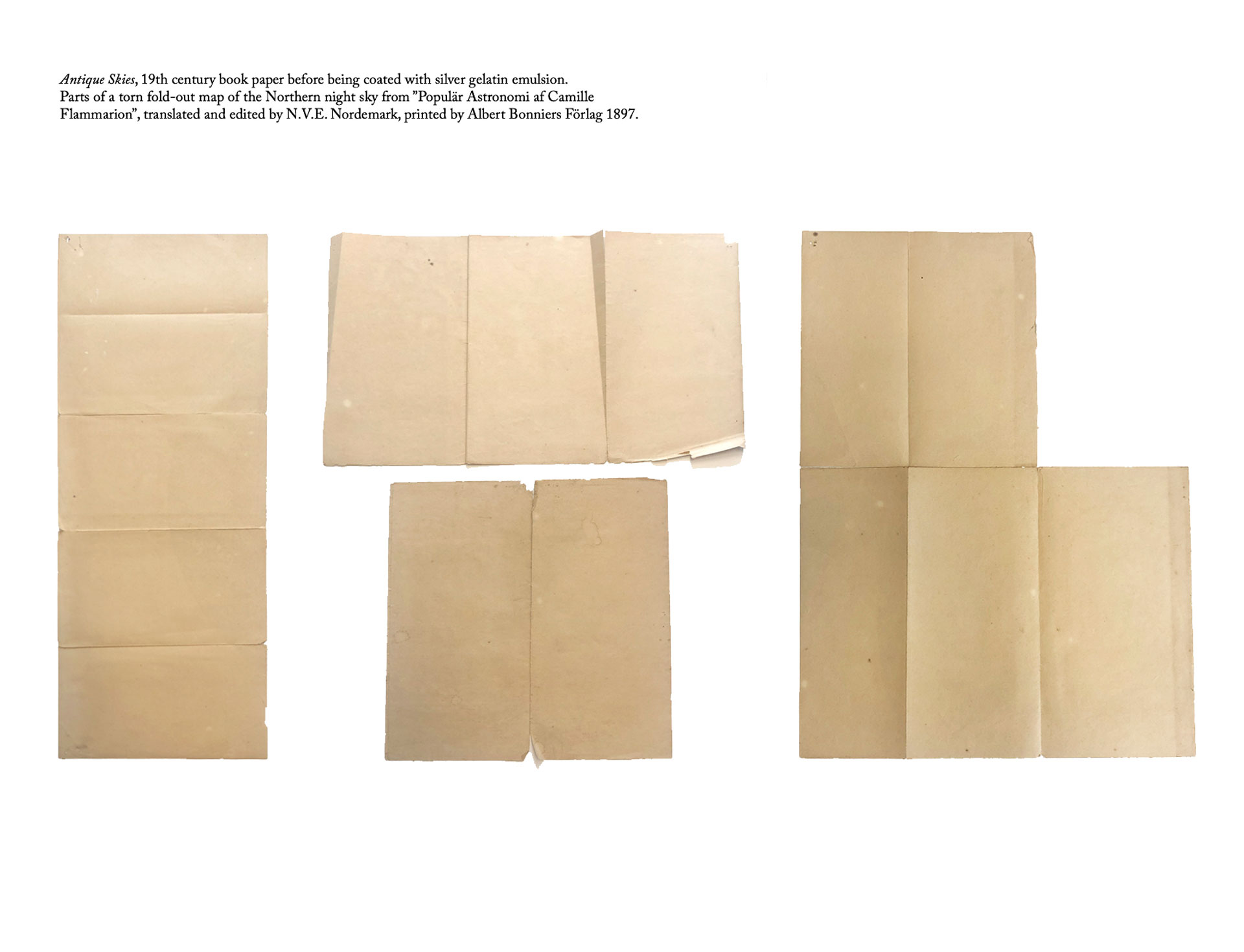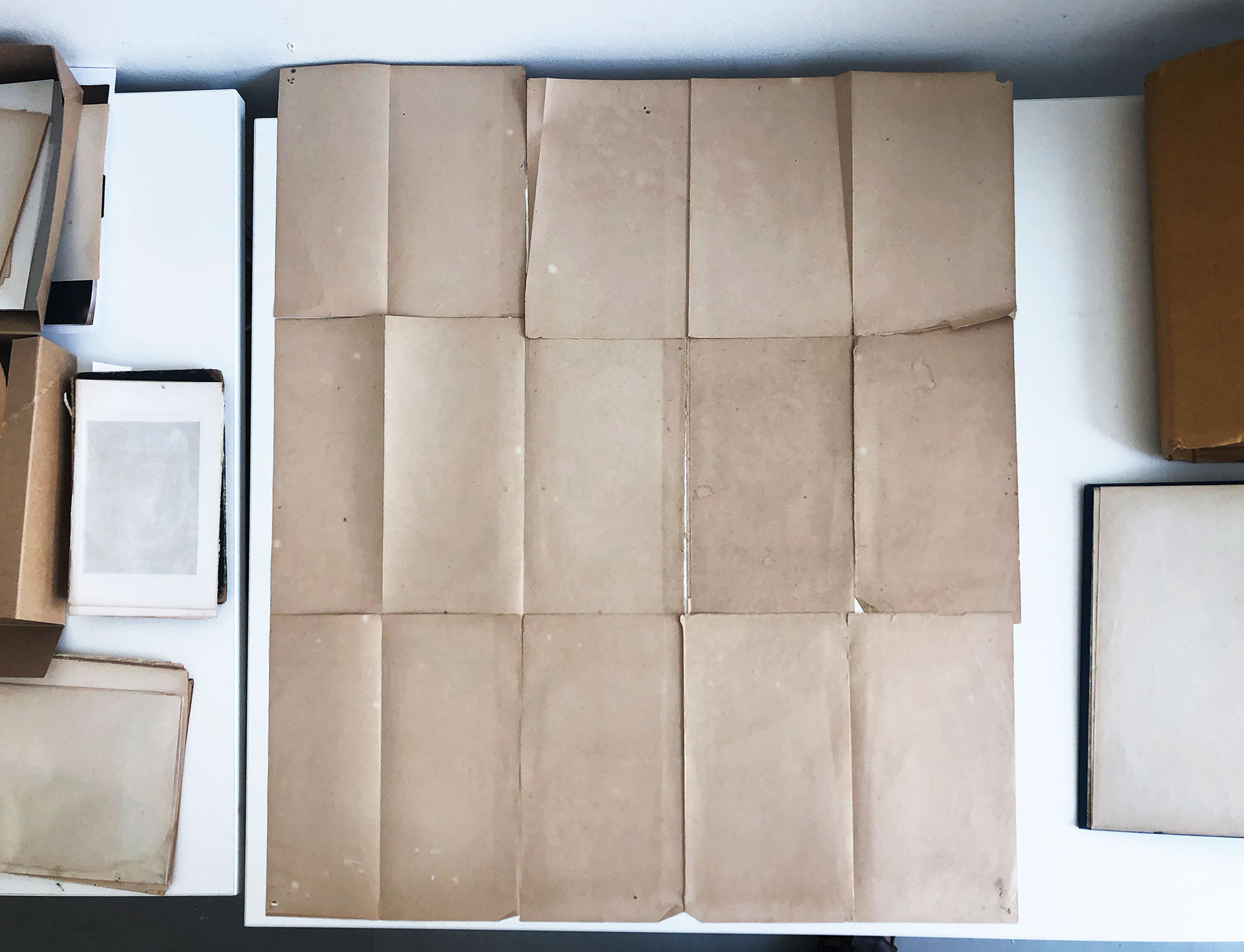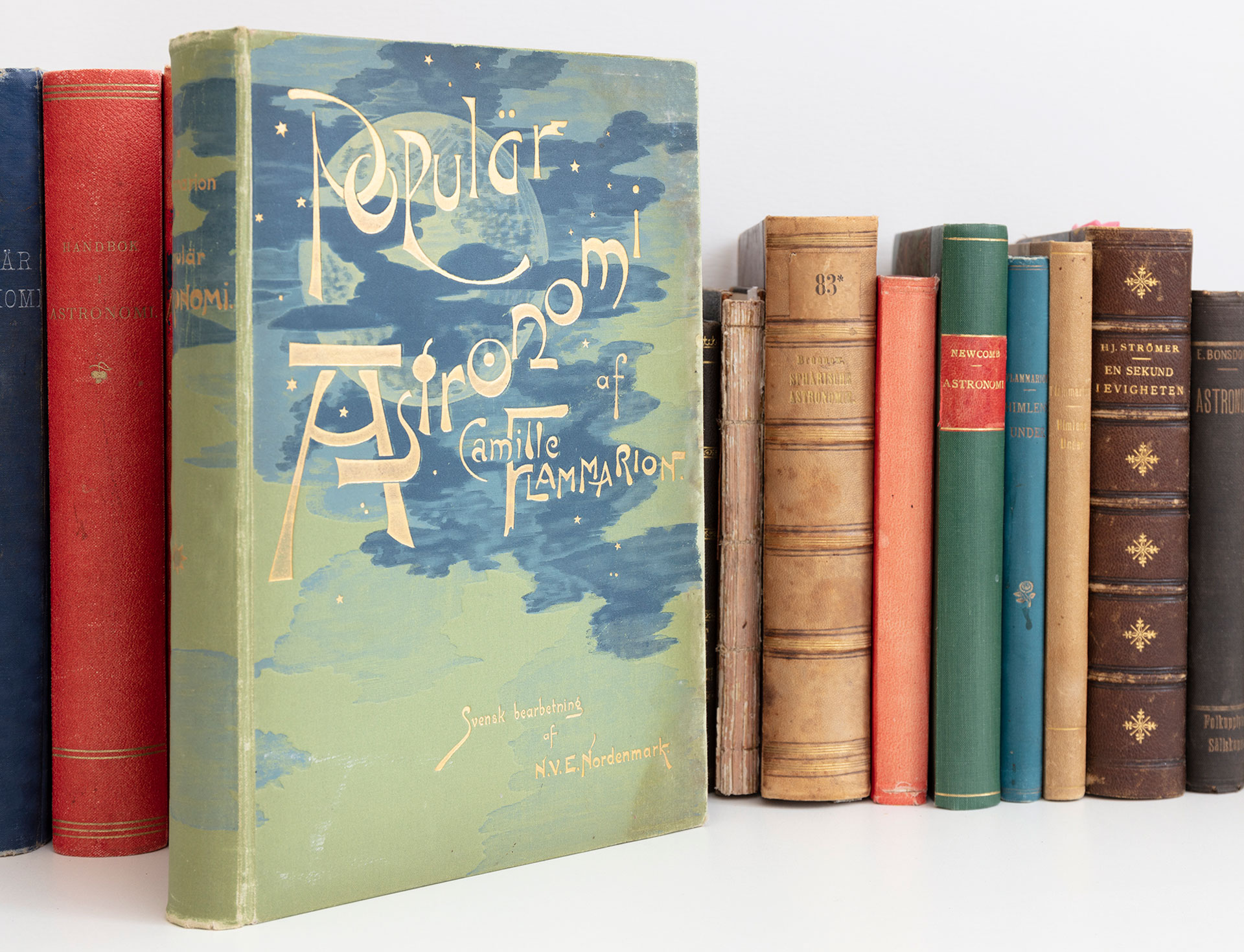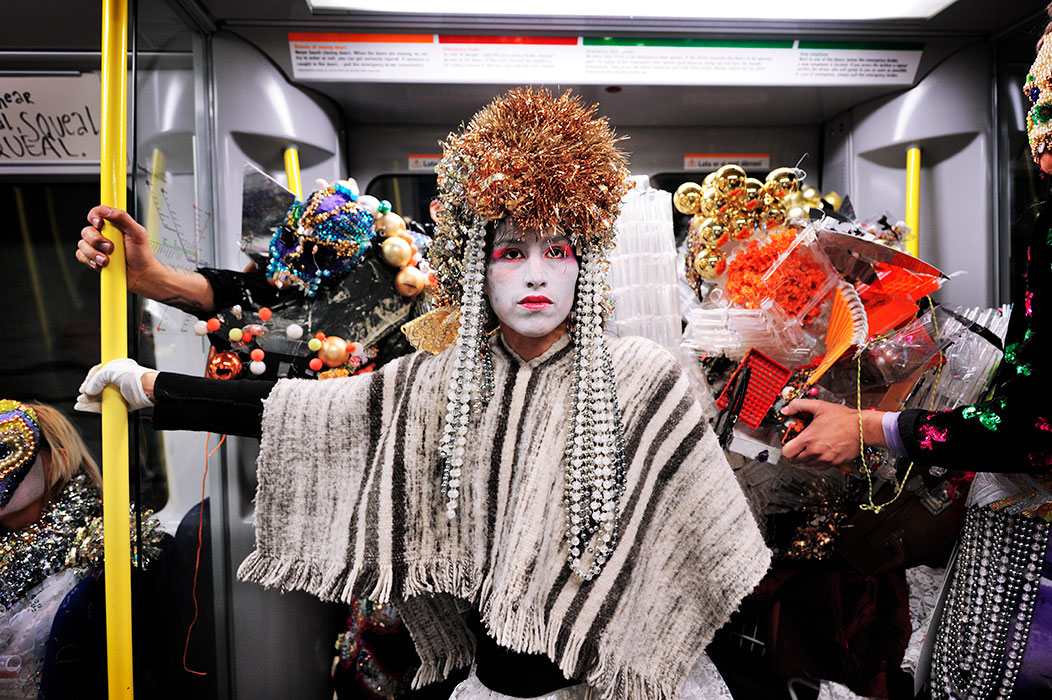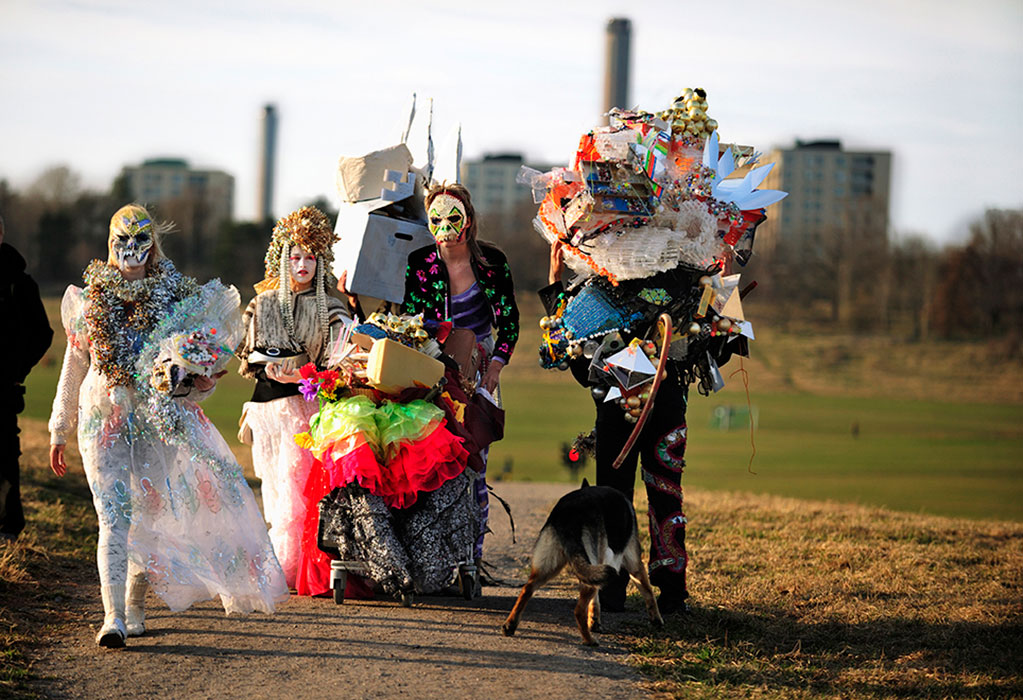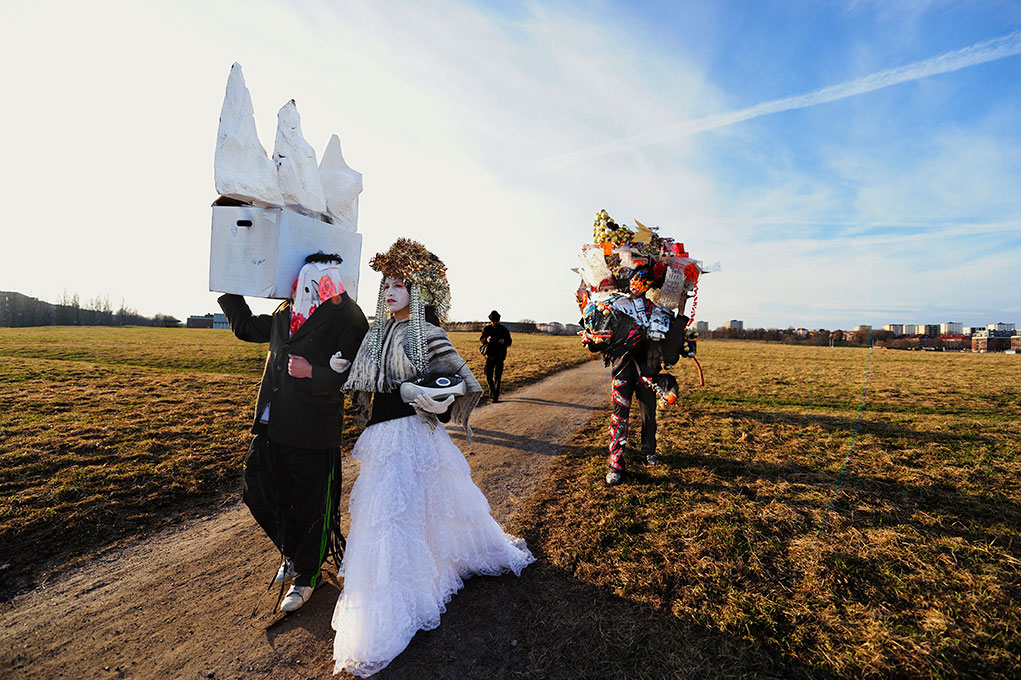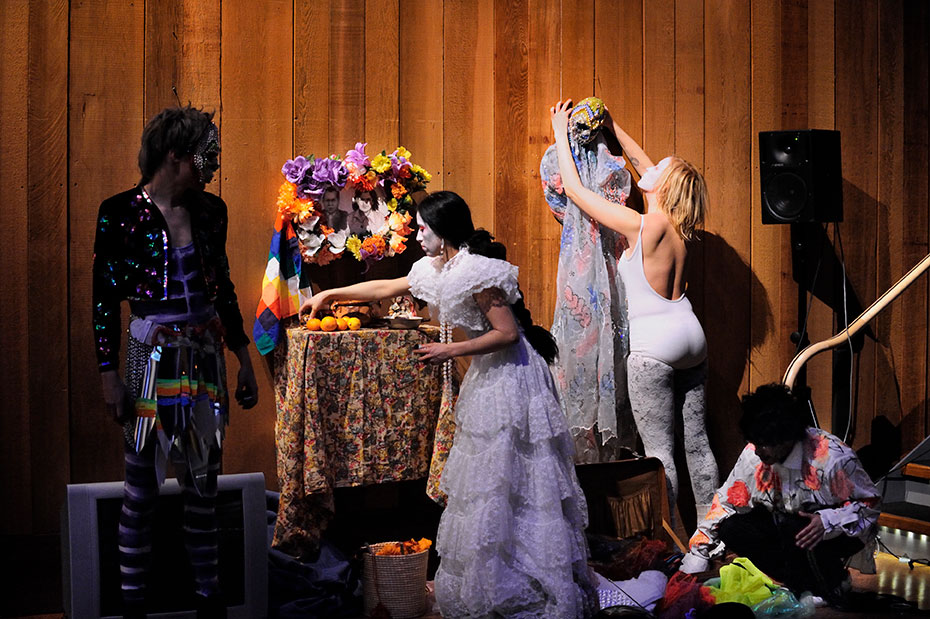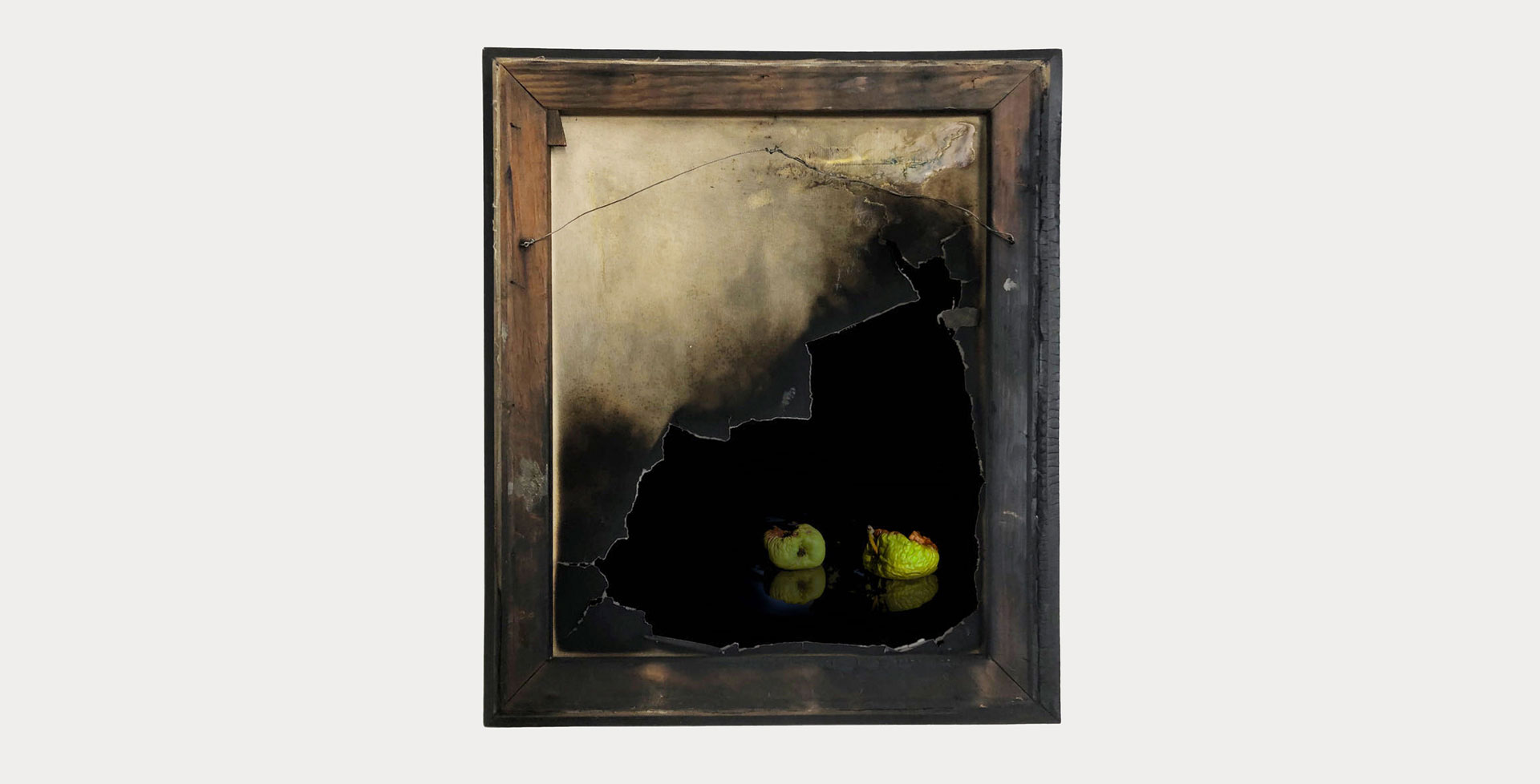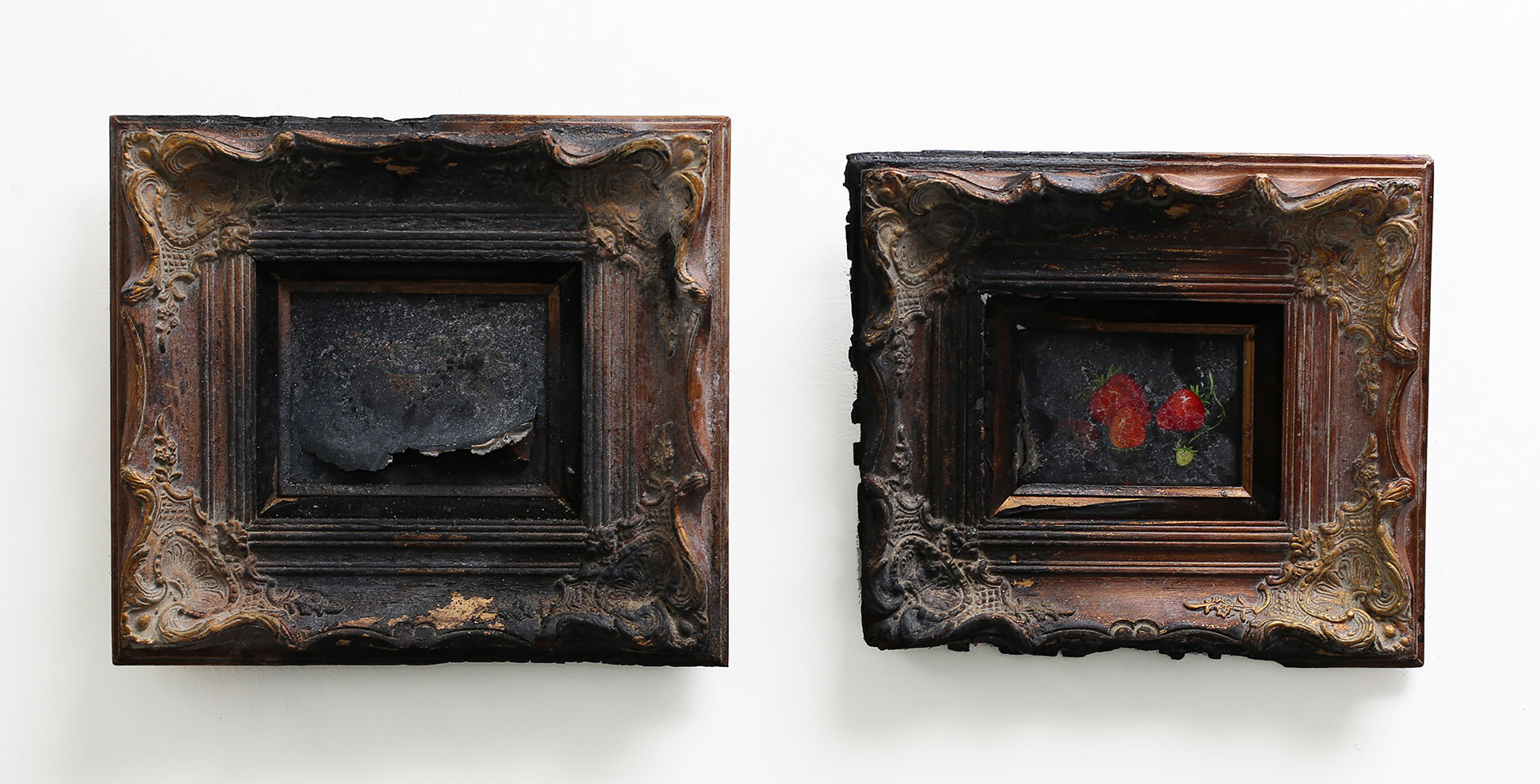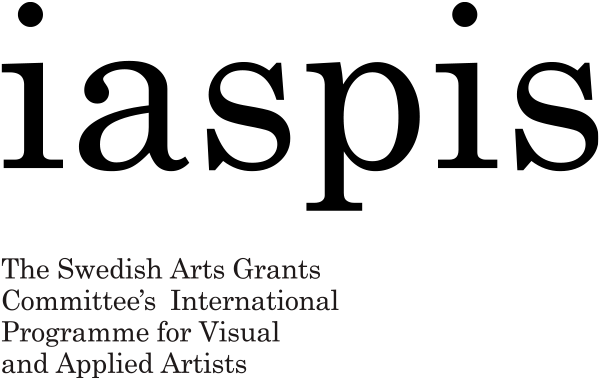Notes from Underground, 2019
Eglė Razumaitė (b. 1993)
19:00 min
Through a protagonist’s journey of self-discovery - two cities and the histories of their respective nations becomes contiguous. Paris and Vilnius explore the topic of social and territorial periphery. The film begins by addressing questions that remain central to urban planning and everyday life; how does the city develop, what are the dynamics of its planning, can we speak about certain laws that occur, how do territorial periphery correlate with social separation and what are the historical conditions behind such situations? By continuing the work on philosophical connection to the city, the artist follows post-modern french philosophy tradition and analyses the conditions in which suburbs around Paris have been formed, consistently seeking to juxtapose against the so called underground-Vilnius. The relationship between top and bottom, centre and periphery is the propulsion. The artist gently touches upon themes concerning post-colonial France and post-soviet Lithuania - the crisis of constructing national identity in Afro-French and Lithuanian-Russian communities. The film begins with an allegory of Djex and his friend, who discover a journey to find the source of indigo. Indigo as such, has no material content, but it refers to blue mood, the state of melancholy and even contains links to the blues music. Second character - the underground man in Vilnius, is based on F. Dostoevsky’s novel Notes from the Underground’ narrator’s persona, who has contradictory personality and constant desire for pain and unhappiness. The man appears at the underground hideout from where the delusion of self-assessment starts. The film is semi-documental, Djex Kolossal is a rapper from one of the harshest areas in Paris – Grigny, the unnamed character in Vilnius is based on multiple characters the artist met during her research at Lukiškių prison.
–
Film programme:
Daynighting curated by Ūla Tornau (LTU)
The programme is an extension of the multifaceted Kipras Dubauskas’ video installation Daynighting which is the most recent project curated by Ula Tornau and which recently was spreading in and over the venue and the rooftop of the Contemporary Art Centre building in Vilnius. The screening in IASPIS includes two films by Kipras Dubauskas and one by his colleague with whom he has been collaborating at different points of his career, the artist whose practice touches upon the subjects and perspectives explored in Kipras’ works.
Kipras Dubauskas’ work is characterised by an interest in the underground both geographically and urbanistically, as well as institutionally and politically. The artist explores neglected urban spaces and routes, such as underground tunnels of urban infrastructures that connect different parts of the city, or trails only known to specific groups or locals, or otherwise forgotten. In his practice, Dubauskas organises walks around these places, capturing film footage, which is later incorporated into his installations to create semi-fictional narratives and experiences. Underground territories are parallel urban spaces, which in the artist’s work turn into the unique poetics of institutional and social critique. Since 2010 Dubauskas has been particularly interested in the medium and history of the analogue cinema, integrating his films into the specific architectural and sculptural environments he creates. Diverse ways of collaboration and placemaking are important artistic strategies Kipras uses, often resulting in temporary or more permanent foundation and activation of specific communities.
Kipras Dubauskas (b. 1988) lives and works in Vilnius. He studied Installation at the Royal Academy of Ghent and Sculpture at the Vilnius Academy of Arts. The artist’s works have been presented in solo exhibitions at the CAC Vilnius (2020), POST Gallery in Kaunas (2019) and the Ex Elettrofonica Gallery in Rome (2018); and in the recent group exhibitions Waiting for Another Coming in Vilnius and Warsaw (2018),the 12th Baltic Triennial (2015), and Words aren’t the thing at the Contemporary Art Centre in Vilnius (2015); he regularly participates in film festivals, self-organised events in public spaces, and in exhibitions by other artists. Kipras Dubauskas is the founder of the “Spongé” analogue film laboratory collective.
Eglė Razumaitė (b. 1993) is an artist based in Vilnius, Lithuania. In 2016 she finished philosophy studies at Vilnius University, and in 2017 was a part of the Rupert art center alternative education programme. In 2019 she co-founded analog film studio Spongé.
Eglė Razumaitė (b. 1993)
19:00 min
Through a protagonist’s journey of self-discovery - two cities and the histories of their respective nations becomes contiguous. Paris and Vilnius explore the topic of social and territorial periphery. The film begins by addressing questions that remain central to urban planning and everyday life; how does the city develop, what are the dynamics of its planning, can we speak about certain laws that occur, how do territorial periphery correlate with social separation and what are the historical conditions behind such situations? By continuing the work on philosophical connection to the city, the artist follows post-modern french philosophy tradition and analyses the conditions in which suburbs around Paris have been formed, consistently seeking to juxtapose against the so called underground-Vilnius. The relationship between top and bottom, centre and periphery is the propulsion. The artist gently touches upon themes concerning post-colonial France and post-soviet Lithuania - the crisis of constructing national identity in Afro-French and Lithuanian-Russian communities. The film begins with an allegory of Djex and his friend, who discover a journey to find the source of indigo. Indigo as such, has no material content, but it refers to blue mood, the state of melancholy and even contains links to the blues music. Second character - the underground man in Vilnius, is based on F. Dostoevsky’s novel Notes from the Underground’ narrator’s persona, who has contradictory personality and constant desire for pain and unhappiness. The man appears at the underground hideout from where the delusion of self-assessment starts. The film is semi-documental, Djex Kolossal is a rapper from one of the harshest areas in Paris – Grigny, the unnamed character in Vilnius is based on multiple characters the artist met during her research at Lukiškių prison.
–
Film programme:
Daynighting curated by Ūla Tornau (LTU)
The programme is an extension of the multifaceted Kipras Dubauskas’ video installation Daynighting which is the most recent project curated by Ula Tornau and which recently was spreading in and over the venue and the rooftop of the Contemporary Art Centre building in Vilnius. The screening in IASPIS includes two films by Kipras Dubauskas and one by his colleague with whom he has been collaborating at different points of his career, the artist whose practice touches upon the subjects and perspectives explored in Kipras’ works.
Kipras Dubauskas’ work is characterised by an interest in the underground both geographically and urbanistically, as well as institutionally and politically. The artist explores neglected urban spaces and routes, such as underground tunnels of urban infrastructures that connect different parts of the city, or trails only known to specific groups or locals, or otherwise forgotten. In his practice, Dubauskas organises walks around these places, capturing film footage, which is later incorporated into his installations to create semi-fictional narratives and experiences. Underground territories are parallel urban spaces, which in the artist’s work turn into the unique poetics of institutional and social critique. Since 2010 Dubauskas has been particularly interested in the medium and history of the analogue cinema, integrating his films into the specific architectural and sculptural environments he creates. Diverse ways of collaboration and placemaking are important artistic strategies Kipras uses, often resulting in temporary or more permanent foundation and activation of specific communities.
Kipras Dubauskas (b. 1988) lives and works in Vilnius. He studied Installation at the Royal Academy of Ghent and Sculpture at the Vilnius Academy of Arts. The artist’s works have been presented in solo exhibitions at the CAC Vilnius (2020), POST Gallery in Kaunas (2019) and the Ex Elettrofonica Gallery in Rome (2018); and in the recent group exhibitions Waiting for Another Coming in Vilnius and Warsaw (2018),the 12th Baltic Triennial (2015), and Words aren’t the thing at the Contemporary Art Centre in Vilnius (2015); he regularly participates in film festivals, self-organised events in public spaces, and in exhibitions by other artists. Kipras Dubauskas is the founder of the “Spongé” analogue film laboratory collective.
Eglė Razumaitė (b. 1993) is an artist based in Vilnius, Lithuania. In 2016 she finished philosophy studies at Vilnius University, and in 2017 was a part of the Rupert art center alternative education programme. In 2019 she co-founded analog film studio Spongé.
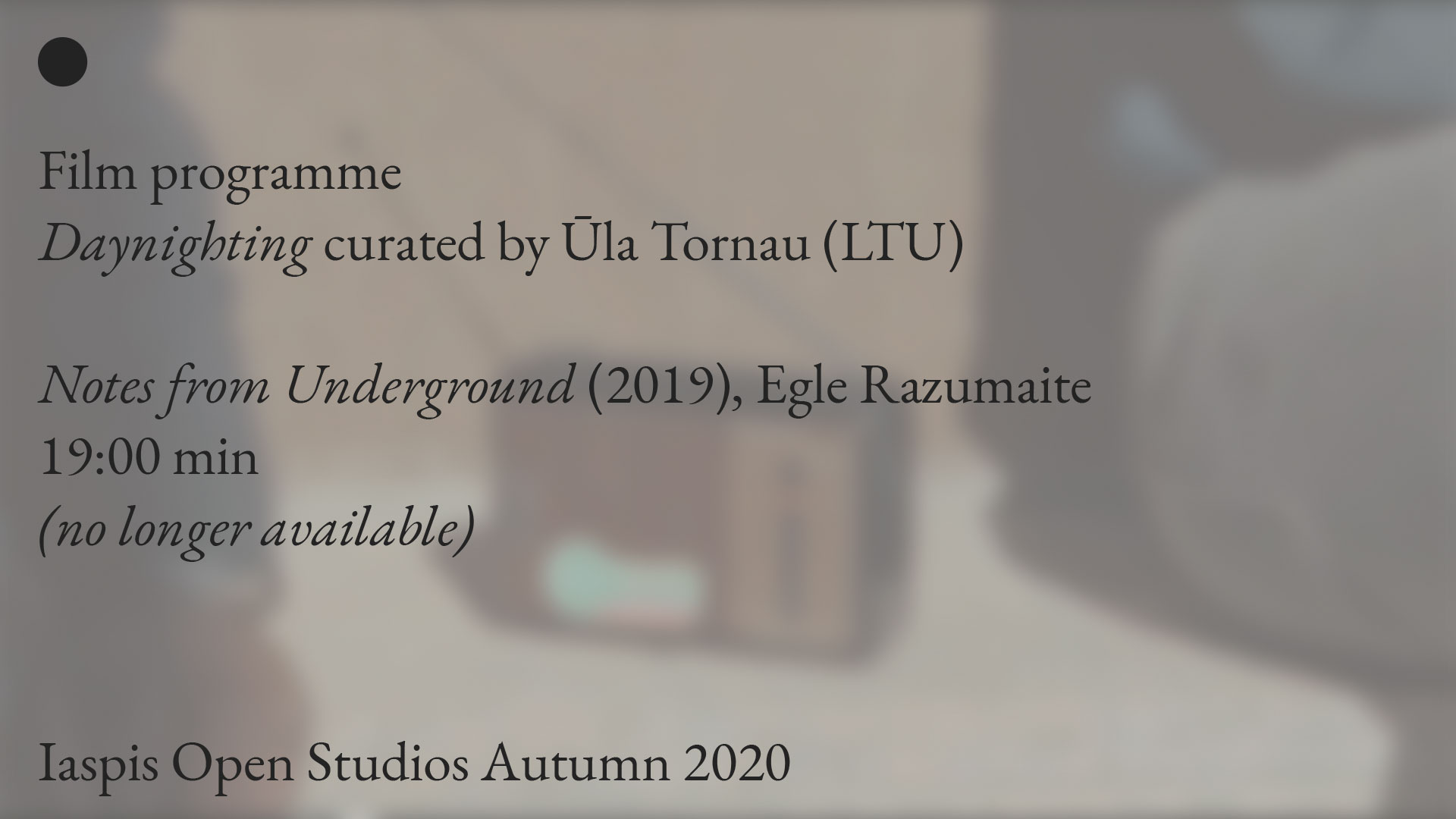
Film programme: Daynighting curated by Ūla Tornau (LTU)Notes from Underground (2019), Egle Razumaite, 19:00 min
Film programme:
Daynighting curated by Ūla Tornau (LTU)
The programme is an extension of the multifaceted Kipras Dubauskas’ video installation Daynighting which is the most recent project curated by Ula Tornau and which recently was spreading in and over the venue and the rooftop of the Contemporary Art Centre building in Vilnius. The screening in IASPIS includes two films by Kipras Dubauskas and one by his colleague with whom he has been collaborating at different points of his career, the artist whose practice touches upon the subjects and perspectives explored in Kipras’ works.
Kipras Dubauskas’ work is characterised by an interest in the underground both geographically and urbanistically, as well as institutionally and politically. The artist explores neglected urban spaces and routes, such as underground tunnels of urban infrastructures that connect different parts of the city, or trails only known to specific groups or locals, or otherwise forgotten. In his practice, Dubauskas organises walks around these places, capturing film footage, which is later incorporated into his installations to create semi-fictional narratives and experiences. Underground territories are parallel urban spaces, which in the artist’s work turn into the unique poetics of institutional and social critique. Since 2010 Dubauskas has been particularly interested in the medium and history of the analogue cinema, integrating his films into the specific architectural and sculptural environments he creates. Diverse ways of collaboration and placemaking are important artistic strategies Kipras uses, often resulting in temporary or more permanent foundation and activation of specific communities.
Kipras Dubauskas (b. 1988) lives and works in Vilnius. He studied Installation at the Royal Academy of Ghent and Sculpture at the Vilnius Academy of Arts. The artist’s works have been presented in solo exhibitions at the CAC Vilnius (2020), POST Gallery in Kaunas (2019) and the Ex Elettrofonica Gallery in Rome (2018); and in the recent group exhibitions Waiting for Another Coming in Vilnius and Warsaw (2018),the 12th Baltic Triennial (2015), and Words aren’t the thing at the Contemporary Art Centre in Vilnius (2015); he regularly participates in film festivals, self-organised events in public spaces, and in exhibitions by other artists. Kipras Dubauskas is the founder of the “Spongé” analogue film laboratory collective.
Eglė Razumaitė (b. 1993) is an artist based in Vilnius, Lithuania. In 2016 she finished philosophy studies at Vilnius University, and in 2017 was a part of the Rupert art center alternative education programme. In 2019 she co-founded analog film studio Spongé.
Daynighting curated by Ūla Tornau (LTU)
The programme is an extension of the multifaceted Kipras Dubauskas’ video installation Daynighting which is the most recent project curated by Ula Tornau and which recently was spreading in and over the venue and the rooftop of the Contemporary Art Centre building in Vilnius. The screening in IASPIS includes two films by Kipras Dubauskas and one by his colleague with whom he has been collaborating at different points of his career, the artist whose practice touches upon the subjects and perspectives explored in Kipras’ works.
Kipras Dubauskas’ work is characterised by an interest in the underground both geographically and urbanistically, as well as institutionally and politically. The artist explores neglected urban spaces and routes, such as underground tunnels of urban infrastructures that connect different parts of the city, or trails only known to specific groups or locals, or otherwise forgotten. In his practice, Dubauskas organises walks around these places, capturing film footage, which is later incorporated into his installations to create semi-fictional narratives and experiences. Underground territories are parallel urban spaces, which in the artist’s work turn into the unique poetics of institutional and social critique. Since 2010 Dubauskas has been particularly interested in the medium and history of the analogue cinema, integrating his films into the specific architectural and sculptural environments he creates. Diverse ways of collaboration and placemaking are important artistic strategies Kipras uses, often resulting in temporary or more permanent foundation and activation of specific communities.
Kipras Dubauskas (b. 1988) lives and works in Vilnius. He studied Installation at the Royal Academy of Ghent and Sculpture at the Vilnius Academy of Arts. The artist’s works have been presented in solo exhibitions at the CAC Vilnius (2020), POST Gallery in Kaunas (2019) and the Ex Elettrofonica Gallery in Rome (2018); and in the recent group exhibitions Waiting for Another Coming in Vilnius and Warsaw (2018),the 12th Baltic Triennial (2015), and Words aren’t the thing at the Contemporary Art Centre in Vilnius (2015); he regularly participates in film festivals, self-organised events in public spaces, and in exhibitions by other artists. Kipras Dubauskas is the founder of the “Spongé” analogue film laboratory collective.
Eglė Razumaitė (b. 1993) is an artist based in Vilnius, Lithuania. In 2016 she finished philosophy studies at Vilnius University, and in 2017 was a part of the Rupert art center alternative education programme. In 2019 she co-founded analog film studio Spongé.
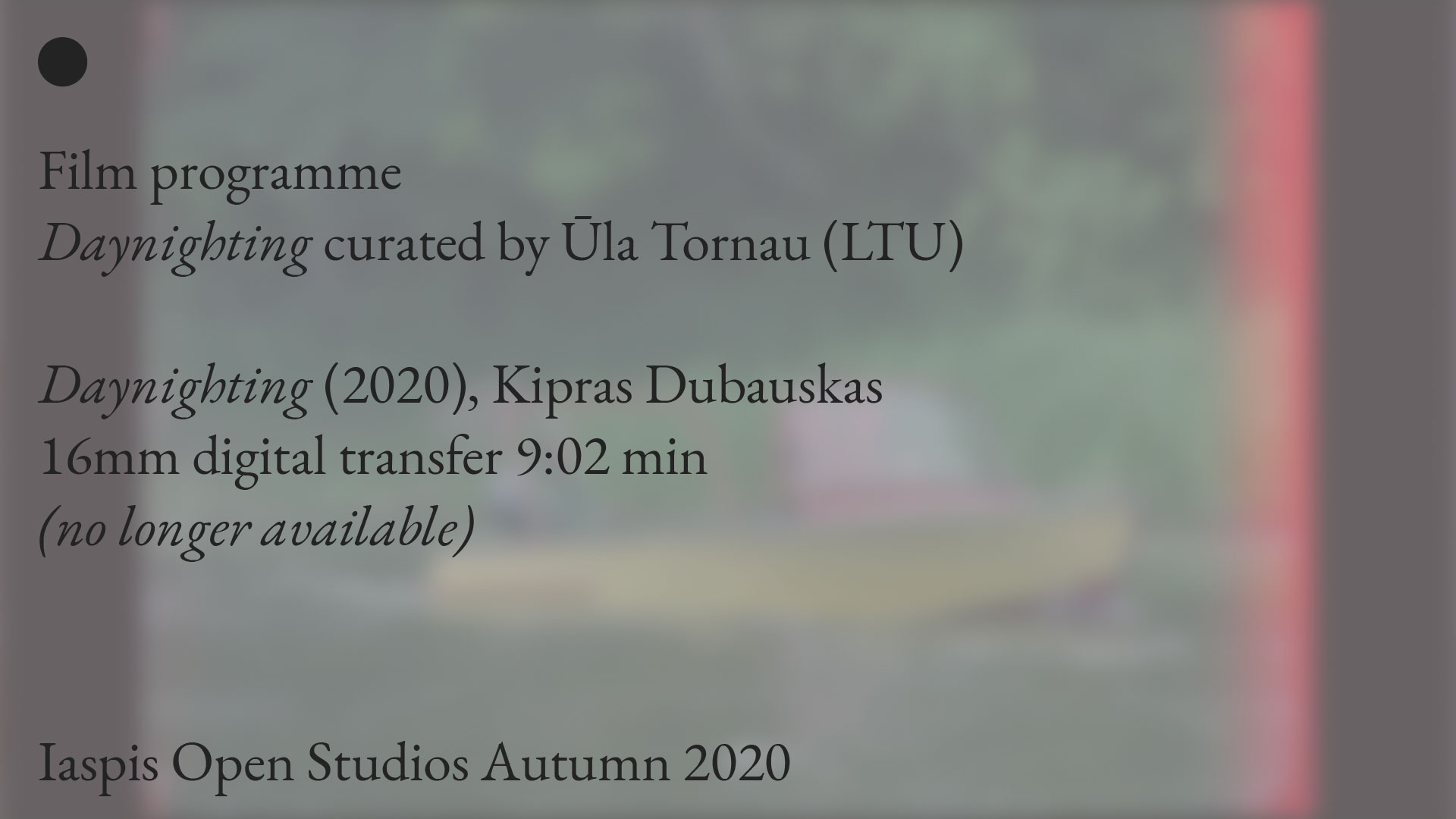
Film programme: Daynighting curated by Ūla Tornau (LTU)Daynighting (2020), Kipras Dubauskas, 16mm digital transfer 9:02 min
Film programme:
Daynighting curated by Ūla Tornau (LTU)
The programme is an extension of the multifaceted Kipras Dubauskas’ video installation Daynighting which is the most recent project curated by Ula Tornau and which recently was spreading in and over the venue and the rooftop of the Contemporary Art Centre building in Vilnius. The screening in IASPIS includes two films by Kipras Dubauskas and one by his colleague with whom he has been collaborating at different points of his career, the artist whose practice touches upon the subjects and perspectives explored in Kipras’ works.
Kipras Dubauskas’ work is characterised by an interest in the underground both geographically and urbanistically, as well as institutionally and politically. The artist explores neglected urban spaces and routes, such as underground tunnels of urban infrastructures that connect different parts of the city, or trails only known to specific groups or locals, or otherwise forgotten. In his practice, Dubauskas organises walks around these places, capturing film footage, which is later incorporated into his installations to create semi-fictional narratives and experiences. Underground territories are parallel urban spaces, which in the artist’s work turn into the unique poetics of institutional and social critique. Since 2010 Dubauskas has been particularly interested in the medium and history of the analogue cinema, integrating his films into the specific architectural and sculptural environments he creates. Diverse ways of collaboration and placemaking are important artistic strategies Kipras uses, often resulting in temporary or more permanent foundation and activation of specific communities.
Kipras Dubauskas (b. 1988) lives and works in Vilnius. He studied Installation at the Royal Academy of Ghent and Sculpture at the Vilnius Academy of Arts. The artist’s works have been presented in solo exhibitions at the CAC Vilnius (2020), POST Gallery in Kaunas (2019) and the Ex Elettrofonica Gallery in Rome (2018); and in the recent group exhibitions Waiting for Another Coming in Vilnius and Warsaw (2018),the 12th Baltic Triennial (2015), and Words aren’t the thing at the Contemporary Art Centre in Vilnius (2015); he regularly participates in film festivals, self-organised events in public spaces, and in exhibitions by other artists. Kipras Dubauskas is the founder of the “Spongé” analogue film laboratory collective.
Eglė Razumaitė (b. 1993) is an artist based in Vilnius, Lithuania. In 2016 she finished philosophy studies at Vilnius University, and in 2017 was a part of the Rupert art center alternative education programme. In 2019 she co-founded analog film studio Spongé.
Daynighting curated by Ūla Tornau (LTU)
The programme is an extension of the multifaceted Kipras Dubauskas’ video installation Daynighting which is the most recent project curated by Ula Tornau and which recently was spreading in and over the venue and the rooftop of the Contemporary Art Centre building in Vilnius. The screening in IASPIS includes two films by Kipras Dubauskas and one by his colleague with whom he has been collaborating at different points of his career, the artist whose practice touches upon the subjects and perspectives explored in Kipras’ works.
Kipras Dubauskas’ work is characterised by an interest in the underground both geographically and urbanistically, as well as institutionally and politically. The artist explores neglected urban spaces and routes, such as underground tunnels of urban infrastructures that connect different parts of the city, or trails only known to specific groups or locals, or otherwise forgotten. In his practice, Dubauskas organises walks around these places, capturing film footage, which is later incorporated into his installations to create semi-fictional narratives and experiences. Underground territories are parallel urban spaces, which in the artist’s work turn into the unique poetics of institutional and social critique. Since 2010 Dubauskas has been particularly interested in the medium and history of the analogue cinema, integrating his films into the specific architectural and sculptural environments he creates. Diverse ways of collaboration and placemaking are important artistic strategies Kipras uses, often resulting in temporary or more permanent foundation and activation of specific communities.
Kipras Dubauskas (b. 1988) lives and works in Vilnius. He studied Installation at the Royal Academy of Ghent and Sculpture at the Vilnius Academy of Arts. The artist’s works have been presented in solo exhibitions at the CAC Vilnius (2020), POST Gallery in Kaunas (2019) and the Ex Elettrofonica Gallery in Rome (2018); and in the recent group exhibitions Waiting for Another Coming in Vilnius and Warsaw (2018),the 12th Baltic Triennial (2015), and Words aren’t the thing at the Contemporary Art Centre in Vilnius (2015); he regularly participates in film festivals, self-organised events in public spaces, and in exhibitions by other artists. Kipras Dubauskas is the founder of the “Spongé” analogue film laboratory collective.
Eglė Razumaitė (b. 1993) is an artist based in Vilnius, Lithuania. In 2016 she finished philosophy studies at Vilnius University, and in 2017 was a part of the Rupert art center alternative education programme. In 2019 she co-founded analog film studio Spongé.
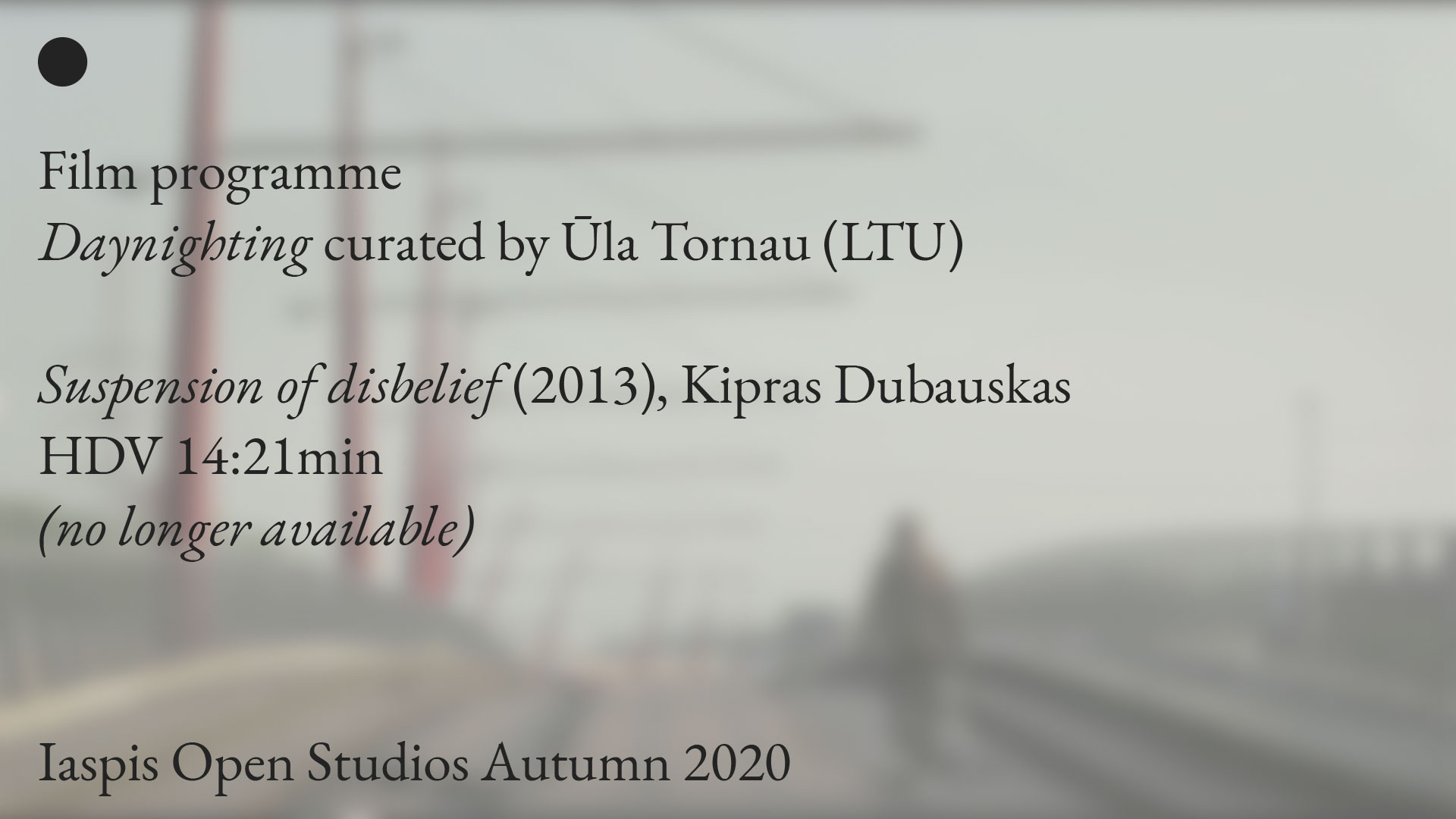
Film programme: Daynighting curated by Ūla Tornau (LTU)Suspension of disbelief (2013), Kipras Dubauskas, HDV 14:21min
INTRODUCTIONCurator Ūla Tornau (LTU) speaks about the film programme Daynighting, and her curatorial practice.
CONVERSATION (in Swedish)Artist Adéle Essle Zeiss (SWE) in dialogue with choreographer Malin Elgán (SWE). #gravitation #bodies #freedom #automacy
Video documentation Stefan Wrenfelt
Adéle Essle ZeissThe progress of a new performance. Dancers: Olivia Hansson, Nea Landin and Hanna Åhs
Participants Kajsa Nilsson, Hanna Åhs and Natalie Petrov.
In Fält, artist Adèle Essle Zeiss experiments with the body's potential to balance in a horizontal position. She examines whether it could be possible to accustom the body to other ways of distributing weight, than when staying upright.
The balance is a fully automatic system we learn, adapt and store in our bodies. It is not possible to control the balance on purpose. The weights used in Fält must be adjusted one at a time to get the whole performing body in total balance; the hips are counterweighted against a whole sack of concrete and the head against a smaller bag.
In Swedish: Vi utsätter kropparna för en ny situation när vi balanserar liggande på upphängda reglar. Delar av kroppen vägs en i taget mot betongsäckar för att till slut få hela kroppen i jämvikt. Det är svårt att veta på förhand hur en del kommer att påverka jämvikten i hela kroppen och vikterna får justeras om efter hand. Balanssystemet är helautomatiskt; inlärt, anpassat efter omgivningen och lagrat i kroppen. Det går inte att styra med vilja. Under tiden som verket varar anpassar sig kropparna till den nya balanssituationen.
In Fält, artist Adèle Essle Zeiss experiments with the body's potential to balance in a horizontal position. She examines whether it could be possible to accustom the body to other ways of distributing weight, than when staying upright.
The balance is a fully automatic system we learn, adapt and store in our bodies. It is not possible to control the balance on purpose. The weights used in Fält must be adjusted one at a time to get the whole performing body in total balance; the hips are counterweighted against a whole sack of concrete and the head against a smaller bag.
In Swedish: Vi utsätter kropparna för en ny situation när vi balanserar liggande på upphängda reglar. Delar av kroppen vägs en i taget mot betongsäckar för att till slut få hela kroppen i jämvikt. Det är svårt att veta på förhand hur en del kommer att påverka jämvikten i hela kroppen och vikterna får justeras om efter hand. Balanssystemet är helautomatiskt; inlärt, anpassat efter omgivningen och lagrat i kroppen. Det går inte att styra med vilja. Under tiden som verket varar anpassar sig kropparna till den nya balanssituationen.
Adéle Essle ZeissFält, 2:40 min, video documentation Alexis Zeiss, 2019
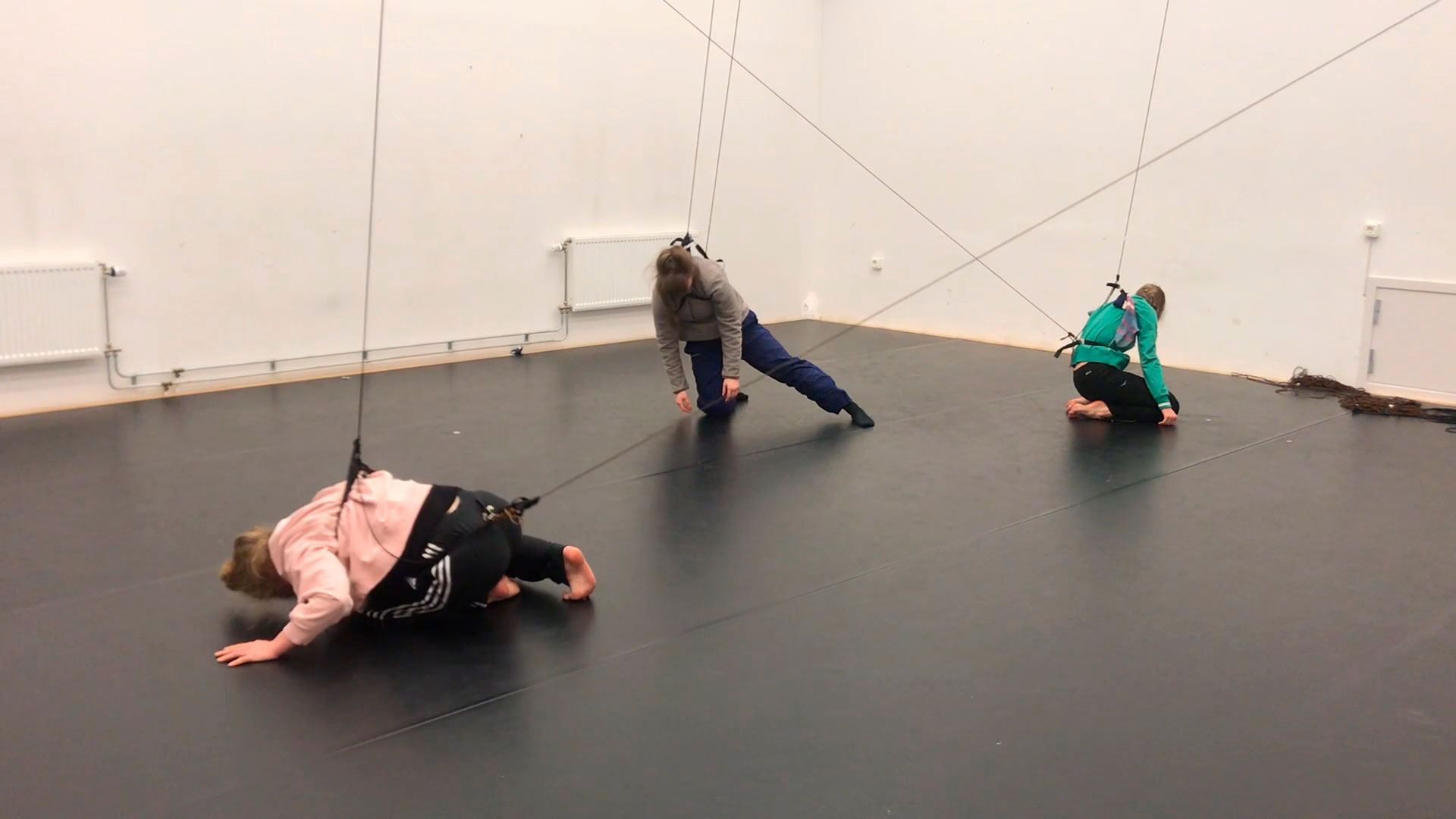
Adéle Essle Zeisswork in progress, still image from video documentation, 2020.
Inside the ear, in three arched canals floats a viscous fluid with a slightly delayed movement. It is the relative movement that occurs when the head moves that the cells in the organ register.
In order to stand still, we have to be in constant motion, shifting our weight between the soles of our feet. We parry the movements of the earth and the involuntary movements of our own body. It is an automatic system - learned, adapted to the surrounding and stored within the body. It can’t be controlled by will force. Balancing well, therefore, requires to remain in a focused but at the same time unfixed state.
The experience of the weight of the body is internal. It’s a property inaccessible to anyone but yourself, one that is not constructed in the encounter with the other.
The bags of concrete often start to leak, and before each performance, we have to adjust them to recalibrate an exact ballast. It is like tuning a giant instrument according to the weight of the bodies. It is also a crass weighing of bodies against a crude industrial material. The wires are tightened, the planks bend, and the legs soon start to get numb. The bodies navigate according to the instant downward force of gravity in order to remain upright.
The title, Statolit, is the Swedish word for a small grit which certain aquatic invertebrates and plants insert into their balance organ. Because a statolith is always pulled down by gravity, it allows for these beings to orientate themselves toward the surface.
In order to stand still, we have to be in constant motion, shifting our weight between the soles of our feet. We parry the movements of the earth and the involuntary movements of our own body. It is an automatic system - learned, adapted to the surrounding and stored within the body. It can’t be controlled by will force. Balancing well, therefore, requires to remain in a focused but at the same time unfixed state.
The experience of the weight of the body is internal. It’s a property inaccessible to anyone but yourself, one that is not constructed in the encounter with the other.
The bags of concrete often start to leak, and before each performance, we have to adjust them to recalibrate an exact ballast. It is like tuning a giant instrument according to the weight of the bodies. It is also a crass weighing of bodies against a crude industrial material. The wires are tightened, the planks bend, and the legs soon start to get numb. The bodies navigate according to the instant downward force of gravity in order to remain upright.
The title, Statolit, is the Swedish word for a small grit which certain aquatic invertebrates and plants insert into their balance organ. Because a statolith is always pulled down by gravity, it allows for these beings to orientate themselves toward the surface.
Adéle Essle ZeissStatolit, 2:29 min, video documentation, 2018. Filmed by Alexis Zeiss.
Participants Kajsa Nilsson, Hanna Åhs and Natalie Petrov.
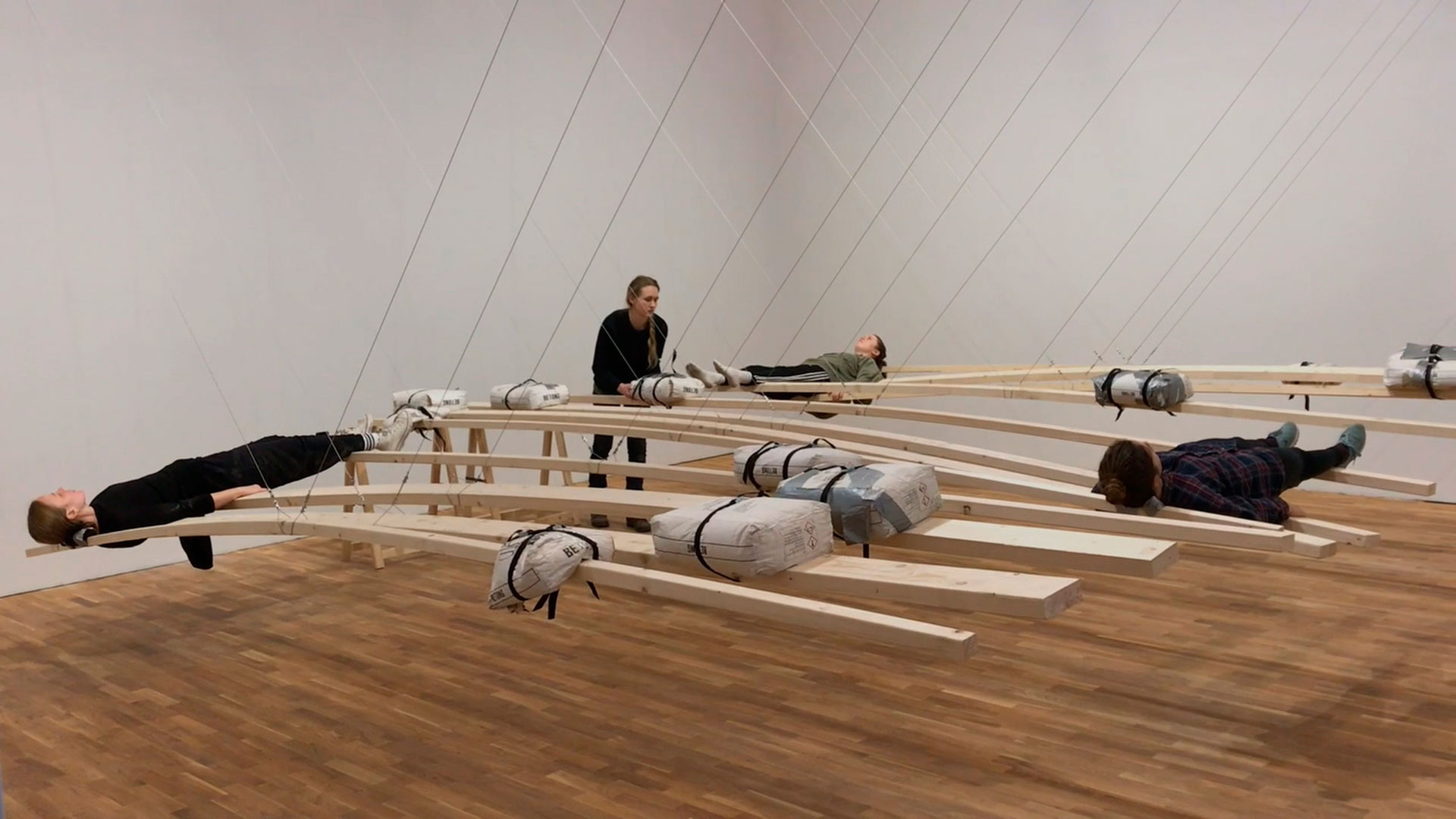
Adéle Essle ZeissFält, 2:40 min, still image from video documentation Alexis Zeiss, 2019
#romanticism #details #passion #thesoul
CONVERSATION (in Swedish)Artist Niklas Holmgren (SWE) in dialogue with journalist and radio host Eric Schüldt (SWE).
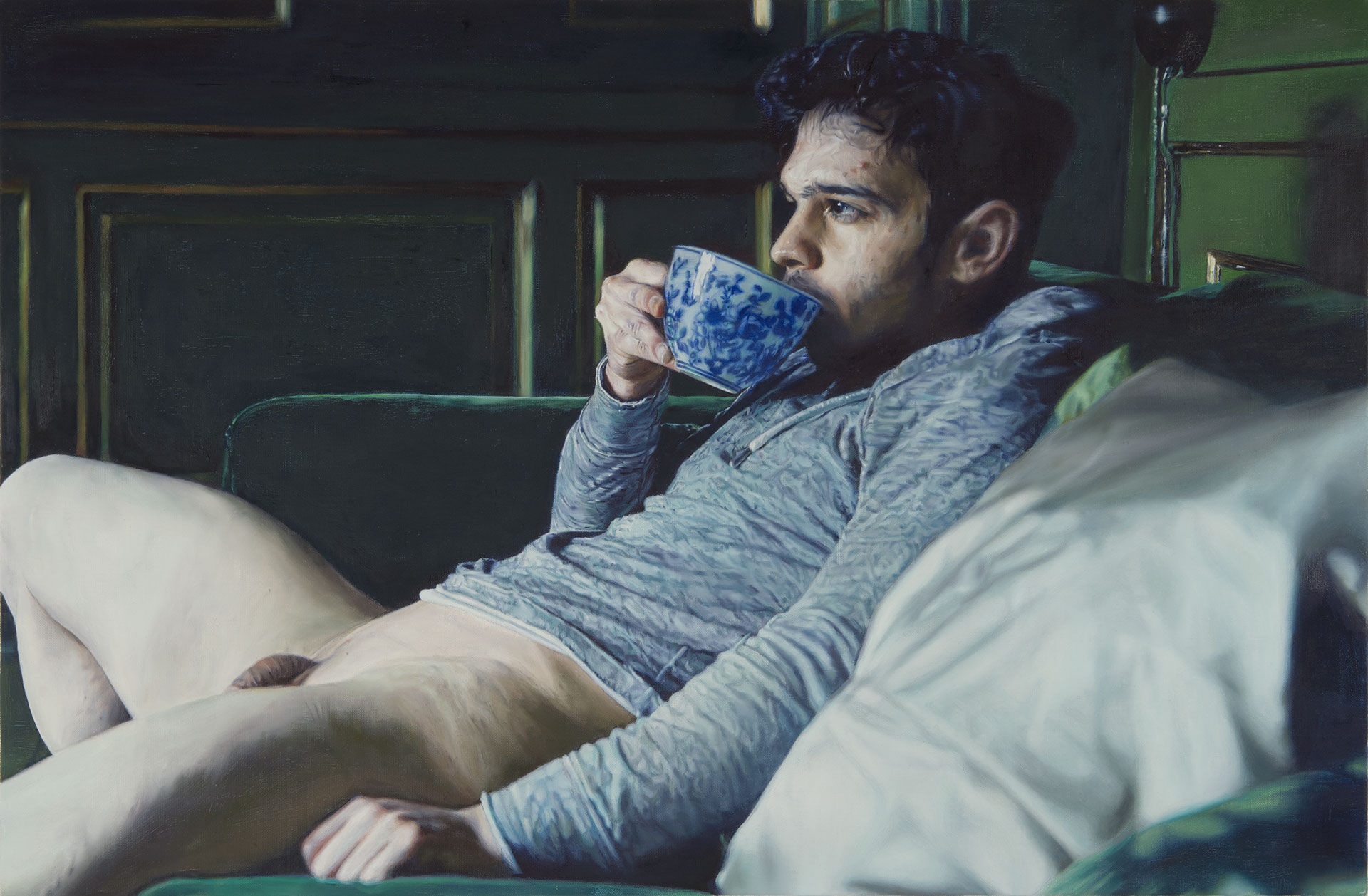
Niklas HolmgrenFörmiddag Ibrahim, oil on canvas 87 x 67 cm, 2017.
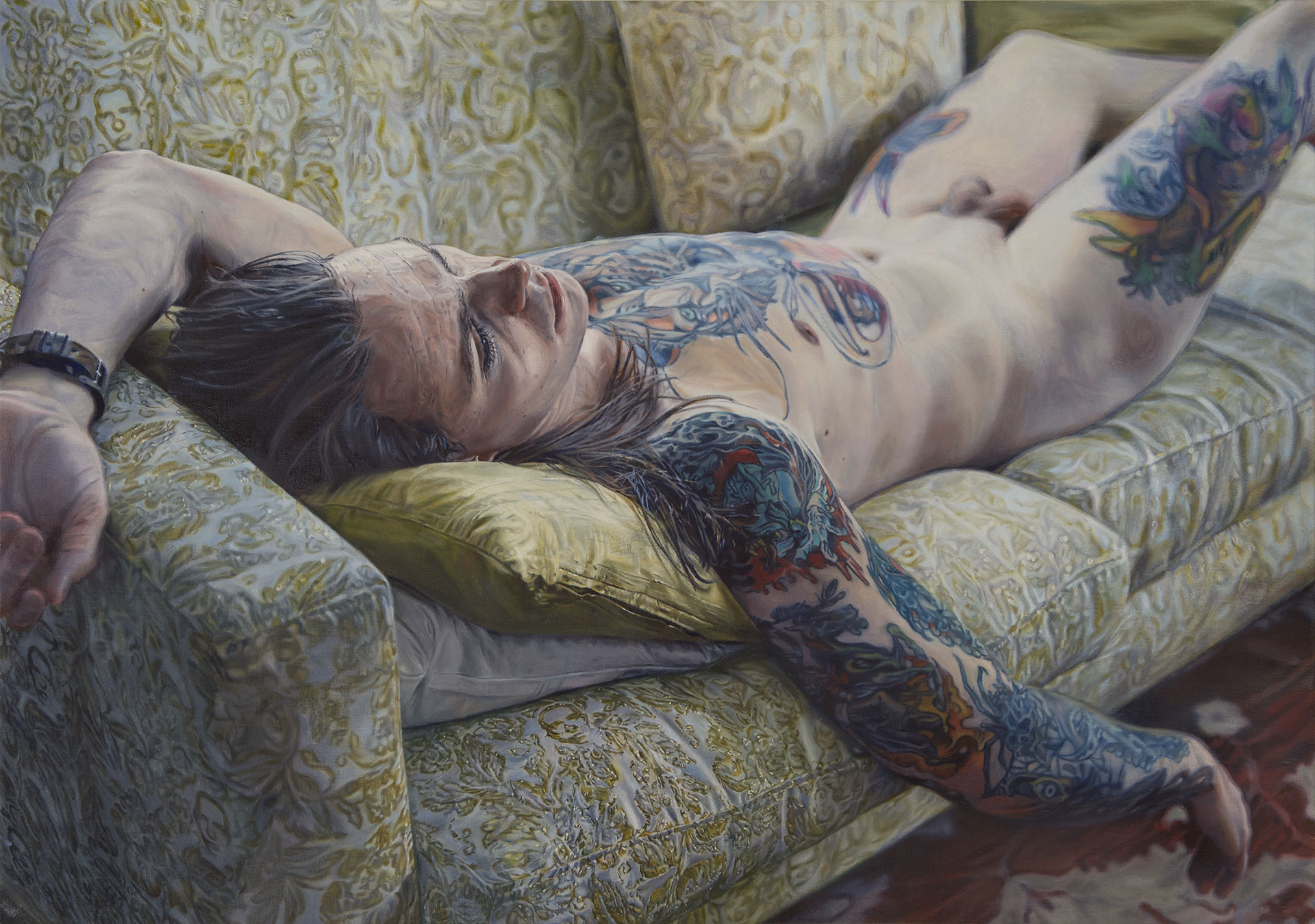
Niklas HolmgrenAlexander på soffan, oil on canvas 91 x 64 cm, 2017.
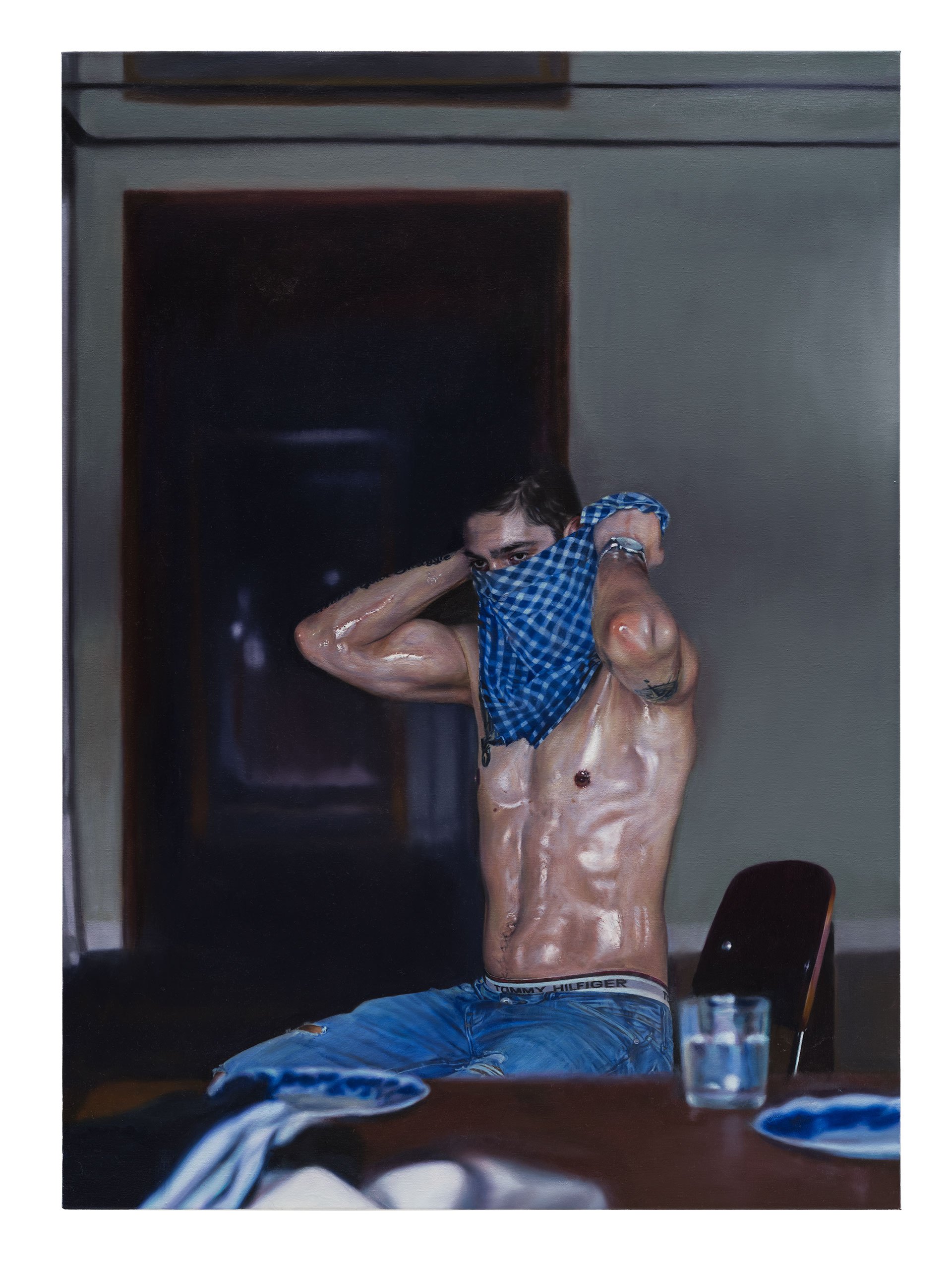
Niklas HolmgrenKungsholmstorg 1, oil on canvas 120 x 86 cm, 2019.
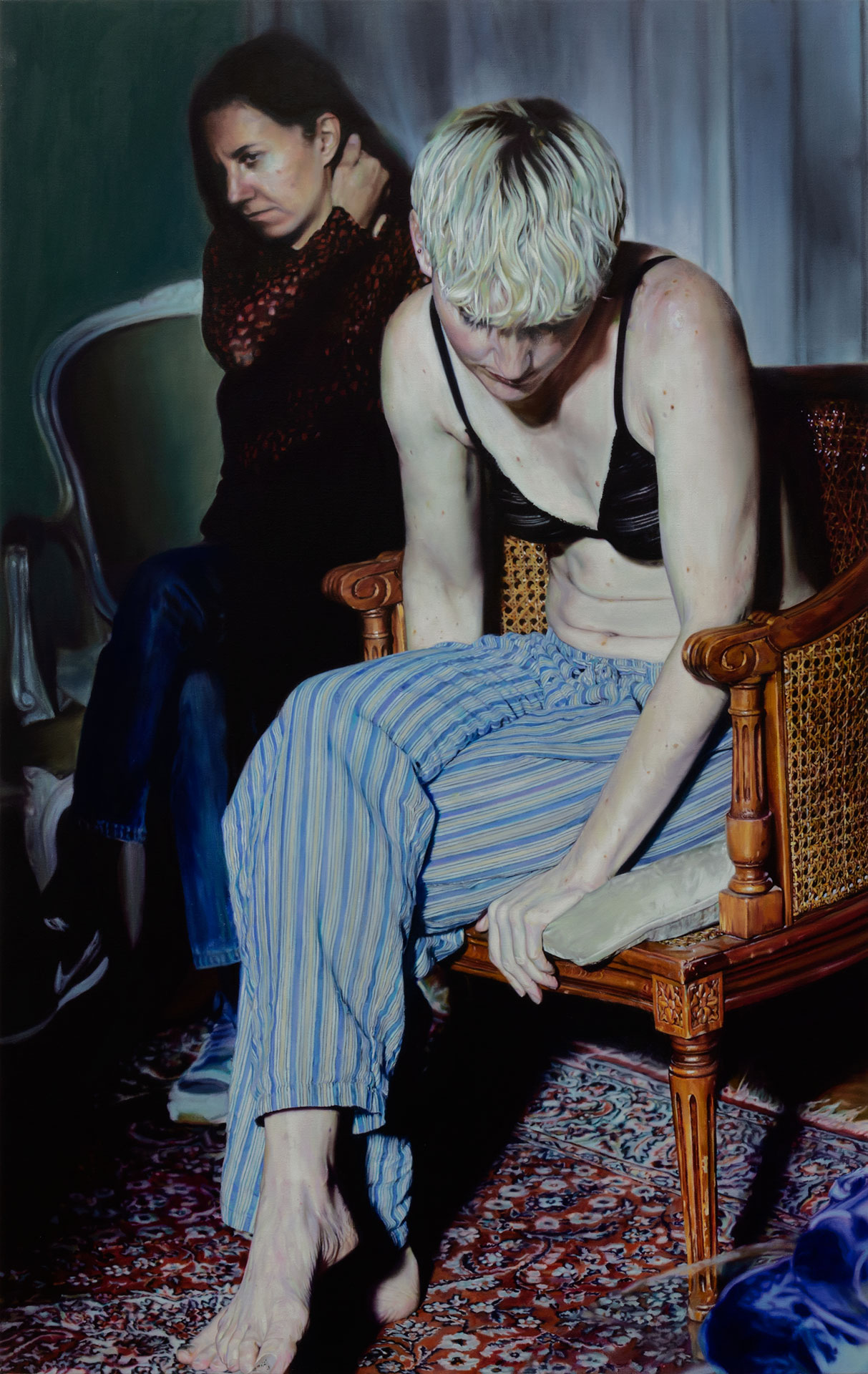
Niklas HolmgrenYL, oil on canvas 117 x 74 cm, 2020.
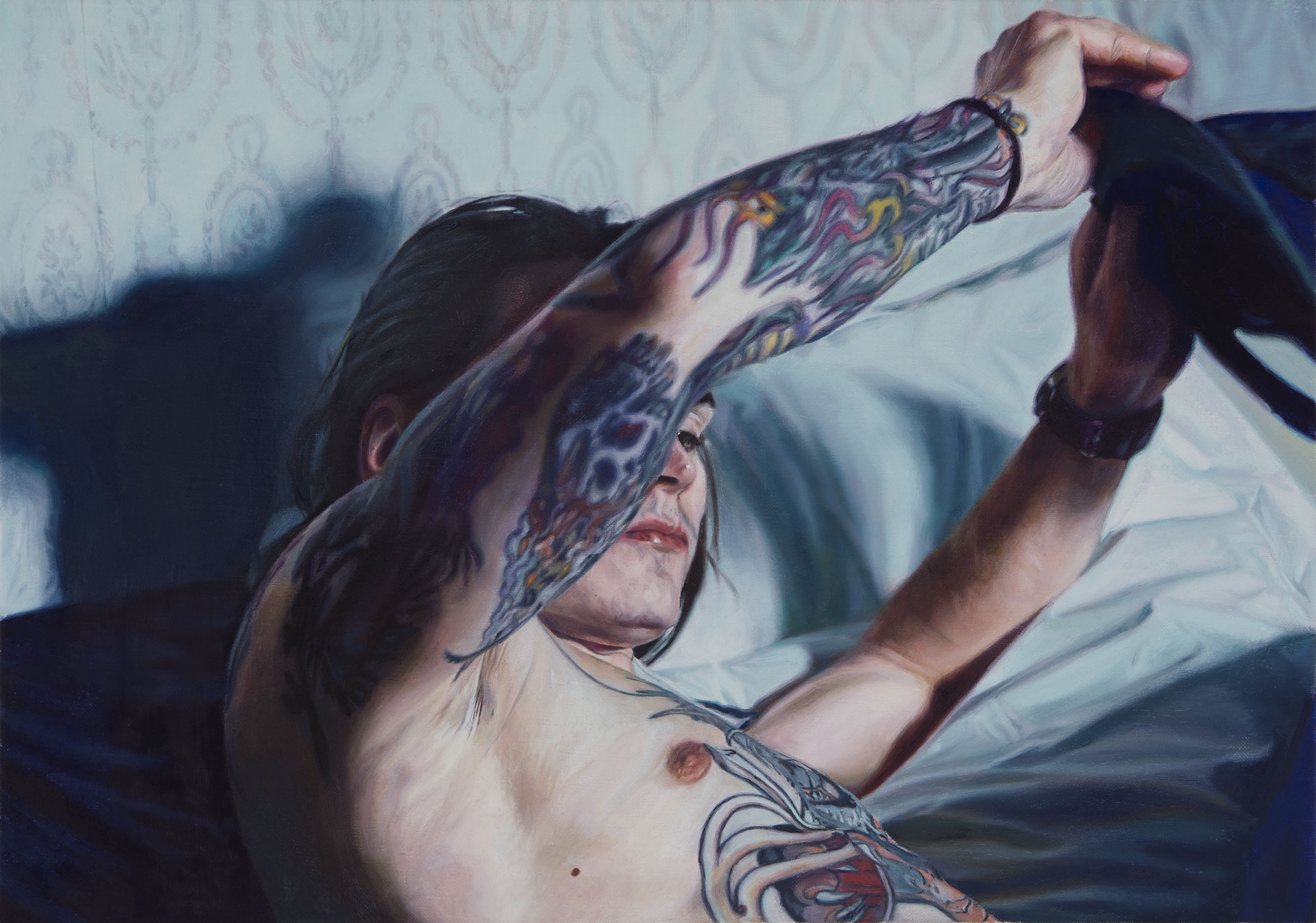
Niklas HolmgrenAlexander rörelse, oil on canvas 57 x 40 cm, 2018
CONVERSATIONArtist João Felipe Wallig (BRA) in dialogue with independent researcher, practitioner and writer Roberta Burchardt (BRA/SWE).
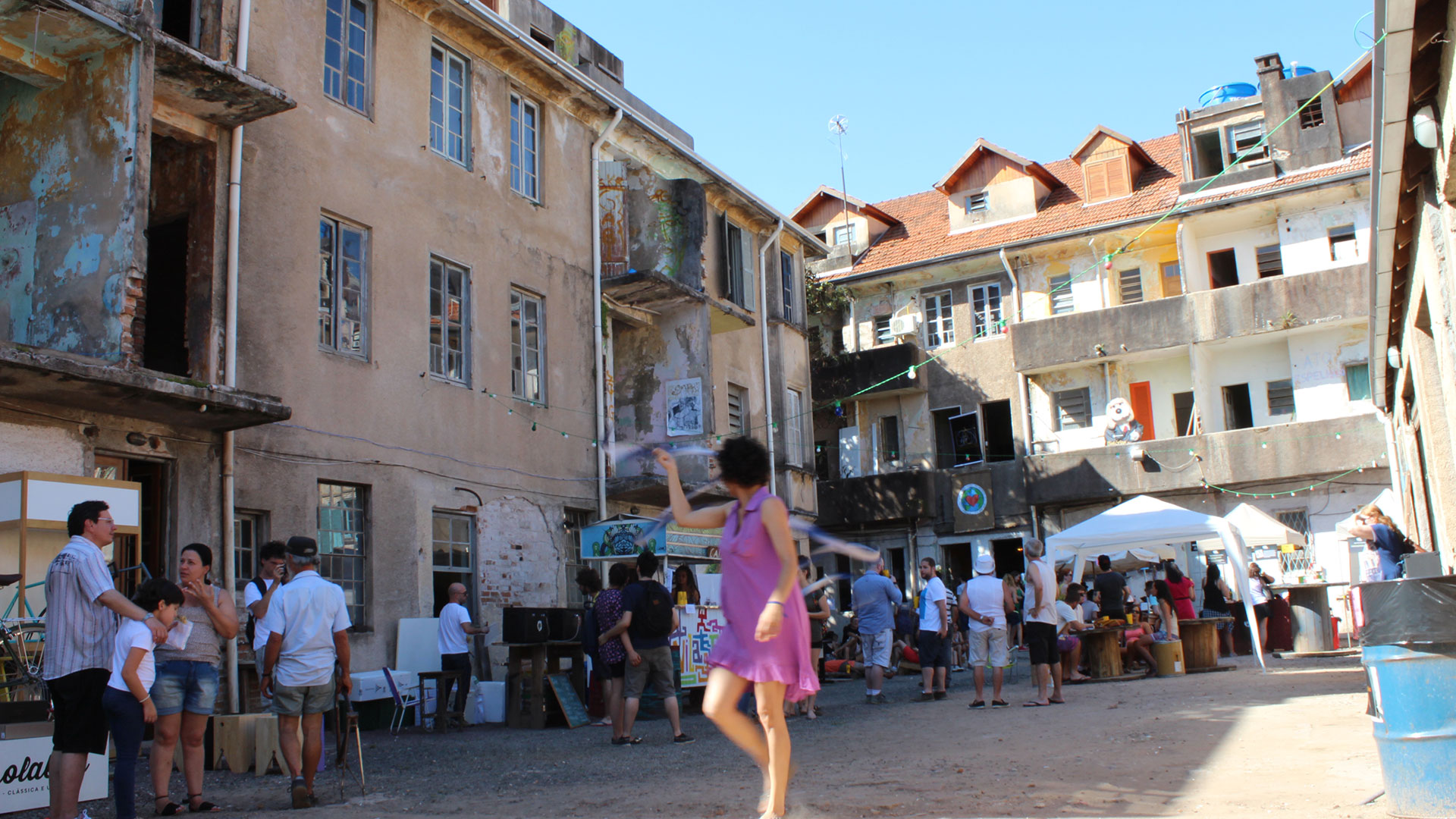
João Felipe WalligVila Flores community meeting on the courtyard
João Felipe WalligVila Flores in process
João Felipe WalligVila Flores before rehabilitation
João Felipe WalligVila Flores workshop and exposition about territory queremos falar daqui
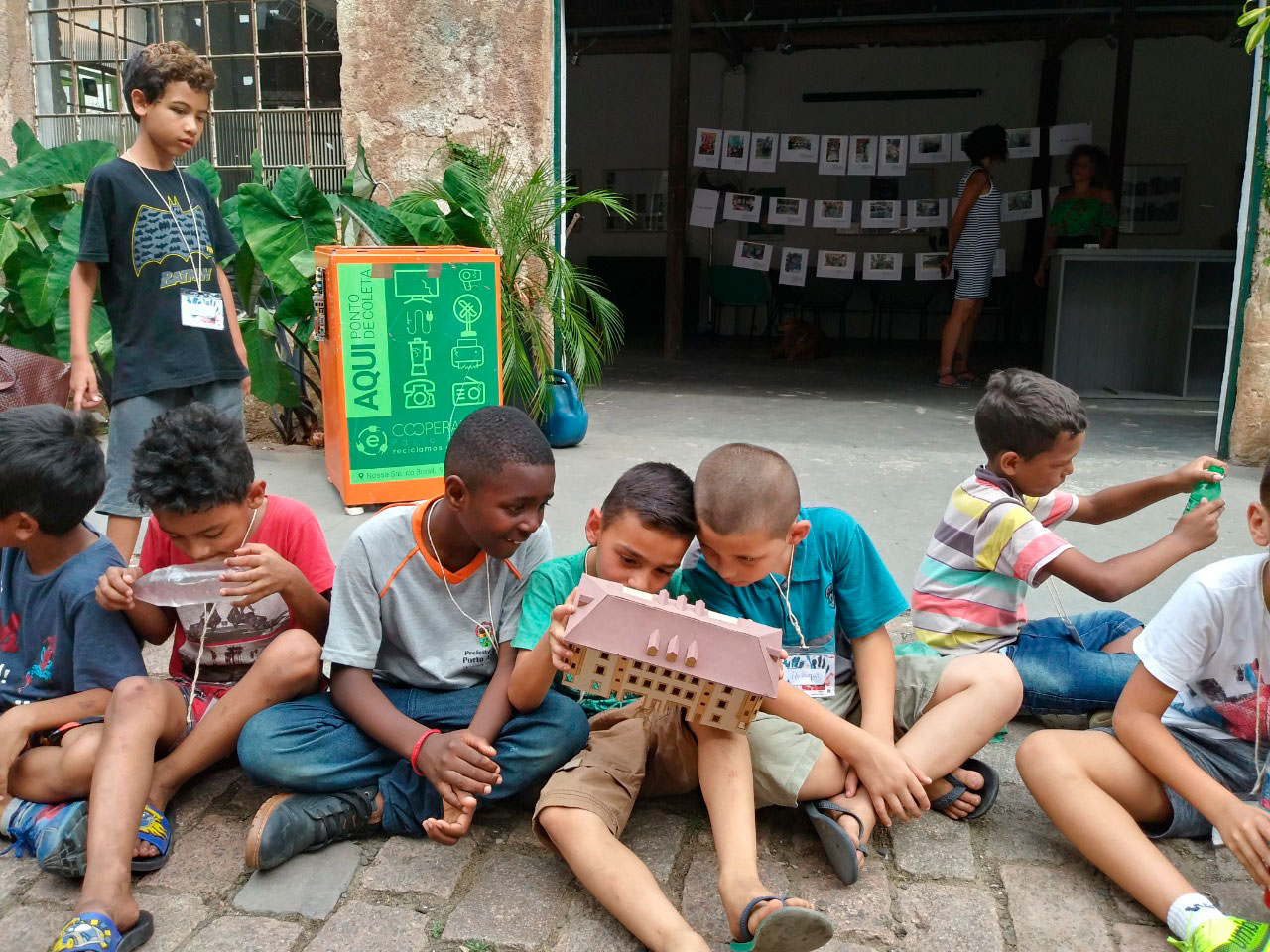
João Felipe WalligVila Flores Heritage education activities
João Felipe Wallighow it is, Art work of Vila Flores from goma oficina, Architecture Biennale, Venice, 2016.
João Felipe Wallighow it is going to be, Art work of Vila Flores from goma oficina, Architecture Biennale, Venice, 2016.
João Felipe WalligVila Flores video art intervention Passageiro
LIVE-CONVERSATION (ZOOM)Artist Maja Hammarén (SWE) in dialogue with Dr. Hedvig Mårdh (SWE), researcher at the University of Uppsala and Karlstad.
Maja HammarénBotandets iver, location shot, Skönhetsfabriken Spa & Gym, 2017
Maja HammarénBotandets iver, location shot, Lillhagen, 2017
Maja HammarénBotandets iver, project documentation , 2017

Maja HammarénBotandets iver, location shot with printed pen, Skönhetsfabriken Spa & Gym, 2017
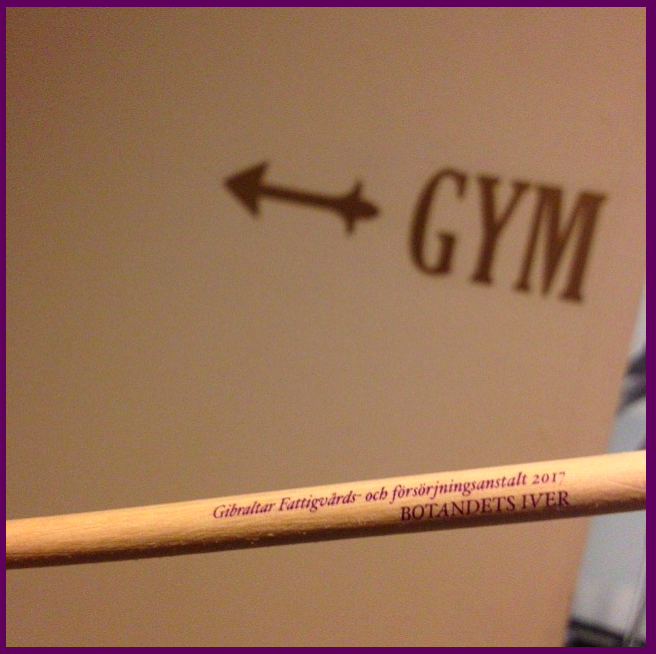
Maja HammarénBotandets iver, documentation, 2017.
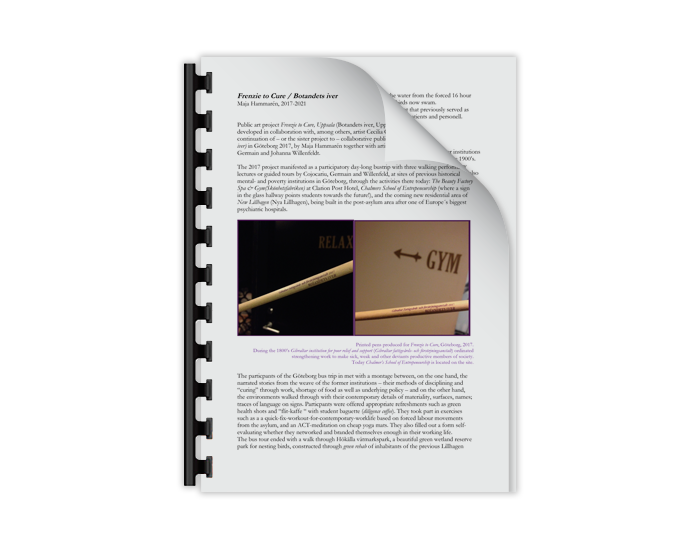
Maja HammarénBotandets iver 2017-2021, about the project

Maja HammarénBotandets iver, location shot, Lillhagen, 2017.jpg
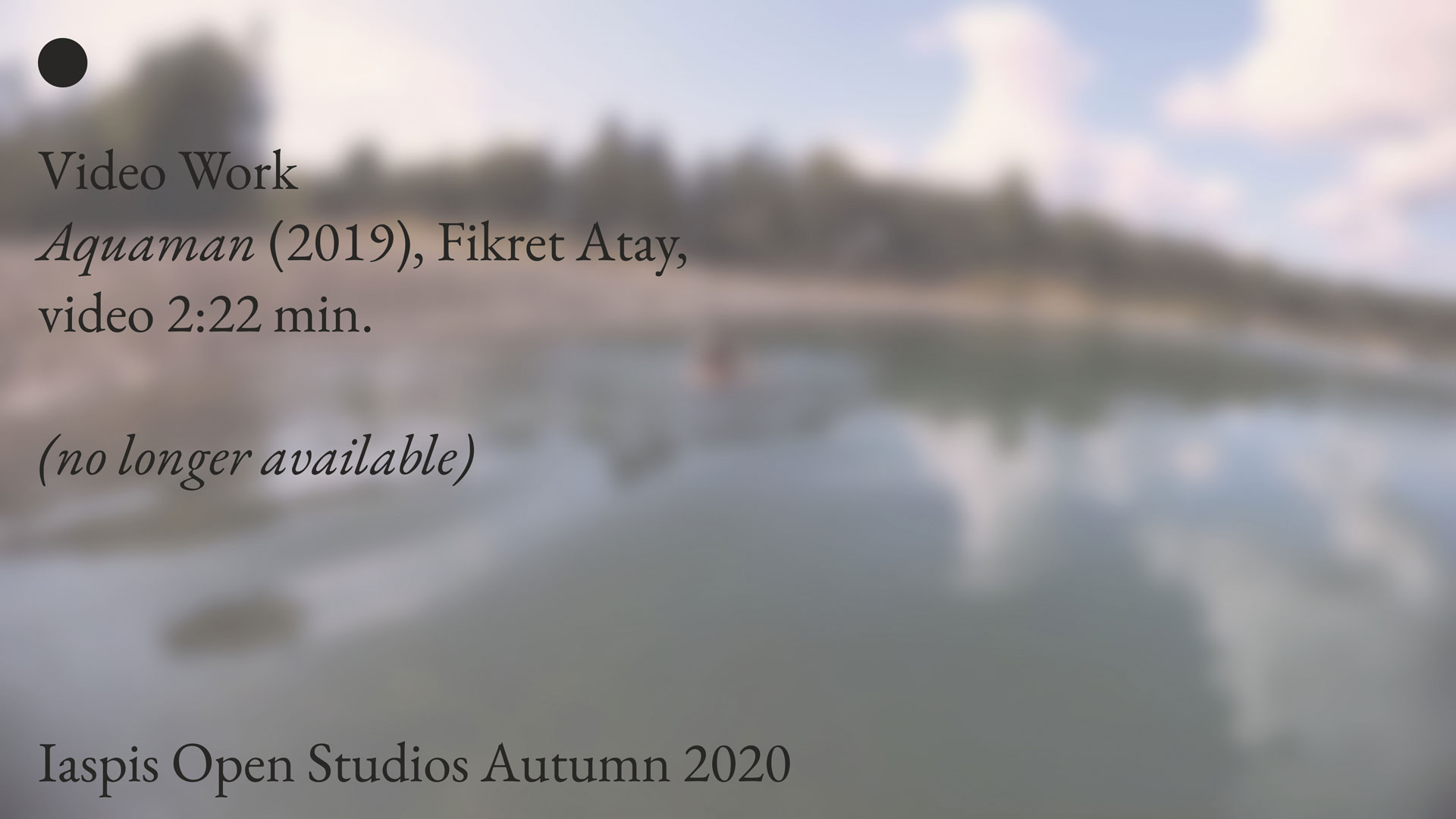
Fikret AtayAquaman, video 2:22 min, 2019.
Produced by BAC with support from the Swedish Arts Council, Örebro konsthall, Film Gotland and Film Örebro.
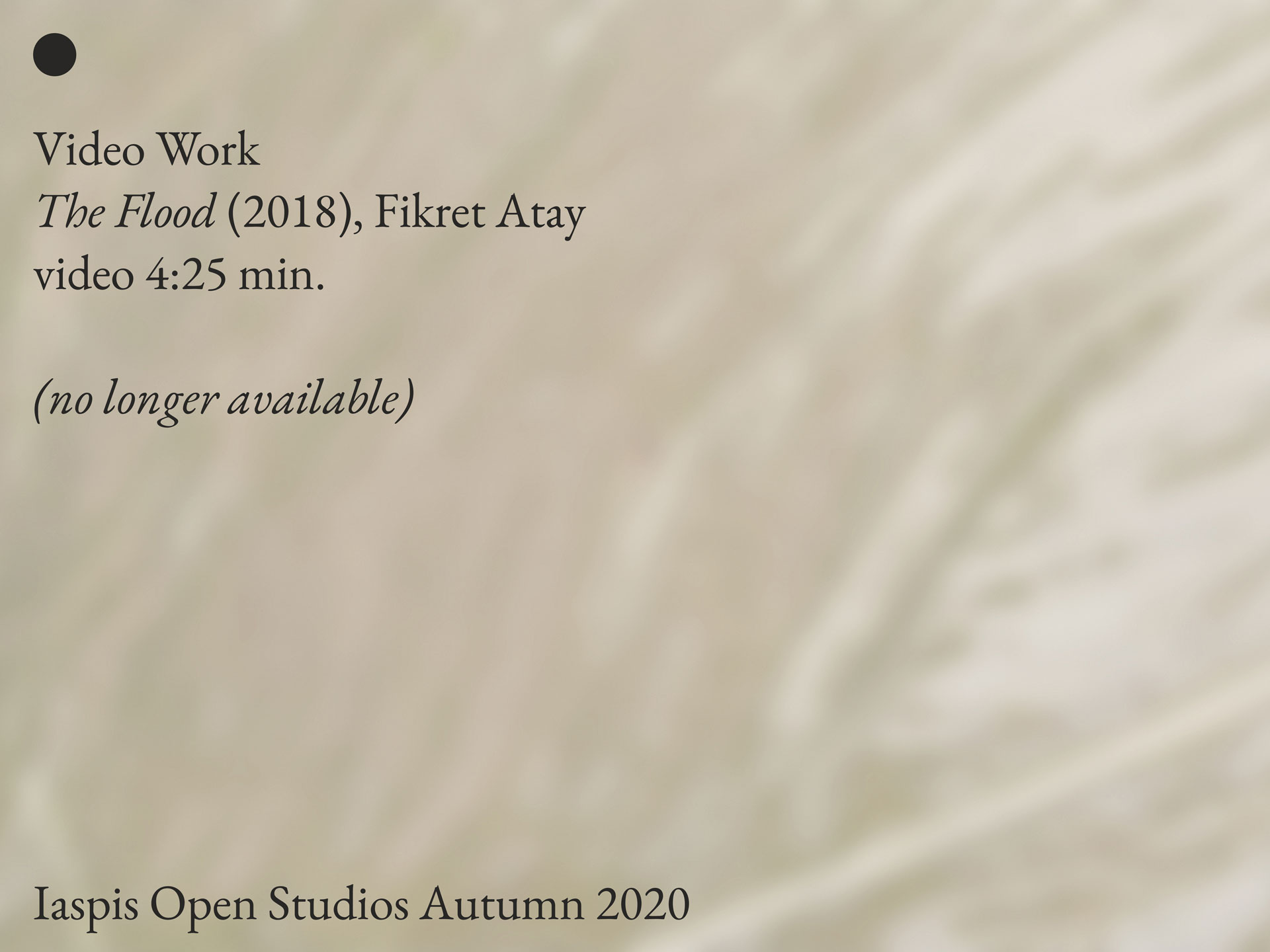
Fikret AtayThe Flood, video 4:25 min, 2018
#political #identity #control #geography
CONVERSATIONArtist Fikret Atay (SWE) in dialogue with independent curator and writer Jonatan Habib Engqvist (SWE).
Fikret AtayAquaman, excerpt from video originally 2:22 min, 2019.
Fikret AtayThe Flood, excerpt of video originally 4:25 min, 2018.
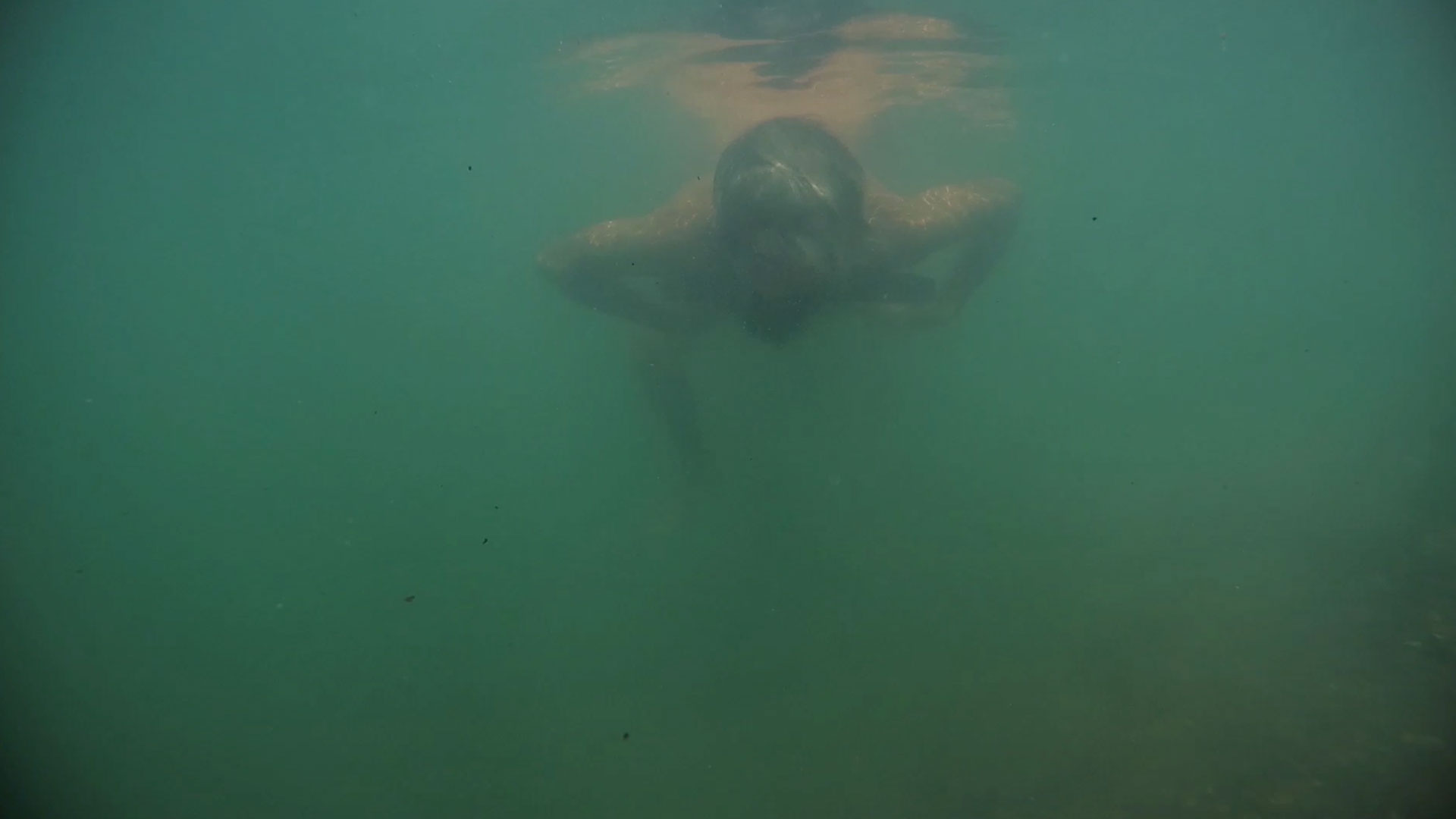
Fikret AtayAquaman, still image from video 2:22 min, 2019.
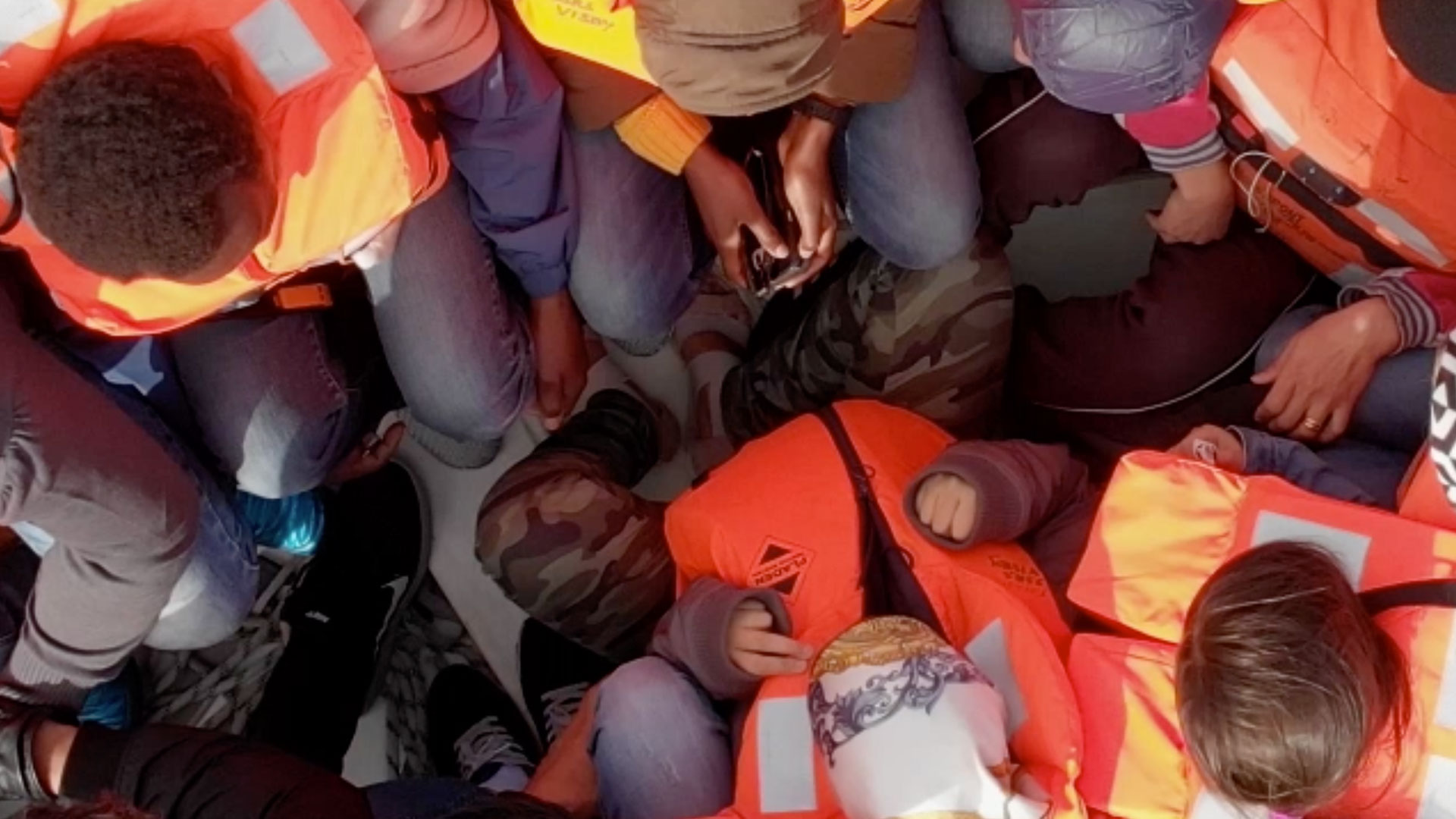
Fikret AtayThe Flood, still image from video 4:25 min, 2018.
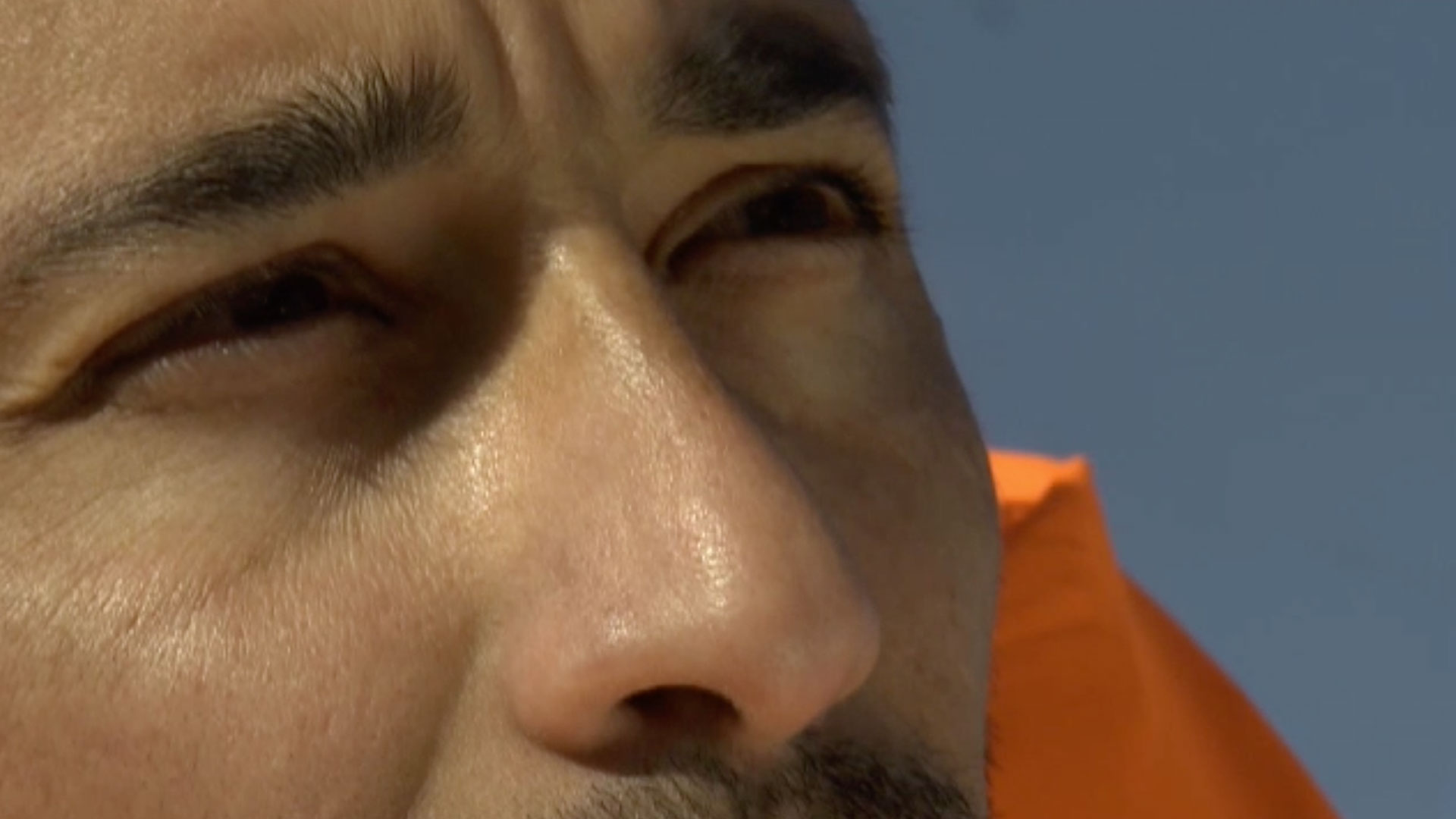
Fikret AtayThe Flood, still image from video 4:25 min, 2018.
#extractivism #place #climates #futurepast
CONVERSATIONArtist Alexis Destoop (BEL/AUS) in dialogue with independent curator Heidi Ballet (BEL/GER).
Alexis DestoopPhantom Sun, Installation view, Riga Biennial 2018
Alexis DestoopPhantom Sun, Installation view, Riga Biennial 2018
Alexis DestoopPhantom Sun, Installation view, Riga Biennial 2018
NORTHERN DRIFT / PHANTOM SUN / SEVER
2012-2020
Northern Drift is the result of a research project investigating the changing Arctic, with regard to the paradoxical unfolding of ecological catastrophe and economic opportunity. The project focuses on the complex border area between Norway and Russia: always considered peripheral, this region was the last area to be colonised in Europe, in the 19th century. It has been marked by major conflicts and revolutions of the XXth century, the traces of which lie scattered across the vast and desolate expanses. Located in an area of high strategic importance, it currently forms a gateway to the new sites of extraction and the routes between Europe and Asia of the ice-free ocean. Along its coastline, former industrial and military sites set the stage for a new type of conflict. The project revisits the history and becoming of the region
The project spawned an extensive archive, mainly consisting of photographs. From this archive various ”manifestations” and works have emerged, from short form video works and photo series to the monumental 2 channel video installation Phantom Sun and the experimental narrative film Northern Drift. I am planning a publication retracing the stages of the process throughout the re-awakening of adversarial policies between West and East.
2012-2020
Northern Drift is the result of a research project investigating the changing Arctic, with regard to the paradoxical unfolding of ecological catastrophe and economic opportunity. The project focuses on the complex border area between Norway and Russia: always considered peripheral, this region was the last area to be colonised in Europe, in the 19th century. It has been marked by major conflicts and revolutions of the XXth century, the traces of which lie scattered across the vast and desolate expanses. Located in an area of high strategic importance, it currently forms a gateway to the new sites of extraction and the routes between Europe and Asia of the ice-free ocean. Along its coastline, former industrial and military sites set the stage for a new type of conflict. The project revisits the history and becoming of the region
The project spawned an extensive archive, mainly consisting of photographs. From this archive various ”manifestations” and works have emerged, from short form video works and photo series to the monumental 2 channel video installation Phantom Sun and the experimental narrative film Northern Drift. I am planning a publication retracing the stages of the process throughout the re-awakening of adversarial policies between West and East.
Alexis Destoop Northern Drift, film, teaser, 2:55min, 2020
OCCUPATIONS
(2015-ongoing)
A series of photographic installations focusing on Hong Kong.
Hong Kong has become a nodal point in my life between Europe and the Asia-Pacific. I have always been fascinated and touched by its environment: a dense concrete hyper-urbanity, built as an outpost around former fishing villages through a constant process of land reclaiming and terraforming – natural and cultural environments colliding and blending in the most unexpected ways with its territory caught between jungle-covered mountains and the South China Sea. Set-up as a colonial trading post in the British Empire, Hong Kong became a high place in international financial markets, and set the template for China’s industrial development as industrial production moved onto the mainland.
My presence during the early stages of the protests in late 2014 had a profound impact on me: confronted with a burst of subjectivity in the streets, with the overwhelming communal expression of care for the city through its peaceful occupation, I could no longer just observe HK as an abstract machine, as the high-place on the capitalist cartography like I had done before. While mostly exploring the city’s periphery, I’ve been tracking small gestural traces and expressions of dissent - and care - in the contentious territories that see the city enter a new phase of its colonial history.
(2015-ongoing)
A series of photographic installations focusing on Hong Kong.
Hong Kong has become a nodal point in my life between Europe and the Asia-Pacific. I have always been fascinated and touched by its environment: a dense concrete hyper-urbanity, built as an outpost around former fishing villages through a constant process of land reclaiming and terraforming – natural and cultural environments colliding and blending in the most unexpected ways with its territory caught between jungle-covered mountains and the South China Sea. Set-up as a colonial trading post in the British Empire, Hong Kong became a high place in international financial markets, and set the template for China’s industrial development as industrial production moved onto the mainland.
My presence during the early stages of the protests in late 2014 had a profound impact on me: confronted with a burst of subjectivity in the streets, with the overwhelming communal expression of care for the city through its peaceful occupation, I could no longer just observe HK as an abstract machine, as the high-place on the capitalist cartography like I had done before. While mostly exploring the city’s periphery, I’ve been tracking small gestural traces and expressions of dissent - and care - in the contentious territories that see the city enter a new phase of its colonial history.
Alexis Destoop Occupation#2 – Barricades, pigment print on photo rag, 155cm x 100cm, 2015
Alexis Destoop installation of Occupation #3 – Protest Song, 8 offset pigment prints on alupanel, 420 cm x 130 cm, 2017
Alexis Destoop installation detail Occupation #3 – Protest Song, 8 offset pigment prints on alupanel, 420 cm x 130 cm, 2017
Alexis Destoop detail of Occupation #8 – A Forest of One, digital composite, pigment print, 240 cm x144 cm, 2017
Alexis Destoop Occupation #8 – A Forest of One, digital composite, pigment print, 240 cm x144 cm, 2017
Alexis Destoop location shot, Occupation#8, Tai O, Lantau, 2016
The town, destroyed throughout the wars of the 1990’s is currently dependent on what is euphemistically called “subsistence economy”: it’s a place of survival in a lush — a region rich on vegetation minerals.
Alexis Destoopresearch: the history of Lithium, its use, exploitation, and distribution, 2019
Alexis Destoopresearch: the history of Lithium, its use, exploitation, and distribution, 2019
Alexis Destooplocation shots from Manono in November 2019.
Alexis Destooplocation shots from Manono in November 2019.
Alexis Destooplocation shots from Manono in November 2019.
Alexis Destooplocation shots from Manono in November 2019.
Kairos is the result of a research project conducted between 2009-2012.
It explored the effects of colonisation in Outback Australia, while focusing on areas that have been desertified since the colonial intervention.
Drawing on various tropes (the aesthetic of the sublime, the genre of road trip, post-apocalyptical narratives) Kairos was the first work to explicitly ”mine” frontier imaginaries, while attempting to deal with the traumatic impact of colonisation on a p[lace and its people.
The initial research led me to various areas of Australia’s Arid Zone.
The images under the header ”Raw Material” derive from that research, and essentially depict the scorched earth left by the first explorers misguidedly looking for an inland sea, an Eldorado in the center of the vast island-continent that is Australia.
Eventually, all the collected histories, personal experiences and encounters were blended into an allegorical sci-fi narrative about time and led to the film Kairos.
This film exists in a short ”abstract” form as an installation, and in a longer form experimental narrative.
It explored the effects of colonisation in Outback Australia, while focusing on areas that have been desertified since the colonial intervention.
Drawing on various tropes (the aesthetic of the sublime, the genre of road trip, post-apocalyptical narratives) Kairos was the first work to explicitly ”mine” frontier imaginaries, while attempting to deal with the traumatic impact of colonisation on a p[lace and its people.
The initial research led me to various areas of Australia’s Arid Zone.
The images under the header ”Raw Material” derive from that research, and essentially depict the scorched earth left by the first explorers misguidedly looking for an inland sea, an Eldorado in the center of the vast island-continent that is Australia.
Eventually, all the collected histories, personal experiences and encounters were blended into an allegorical sci-fi narrative about time and led to the film Kairos.
This film exists in a short ”abstract” form as an installation, and in a longer form experimental narrative.
Alexis DestoopKairos - Compendium on the Future of Time: preview from the short, installation version of the film Kairos 2012
MIRDINAN (film in development)
ongoing
The departure point for this project in development is the story “Mirdinan” as told by Paddy Roe, a respected elder and leader from the Goolarabooloo community in the North-West of Australia. A road movie of sorts, the story traces a journey across the vast coastal lands of Western Australia, as the protagonist escapes from colonial authorities through magical transformations after having committed a murder. The particularity of the story is the blending of traditional elements in a colonial setting, where conflicting systems of law are opposed.
I have been introduced to the community by Stephen Muecke, an anthropologist who’s studied the Goolarabooloo’s oral culture over several decades.
The notion of transformation lies at the heart of this project, and forms its conceptual core. The film will trace the story’s becoming through different generations, and how elements of the story take on different resonances and significances with changing historical contexts. Furthermore, retracing Mirdinan’s journey will allow to assess the state of the transformed landscape in regions where large mining operations have had a major impact on the physical environment. So far I’ve undertaken 2 research trips during which I’ve had the opportunity and the chance to be taken “to country”, and be introduced to the rich and ancient history of the place.
The archival images show the preparation and the ceremony of the Pelican Dance, a yearly coming-of-age initiation ritual. The footage dates back to the early ’80s.
ongoing
The departure point for this project in development is the story “Mirdinan” as told by Paddy Roe, a respected elder and leader from the Goolarabooloo community in the North-West of Australia. A road movie of sorts, the story traces a journey across the vast coastal lands of Western Australia, as the protagonist escapes from colonial authorities through magical transformations after having committed a murder. The particularity of the story is the blending of traditional elements in a colonial setting, where conflicting systems of law are opposed.
I have been introduced to the community by Stephen Muecke, an anthropologist who’s studied the Goolarabooloo’s oral culture over several decades.
The notion of transformation lies at the heart of this project, and forms its conceptual core. The film will trace the story’s becoming through different generations, and how elements of the story take on different resonances and significances with changing historical contexts. Furthermore, retracing Mirdinan’s journey will allow to assess the state of the transformed landscape in regions where large mining operations have had a major impact on the physical environment. So far I’ve undertaken 2 research trips during which I’ve had the opportunity and the chance to be taken “to country”, and be introduced to the rich and ancient history of the place.
The archival images show the preparation and the ceremony of the Pelican Dance, a yearly coming-of-age initiation ritual. The footage dates back to the early ’80s.
Alexis Destoop scouting and location images, MIRDINAN, film in development, ongoing
Alexis Destoop scouting and location images, MIRDINAN, film in development, ongoing
Alexis Destoop scouting and location images, MIRDINAN, film in development, ongoing
Alexis Destoop scouting and location images, MIRDINAN, film in development, ongoing
Alexis Destoop scouting and location images, MIRDINAN, film in development, ongoing
Alexis Destoop scouting and location images, MIRDINAN, film in development, ongoing
Alexis Destoop documented archive image, Goolarabooloo community, North-West of Australia.
Alexis Destoop documented archive image, Goolarabooloo community, North-West of Australia.
"On-Trade-Off is the name of a collective research project. Inquiring about the place, role and significance of lithium, the new oil in the what is coined the green economy.
Through an experimental network of collaborations, the collective explores the pitfalls of the promises of the green energy revolution, and more broadly, the unequal distribution of risks, destruction, wealth and opportunities along global value chains.
Within the evolving configuration of the project I started off a new film project, under the working title Phase Shift / Angel Dust:
From Australia, where he is based, Alexis Destoop (BE/AU, 1971) works on a film on the history and becoming of lithium, reaching from cosmological tales of origin to its role as a supercharger in energetic cycles, and (re)tracing the journey of the transformation of this volatile element. From the vantage point of the Asia-Pacific, he sees the geopolitical struggle over the control of strategic resources intensifying. His research spans several technological sites, among which a wind-powered energy storage system located at the edges of the Arid Zone and agricultural lands, a site whose efficiency negates the arguments against renewable energy sources put forward by the powerful fossil fuel lobbies. Destoop’s research engages with the blind spot of his life in between Australia and Belgium, and their particular colonial histories, and strives for narrative and visual elements allowing him to navigate a horizon obstructed by dystopia.”
In the first stage, I went to Manono, before the lockdown and travel restrictions hit and forced a significant rethink of this project.
Through an experimental network of collaborations, the collective explores the pitfalls of the promises of the green energy revolution, and more broadly, the unequal distribution of risks, destruction, wealth and opportunities along global value chains.
Within the evolving configuration of the project I started off a new film project, under the working title Phase Shift / Angel Dust:
From Australia, where he is based, Alexis Destoop (BE/AU, 1971) works on a film on the history and becoming of lithium, reaching from cosmological tales of origin to its role as a supercharger in energetic cycles, and (re)tracing the journey of the transformation of this volatile element. From the vantage point of the Asia-Pacific, he sees the geopolitical struggle over the control of strategic resources intensifying. His research spans several technological sites, among which a wind-powered energy storage system located at the edges of the Arid Zone and agricultural lands, a site whose efficiency negates the arguments against renewable energy sources put forward by the powerful fossil fuel lobbies. Destoop’s research engages with the blind spot of his life in between Australia and Belgium, and their particular colonial histories, and strives for narrative and visual elements allowing him to navigate a horizon obstructed by dystopia.”
In the first stage, I went to Manono, before the lockdown and travel restrictions hit and forced a significant rethink of this project.
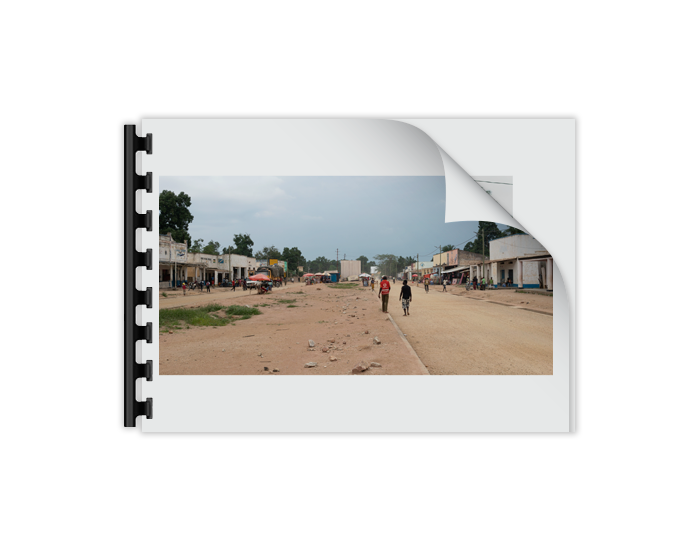
Alexis DestoopOn-Trade-Off, collective research project, 2019.
LIVE-STREAM FROM STUDIO 9Niklas Holmgren (SWE) painting in his studio at Iaspis.
#constructionofnature #lightpollution #developmentcriticism #photography
CONVERSATIONArtist Johan Österholm (SWE) in dialogue with author Helena Granström (SWE).
Book/Plate
(Record a Star as Dreamers Do)
In February 1888, in Cambridge, Massachusetts, in a Harvard observatory, a camera-equipped refractor telescope and its operator gazed up together into the night sky and photographed what would become known as the Horsehead Nebula. The long exposure, made possible by a shutter left agape as if awestruck and an equatorial mount compensating for the Earth’s rotation, let the universe into the camera, where a superabundance of stars settled upon the silver gelatin of the photographic plate.
The nebula in its enigmatic entirety never, in fact, reached the retina–optic nerve–brain of the photographer, i.e. the astronomer, Williamina Fleming. But Fleming nonetheless came away with a rectangular patch of firmament in the preserved form of a glass-plate negative. Along with the hundreds of thousands of other celestial negatives being produced during the period, the Harvard plate could be slotted into the shared map of the night sky then being photographed and gridded by astronomers in every hemisphere.
Around the same time, bookbinders bound The Wonders of the Heavens, a delightful, galaxy-hopping volume of popular-science astronomy by the French astronomer, prolific author (including of proto-sci-fi escapades), and pioneer of the photographic medium Camille Flammarion. An unfailingly enthusiastic guide to the cosmos throughout Wonders, Flammarion still lamented in his conclusion that the general public, even in that era predating casino neon, had begun to lose touch with the primal pull of fascination exerted by the stellar sky on humans Prehistoric and Ancient.
***
Artist Johan Österholm’s Antique Skies process begins with the unsheathing of an X-Acto knife. To the horror of librarians everywhere, he carefully slits out blank or nearly blank sheets of yellowing paper (endpapers, for example) from nineteenth-century astronomy tomes such as the Flammarion, which he unearths in antiquarian bookshops across Europe and later carefully dissects in his Stockholm studio.
What might initially seem like an act of vandalism is not without its conservational claim. For more than a century, these wordless, imageless pieces of paper have been, if not wasted per se, then certainly not used between the covers of their respective titles. Via a process that incorporates the spangled contents of celestial glass-plate negatives, a spray gun loaded with liquid silver gelatin, and a repurposed street lamp, Österholm has a grand use for them: to serve as canvases for the re-emergence of stars long shrouded by terrestrial light pollution.
After obtaining contact copies of archived glass-plate negatives, Österholm proceeds to sensitize the book pages he excised with his knife, applying layer upon layer of silver gelatin with a spray gun. The now photosensitive pieces of paper and the archival contact negatives are pressed together between panels of glass, where they await exposure. The head of a decapitated street light is employed for this purpose. Retrofitted by the artist so that he can plug it into a socket, it is rekindled with an interwar bulb the size of an ostrich egg.
And so in the end, it is paradoxically by the light of a metropolitan street lamp—that most egregious blotter-outer of the stars—that Österholm’s spectroscopic swirls of fossilized starlight materialize, like commissions from the future, to illustrate the rapt reflections of Flammarion, tessering through time from the astronomer’s observatory on the outskirts of Paris: “In this immense passage of sight, thought with rapid wings accompanies the forerunning visual ray, carried away by its flight and wonderingly contemplating these distant splendors.”1
Meanwhile, outside, beyond the lamplit room, it is midsummer in Sweden, and the sun over the Stockholm Observatory is high in the sky.
—Stefan Lorenzutti
1 Camille Flammarion, The Wonders of the Heavens, trans. from the French by Winifred James Lockyer (New York: Scribner, Armstrong & Co., 1874), 4.
(Record a Star as Dreamers Do)
In February 1888, in Cambridge, Massachusetts, in a Harvard observatory, a camera-equipped refractor telescope and its operator gazed up together into the night sky and photographed what would become known as the Horsehead Nebula. The long exposure, made possible by a shutter left agape as if awestruck and an equatorial mount compensating for the Earth’s rotation, let the universe into the camera, where a superabundance of stars settled upon the silver gelatin of the photographic plate.
The nebula in its enigmatic entirety never, in fact, reached the retina–optic nerve–brain of the photographer, i.e. the astronomer, Williamina Fleming. But Fleming nonetheless came away with a rectangular patch of firmament in the preserved form of a glass-plate negative. Along with the hundreds of thousands of other celestial negatives being produced during the period, the Harvard plate could be slotted into the shared map of the night sky then being photographed and gridded by astronomers in every hemisphere.
Around the same time, bookbinders bound The Wonders of the Heavens, a delightful, galaxy-hopping volume of popular-science astronomy by the French astronomer, prolific author (including of proto-sci-fi escapades), and pioneer of the photographic medium Camille Flammarion. An unfailingly enthusiastic guide to the cosmos throughout Wonders, Flammarion still lamented in his conclusion that the general public, even in that era predating casino neon, had begun to lose touch with the primal pull of fascination exerted by the stellar sky on humans Prehistoric and Ancient.
***
Artist Johan Österholm’s Antique Skies process begins with the unsheathing of an X-Acto knife. To the horror of librarians everywhere, he carefully slits out blank or nearly blank sheets of yellowing paper (endpapers, for example) from nineteenth-century astronomy tomes such as the Flammarion, which he unearths in antiquarian bookshops across Europe and later carefully dissects in his Stockholm studio.
What might initially seem like an act of vandalism is not without its conservational claim. For more than a century, these wordless, imageless pieces of paper have been, if not wasted per se, then certainly not used between the covers of their respective titles. Via a process that incorporates the spangled contents of celestial glass-plate negatives, a spray gun loaded with liquid silver gelatin, and a repurposed street lamp, Österholm has a grand use for them: to serve as canvases for the re-emergence of stars long shrouded by terrestrial light pollution.
After obtaining contact copies of archived glass-plate negatives, Österholm proceeds to sensitize the book pages he excised with his knife, applying layer upon layer of silver gelatin with a spray gun. The now photosensitive pieces of paper and the archival contact negatives are pressed together between panels of glass, where they await exposure. The head of a decapitated street light is employed for this purpose. Retrofitted by the artist so that he can plug it into a socket, it is rekindled with an interwar bulb the size of an ostrich egg.
And so in the end, it is paradoxically by the light of a metropolitan street lamp—that most egregious blotter-outer of the stars—that Österholm’s spectroscopic swirls of fossilized starlight materialize, like commissions from the future, to illustrate the rapt reflections of Flammarion, tessering through time from the astronomer’s observatory on the outskirts of Paris: “In this immense passage of sight, thought with rapid wings accompanies the forerunning visual ray, carried away by its flight and wonderingly contemplating these distant splendors.”1
Meanwhile, outside, beyond the lamplit room, it is midsummer in Sweden, and the sun over the Stockholm Observatory is high in the sky.
—Stefan Lorenzutti
1 Camille Flammarion, The Wonders of the Heavens, trans. from the French by Winifred James Lockyer (New York: Scribner, Armstrong & Co., 1874), 4.
Johan ÖsterholmAntique Sky (C. Flammarion I 1897), silver gelatin on 19th century book paper, 2020
Johan ÖsterholmAntique Sky (C. Flammarion II, 1897), silver gelatin on 19th century book paper, 2020
Gas lantern glass coated with silver gelatin emulsion and imprinted with stars no longer visible due to the present day’s light polluted night skies. Exposed by the light of a street lamp
Johan ÖsterholmUntitled Lantern Piece (Blue), 2018
Johan ÖsterholmUntitled Lantern Piece (Pink), 2019
Johan ÖsterholmUntitled Lantern Piece (Red), 2019
Johan ÖsterholmUntitled Lantern Piece (Black), 2019

Johan ÖsterholmLantern Smashers, study of gas lanterns being repurposed by nesting sparrows.
Johan Österholm19th century astronomical book paper before being coated for Antique Skies.
Johan Österholm19th century astronomical fold-out map before being coated for Antique Skies.
Johan ÖsterholmSome of the books that have had their blank pages extracted.
Johan ÖsterholmAntique Skies shortly after being imprinted by street lights.
Johan ÖsterholmAntique Skies being imprinted by street lights.
Johan ÖsterholmAntique Skies being imprinted by street lights.
Johan ÖsterholmAntique Skies being imprinted by street lights.
Johan ÖsterholmAntique Skies being imprinted by street lights.
Night Into Day tells the story of the first public gas light being turned on in the autumn of 1826 on Unter Den Linden in Berlin and shows what remains of these relics in various states of disrepair.
Johan ÖsterholmNight Into Day (still), slide essay, 73 slides, 2020.
Johan ÖsterholmNight Into Day (still), slide essay, 73 slides, 2020.
Johan ÖsterholmNight Into Day (still), slide essay, 73 slides, 2020.
Johan ÖsterholmNight Into Day (still), slide essay, 73 slides, 2020.
Ida Lod (performer on voice and violin), David Heikkinen (performer on electronics and sound), and Rossana Mercado-Rojas (performer on sound and electronics)
Thanks to: Silvana Oliveiras
Thanks to: Silvana Oliveiras
LIVE-STREAM PERFORMANCECorazon de Oro Alma de Cristal, performance by Valeria Montti Colque with Ida Lod, David Heikkinen, and Rossana Mercado-Rojas
#performance #characters #histories #magicrealism
CONVERSATIONArtist Valeria Montti Colque (SWE) in dialogue with independent curator and researcher Giovanna Esposito Yussif (FIN/MEX).
Suburban Indians is a multitude of stories intertwined into one. It's about society, relationships and personal experiences. These are portraits of people near me and people from the place where I live. Several of the characters also reappear in other works I have made. You can see a large portrait of my father with flowers in his hair; he is the frame of a large tree. Above the tree is a cloud where my grandmother lies. It is a reference from motifs in Albertus Pictor's medieval paintings. Three young people stand in front of the tree and hang in the centre. They are portrayed as stereotypes of what the media shows of young people in the area. They stand with arms crossed, arms and masks. Another small detail is a woman pushing a small child in a boat that refers to the experience of a miscarriage. Love and relationships are central to the fresco.

Valeria Montti Colquedocumentation of the ongoing work, Suburban Indians.
Valeria Montti Colquework in process, Iaspis, 2020.
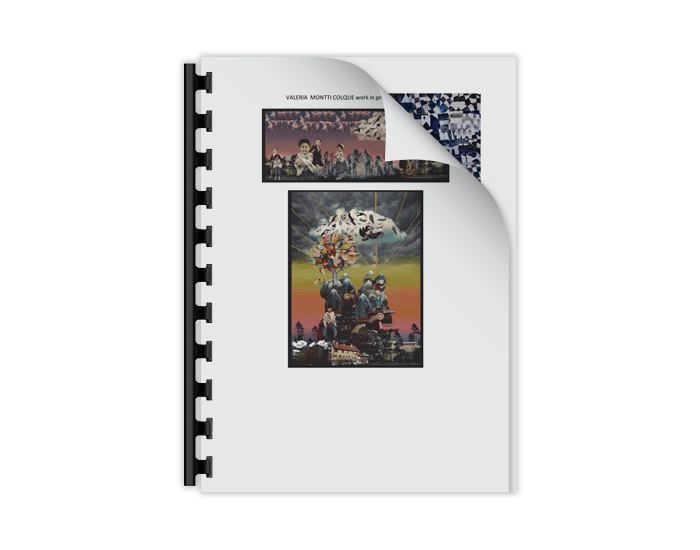
Valeria Montti Colquework in process, Iaspis, 2020.
La Jardinera is a work I did for my grandmother when she passed away. Because of the dictatorship in Chile, my parents had to flee the country. And therefore we have always been far away from her. The family was forever separated. I couldn't attend her funeral. So, to say goodbye, I made a pilgrimage and built an altar where I said goodbye and wished her all the love and a safe journey to the other side. We buried our mournings.
Valeria Montti ColqueLa Jardinera, performance, 2011, photo: José Figueroa
Valeria Montti ColqueLa Jardinera, performance, 2011, photo: José Figueroa
Valeria Montti ColqueLa Jardinera, performance, 2011, photo: José Figueroa
Valeria Montti ColqueLa Jardinera, performance, 2011, photo: José Figueroa
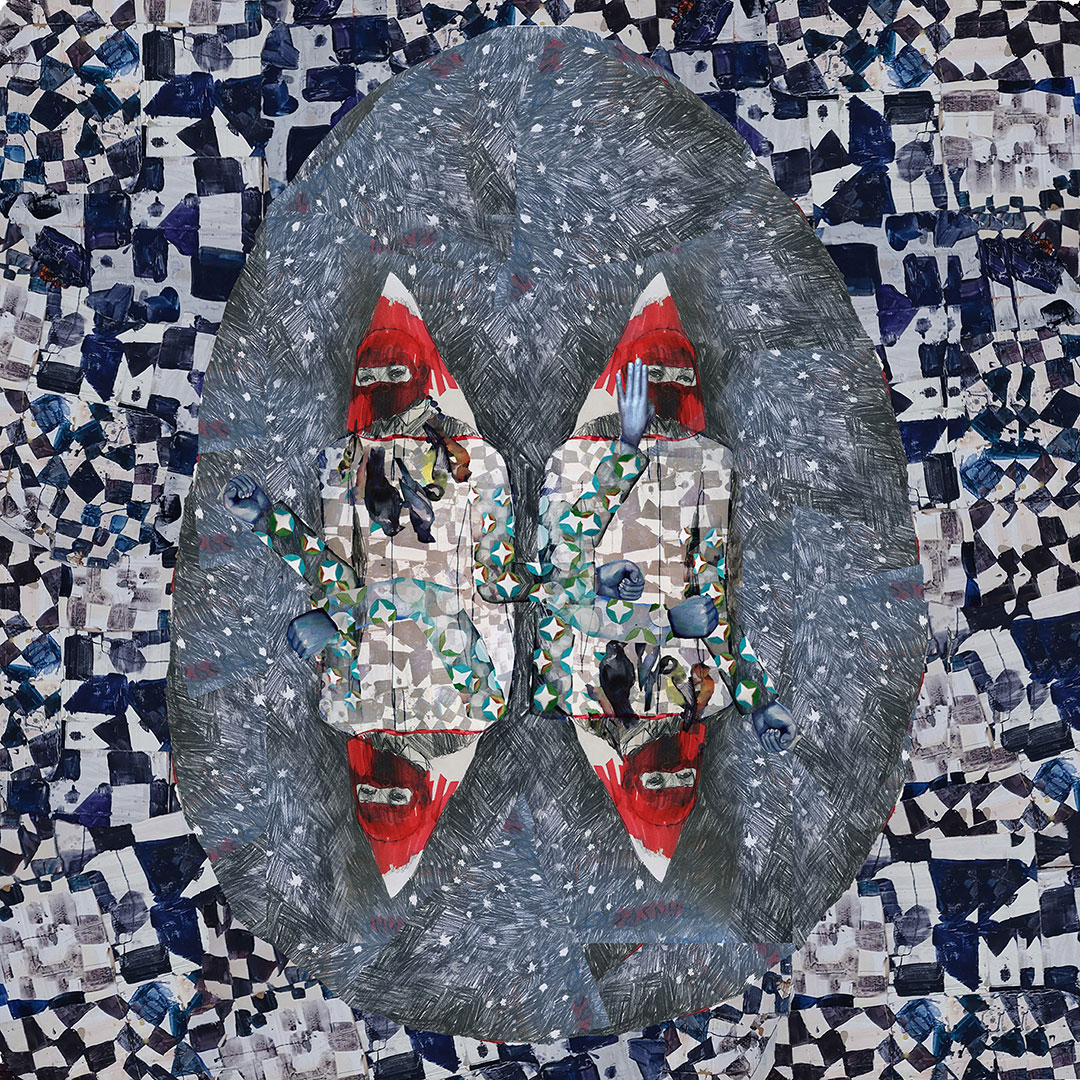
Valeria Montti ColqueRed Mountain, sketch for carpet, 2020.
#ortproject #mementomori #vanitas #consumption
CONVERSATIONArtist Oona Nelson (USA) in dialogue with Sinziana Ravini (SWE/FRA), author, art critic and editor-in-chief at Paletten art journal together with Fredrik Svensk.
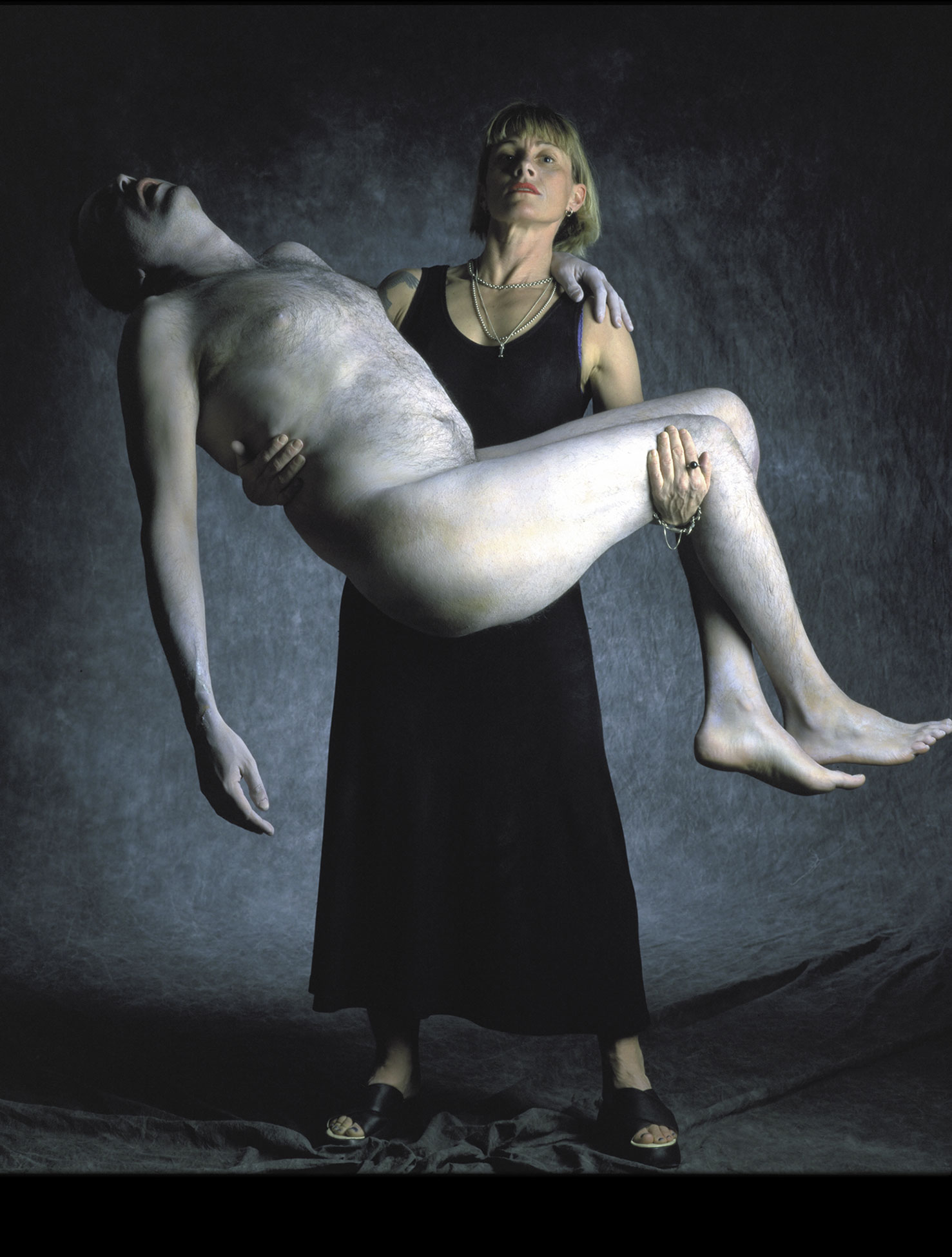
Oona NelsonDead Weight, photo, digital print, 1998.
As witness to the degradation of culture, distorted value systems, and a dying ecosystem I have begun burning paintings. Through this dystopian lens I am trying to balance the grotesque and the beautiful. I have purchased paintings second hand, and now as part of my work with Ort Project, Anna Noelle Rockwell is producing original paintings for burning.
Ort Project: Oona Nelsondigital print on plexiglass behind burn painting, Untitled, Icarus Series No. 23, 22” x 26”, 2020.
Ort Project: Oona Nelson2020.
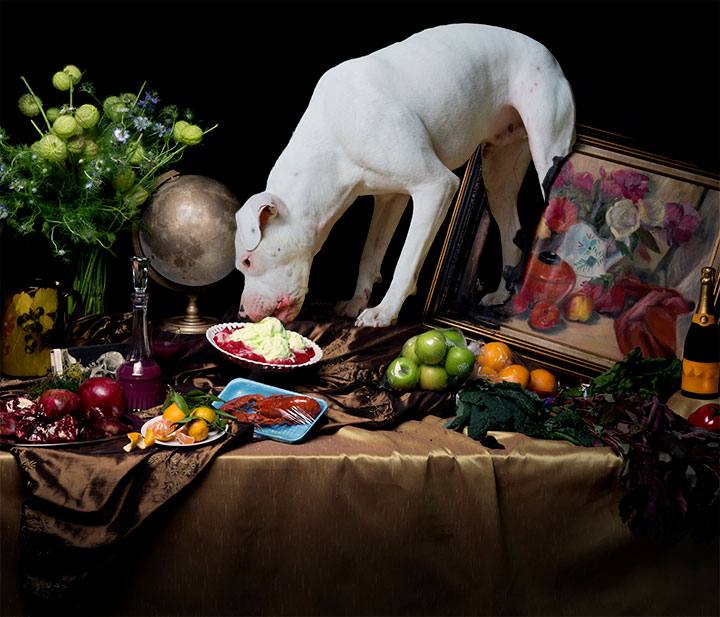
Oona NelsonStill Life Nude III, digital Print, 48 x 32, 2016.
As witness to the degradation of culture, distorted value systems, and a dying ecosystem I have begun burning paintings. Through this dystopian lens I am trying to balance the grotesque and the beautiful. I have purchased paintings second hand, and now as part of my work with Ort Project, Anna Noelle Rockwell is producing original paintings for burning.
Oona Nelsonvideo documentation of burning a painting 4:22 min, 2020.
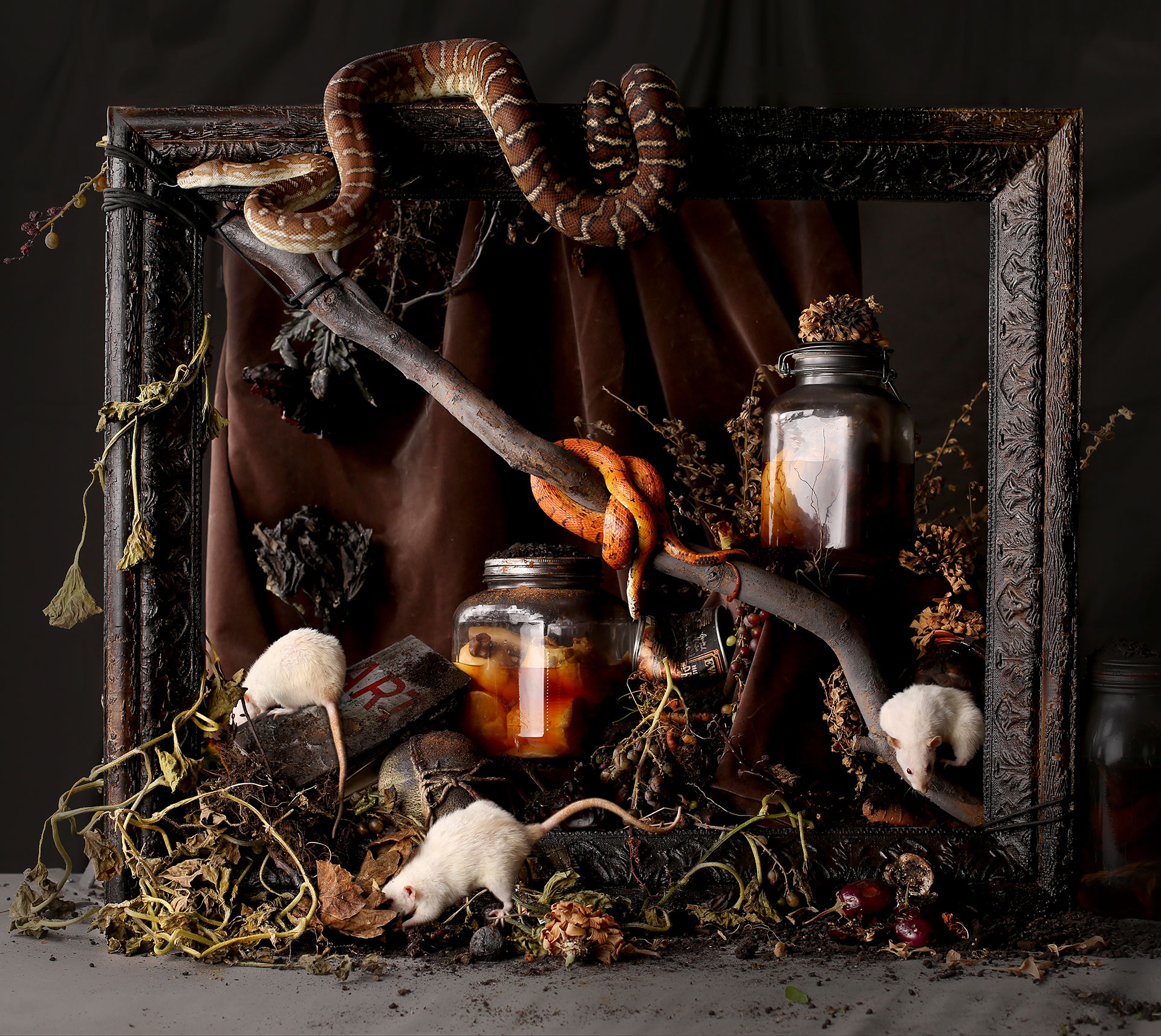
Ort Project: Oona Nelson and Anna Noelle RockwellCommodification of Dystopian Vision No. 1, 2020, 24” x 30”, digital print on plexiglass.
Open Studios and the Iaspis residency programme during COVID-19Johan Pousette, Director and Sara Rossling, Project Manager, Open Studios
IaspisMagnus Ericson, Project Manager and Sara Rossling, Project Manager, Open Studios
In her presentation, Shourideh C. Molavi discusses the prevalence of tear gas globally, leaning on an investigation of the business of Warren B. Kanders, the vice-chair of the board of trustees of the Whitney Museum of American Art, New York and CEO of the Safariland Group – one of the world's major manufacturers of so-called 'less-lethal' munitions.
Whereas the export of military equipment from the United States is a matter of public record, the sale and export of tear gas are not. Frequently used around the world to disperse groups during warfare or at public demonstrations, tear gas is a lucrative industry with major consequences for the civilian population affected. Recently it was used to control a Black Lives Matter protest in Stockholm during the current pandemic, despite the Public Health Agency's recommendation to the police not to use it.
In collaboration with people on the ground in war-torn areas, such as Palestine, they got hold of images of Kanders' Triple-Chaser's canisters, in order to train computers to recognize these weapons. Teaching a computer vision classifier to identify a particular object usually requires thousands of images of that object. And pictures of the munitions like the Triple-Chaser are relatively rare. To fill the gap, Forensic Architecture constructed a digital model of the Triple-Chaser and created a set of 'synthetic' images by placing the model against bold, patterned backgrounds, and within photorealistic digital environments. In this way, 'fake' images helped them to search for real ones.
Whereas the export of military equipment from the United States is a matter of public record, the sale and export of tear gas are not. Frequently used around the world to disperse groups during warfare or at public demonstrations, tear gas is a lucrative industry with major consequences for the civilian population affected. Recently it was used to control a Black Lives Matter protest in Stockholm during the current pandemic, despite the Public Health Agency's recommendation to the police not to use it.
In collaboration with people on the ground in war-torn areas, such as Palestine, they got hold of images of Kanders' Triple-Chaser's canisters, in order to train computers to recognize these weapons. Teaching a computer vision classifier to identify a particular object usually requires thousands of images of that object. And pictures of the munitions like the Triple-Chaser are relatively rare. To fill the gap, Forensic Architecture constructed a digital model of the Triple-Chaser and created a set of 'synthetic' images by placing the model against bold, patterned backgrounds, and within photorealistic digital environments. In this way, 'fake' images helped them to search for real ones.
TALKShourideh C. Molavi, Forensic Architecture on the Triple-Chaser project.
#collaboration #textile #craft #migration
CONVERSATIONArtist Dan Halter (ZWE/ZAF) in dialogue with Dr. Jessica Hemmings (GBR/ESP/SWE), writer and professor of craft at HDK-Valand, University of Gothenburg.
Shona sculptures carved from black springstone and serpentine, found plastic-weave bag and custom-made tartan fabric by Johnston’s of Elgin, dimensions vary (figures are roughly life-size).

Dan HalterThe ears of the hippo 2013.
Language and local turns of phrase have always been an inspiration for my work. During this current crisis the genetic code of the coronavirus has been sequenced in record time in order to help create a vaccine. Coated in lipids and with a protein crown to gain access to our cells, this 30 000 odd string of letters are the instructions for our cells to reproduce this virus. As the virus travels small mutations in this code occur allowing scientists to track its spread. I have been looking at this language of the virus and in particular the first South African version to be sequenced: MT324062
https://www.ncbi.nlm.nih.gov/nuccore/MT324062
https://www.ncbi.nlm.nih.gov/nuccore/MT324062
Dan HalterCoronavirus project 2020, video documentation, 01:00 min.
Vodacom has still not paid Kenneth Makate for his invention of the Please Call Me messaging service. Vodacom was ordered to compensate Makate for his role in the creation of the Please Call Me service by the Constitutional Court in 2016.
Please Call Me, which allows a cell phone user without airtime to send a free message requesting to be called back, was a game changer for South Africa’s then fledgling telecommunications sector, as it helped increase traffic to mobile operators. Later it also began to generate revenue through advertising.
The Nokia 1100 cell phone sold more than 250 million units making it the world’s best selling phone. It was targeted at developing countries. In Africa it became most people’s first phone, leapfrogging landlines altogether.
Please Call Me, which allows a cell phone user without airtime to send a free message requesting to be called back, was a game changer for South Africa’s then fledgling telecommunications sector, as it helped increase traffic to mobile operators. Later it also began to generate revenue through advertising.
The Nokia 1100 cell phone sold more than 250 million units making it the world’s best selling phone. It was targeted at developing countries. In Africa it became most people’s first phone, leapfrogging landlines altogether.
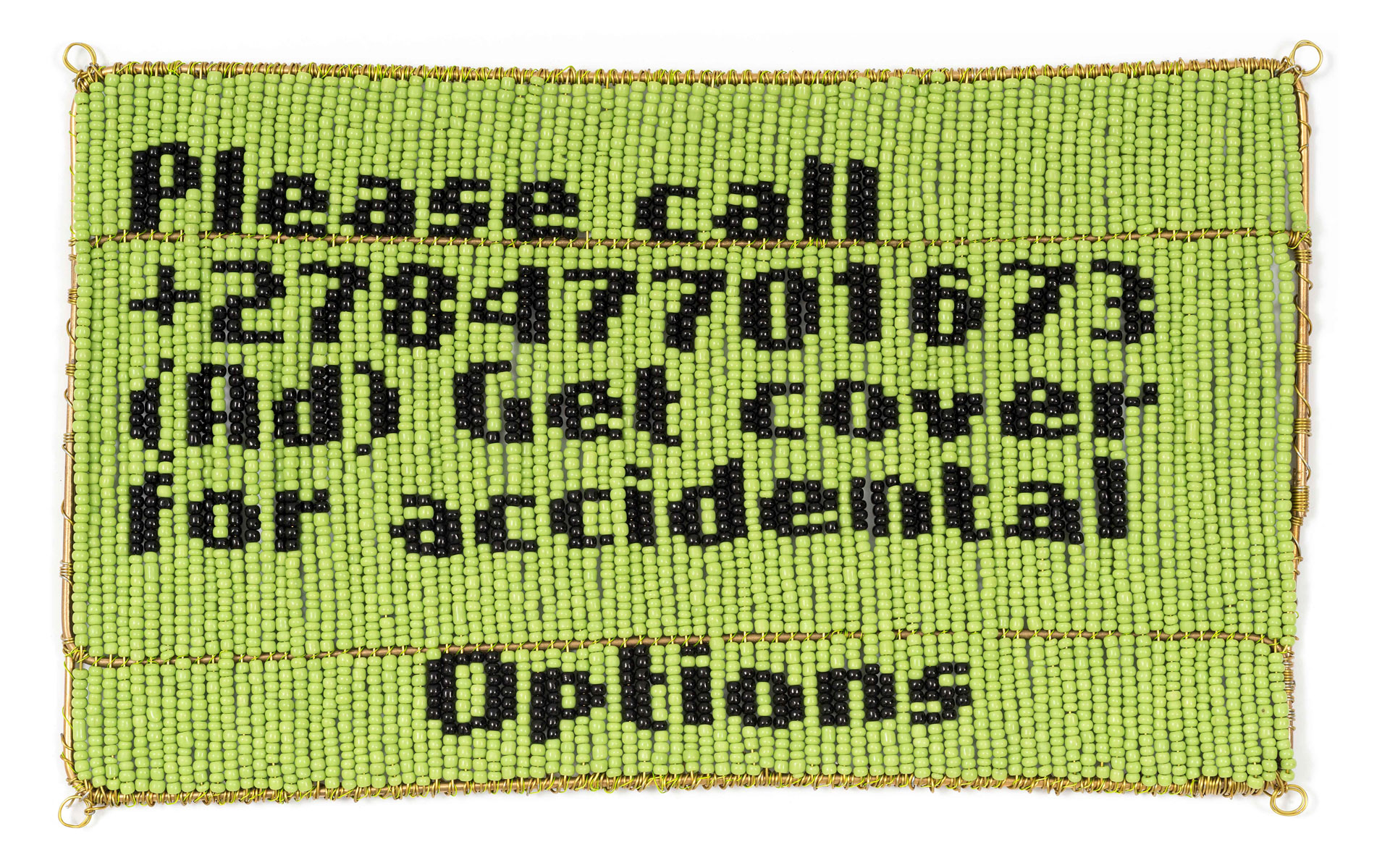
Dan HalterPlease Call Me (accidental cover) 2018, glass beads and wire approx. 22 x 34 cm.
Map of the world loosely based on infographics showing areas according to immigration and emigration statistics. Areas and routes with increased emigration are more worn than the destination countries, constructed out of new and found plastic-weave bags. This work was stitched together by Sibongile Tete, a Zimbabwean currently living in South Africa.
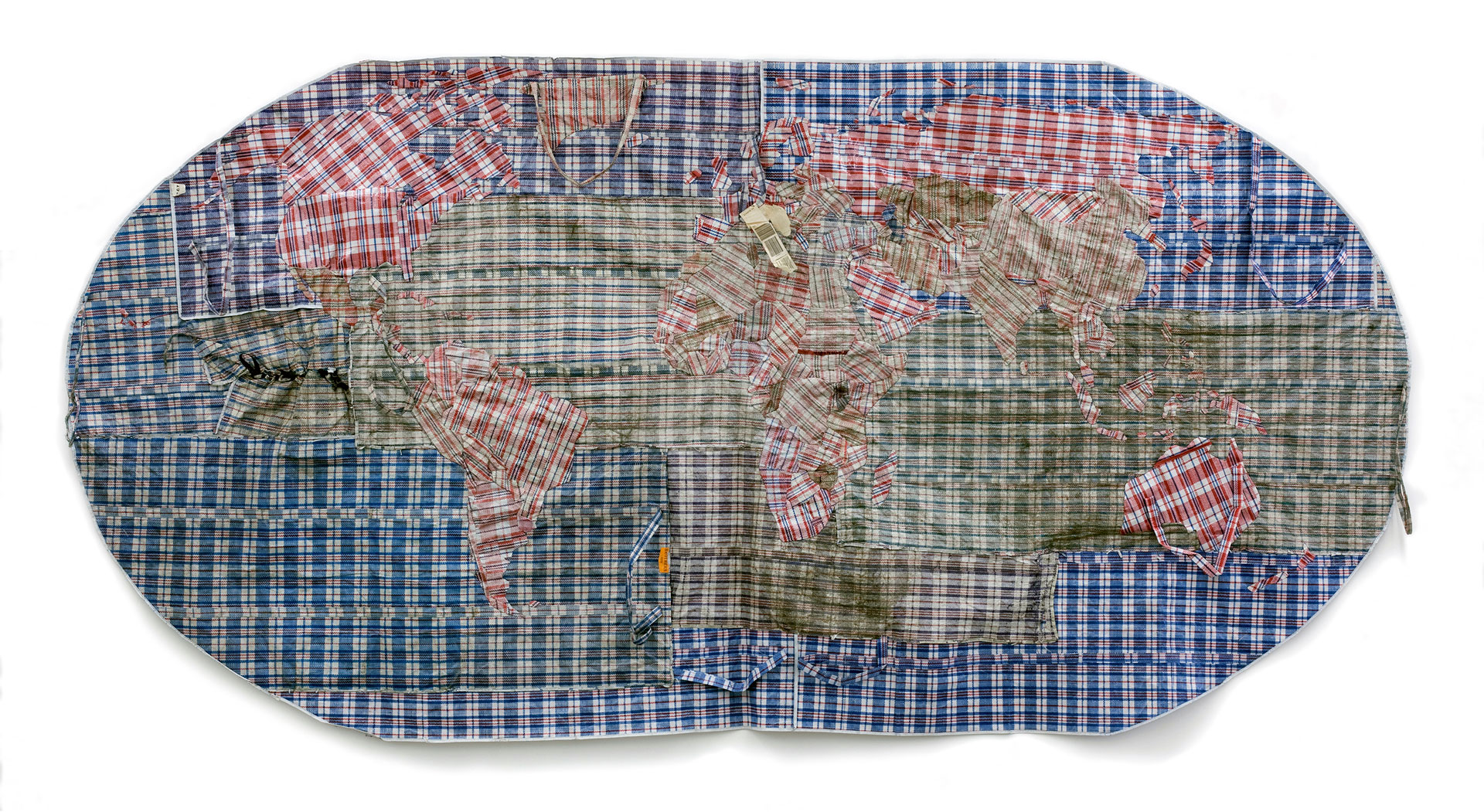
Dan HalterRifugiato Mappa del Mondo 4 2012, approx. 183 x 380 cm
Maone or mahwani (like the English word ‘one’) is Shona slang for ‘things are bad’ or ‘its difficult.’ When things got really bad in Zimbabwe, mahwani thousand emerged, mocking the run away inflation and perhaps the feeling mawhani would not adequately capture how difficult things were in the country.
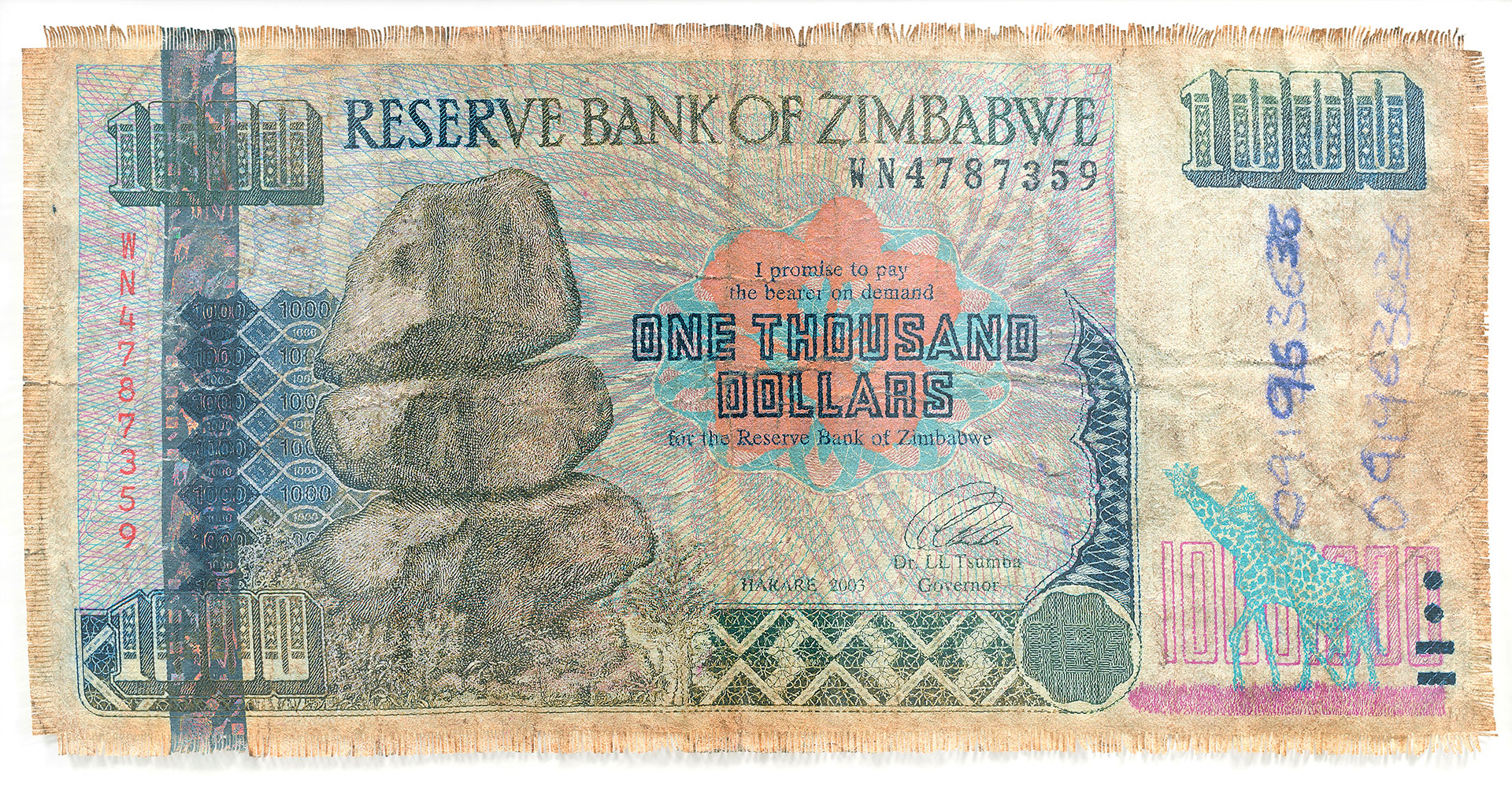
Dan HalterMahwani Thousand, Hand-woven archival ink-jet prints 85 x 172 cm, 2019.
IaspisA tour of Iaspis' premises by Christer Chytréaus, administrator at Iaspis
#speculativestorytelling #trace #landscape #temporality
CONVERSATIONArtist Josefin Tingvall (SWE) in dialogue with Dr. Marietta Radomska (SWE), researcher and co-director of The Posthumanities Hub, Stockholm.
Through creating virtual landscapes with contributed photos of textiles from people's homes the project ‘Every love has its own landscape’ aims to investigate relationships to land, home, legacy and memory. The project started spring 2020.
www.everylovelandscape.com
www.everylovelandscape.com
Josefin TingvallEvery love has its own landscape 2020 (Preview), film, 01:50 min, work in progress.
Josefin TingvallStop motion, video collage: 02:33 min, process from studio 2 Iaspis week 32-33, 2020.
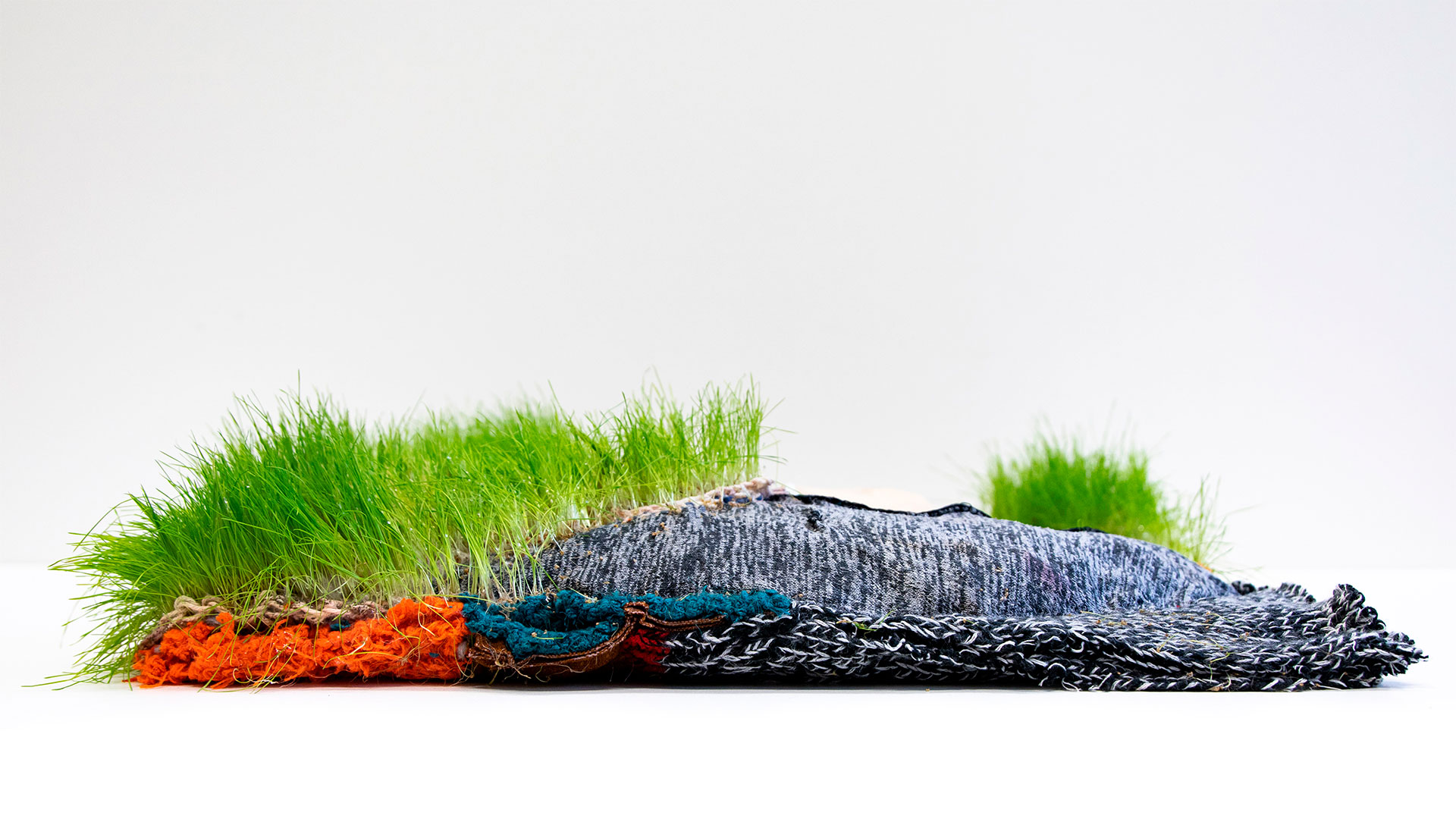
Josefin TingvallUntitled 2020, Work in progress, fabric collage and grass, picture series.
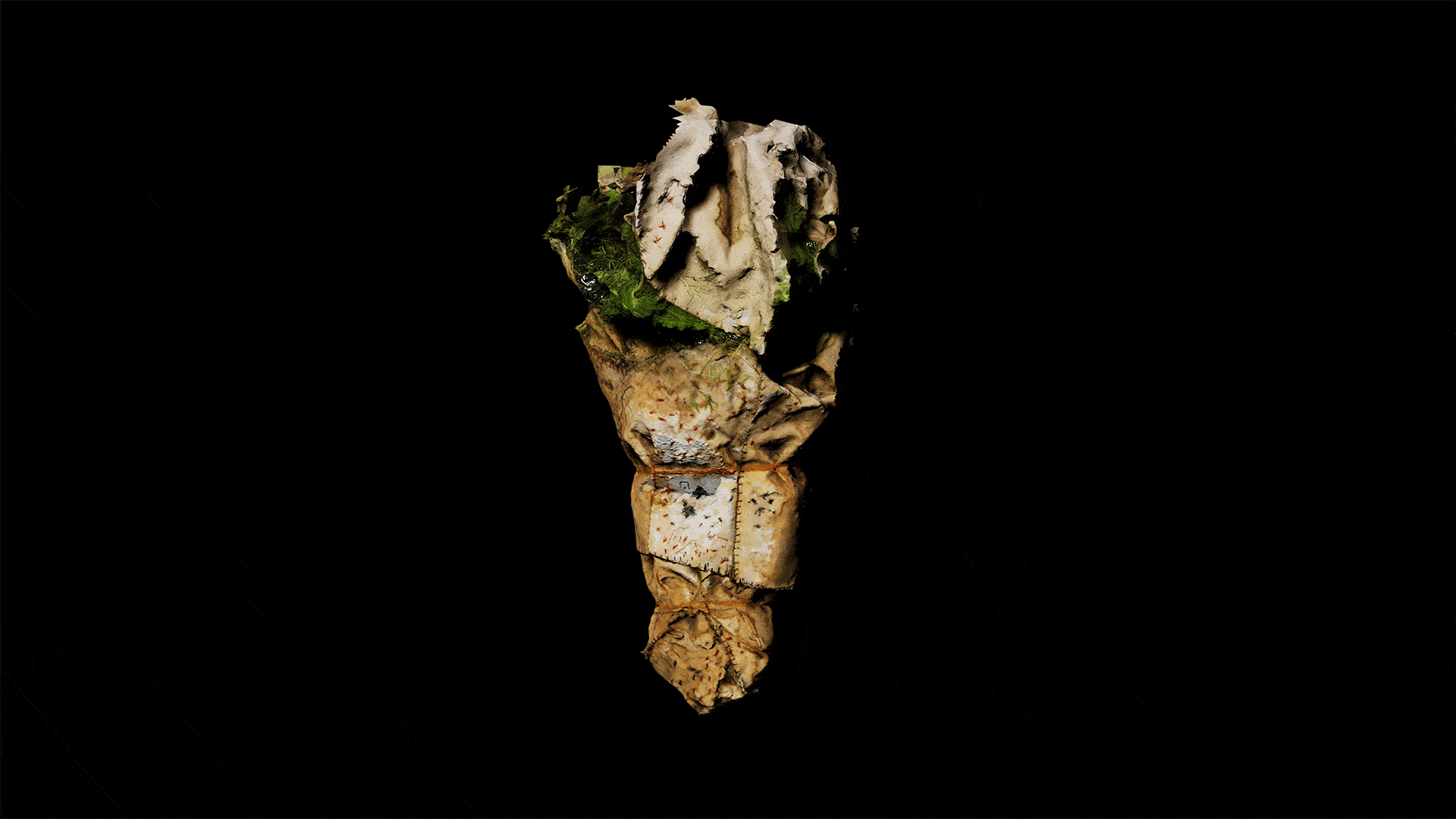
Josefin TingvallBundle 2020, 3d scanned Gif, Bundle of fabric, meadow flowers, soil and grass, work in progress.
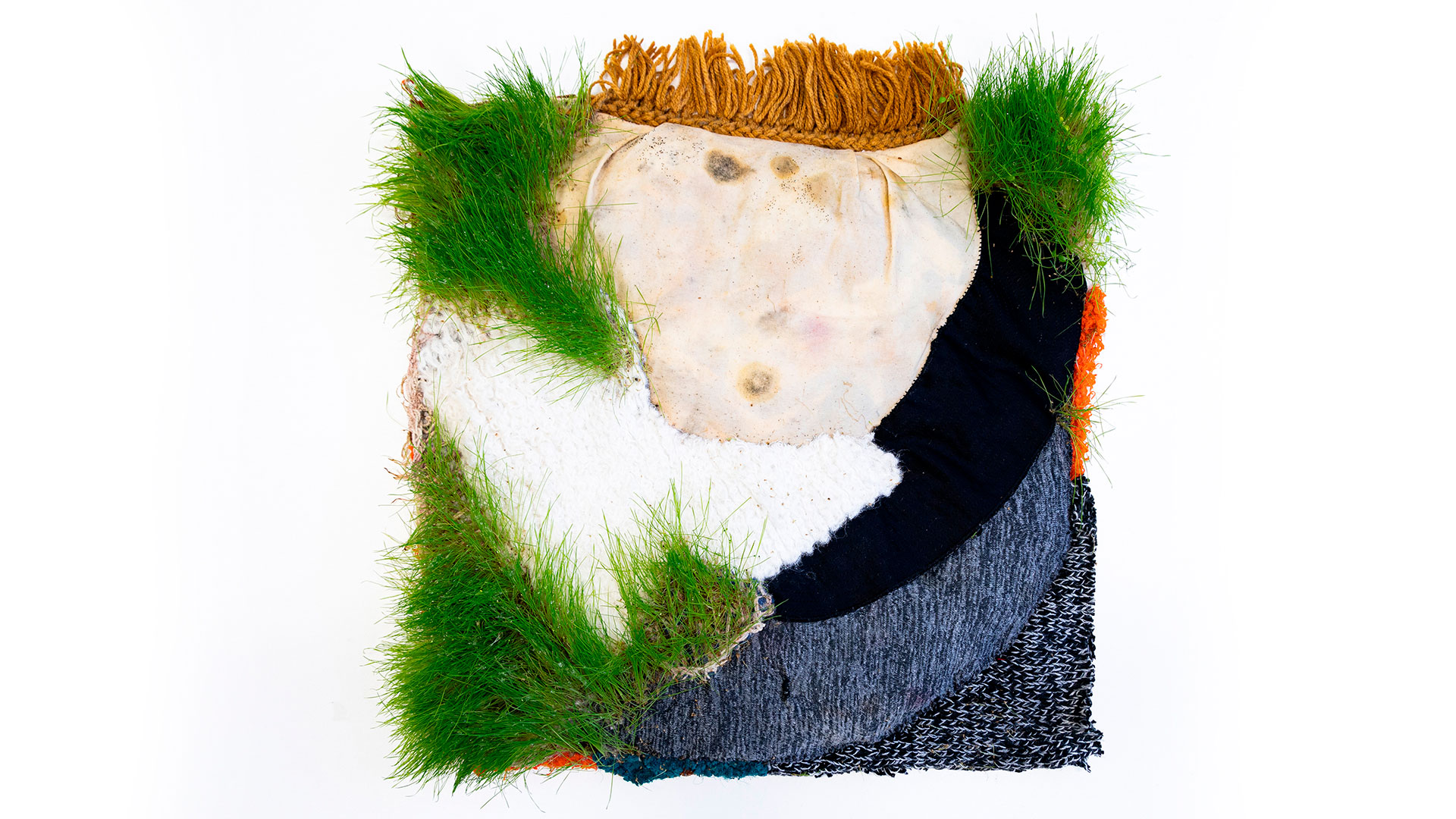
Josefin TingvallUntitled 2020, Work in progress, fabric collage and grass, picture series.
